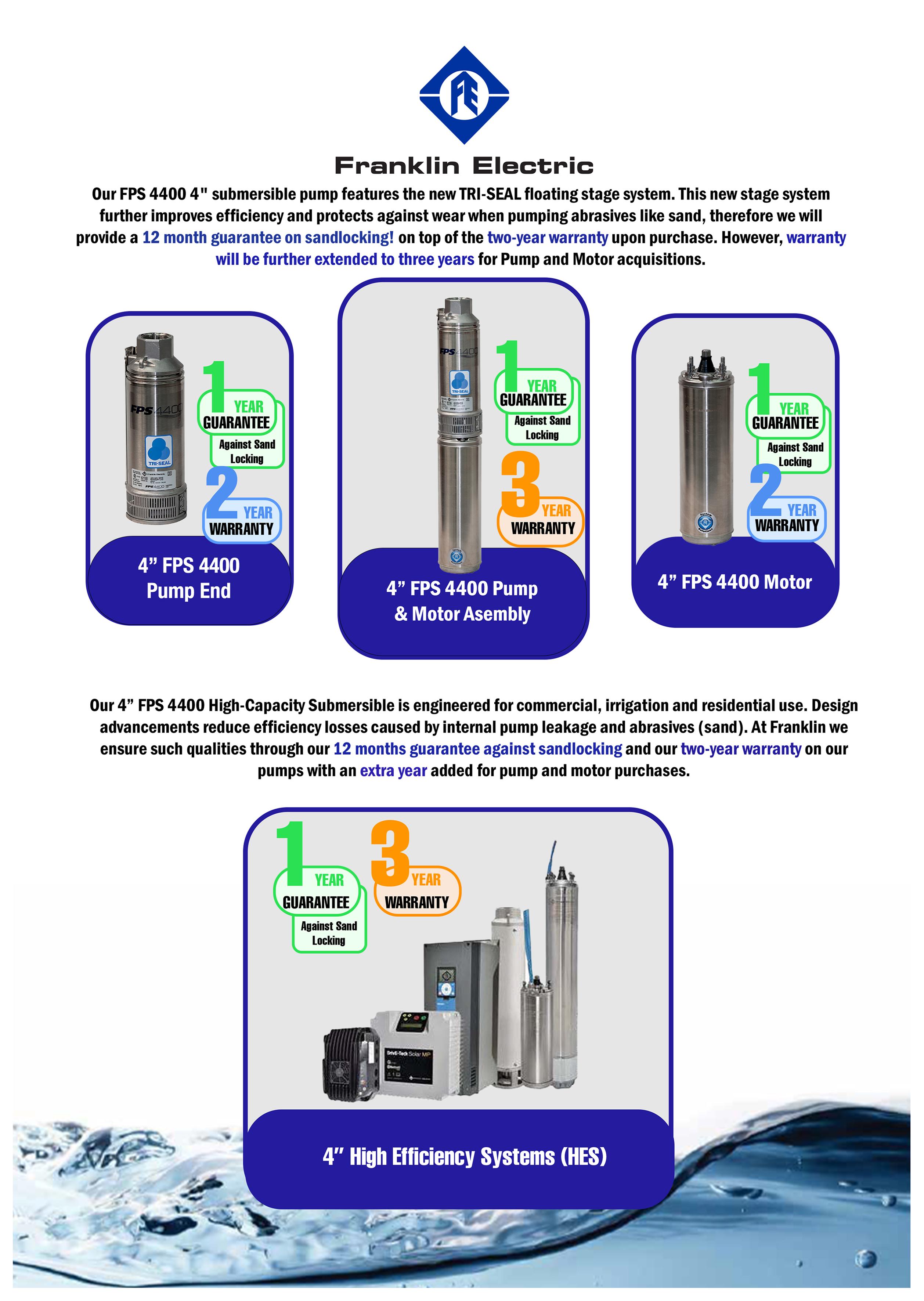Sydney Water pumping up biosolid production
UPGRADING
Warren Reservoir’s scour valves

State of the Industry: WHAT’S IN THE PIPELINE FOR 2024?

Sydney Water pumping up biosolid production
UPGRADING
Warren Reservoir’s scour valves

State of the Industry: WHAT’S IN THE PIPELINE FOR 2024?

How can we help you achieve your fluid transfer goals?
By listening to your operational requirements, and being in tune with your pump application’s demands. We provide efficient and sustainable solutions using the latest of drive system technology from our vast range of products.

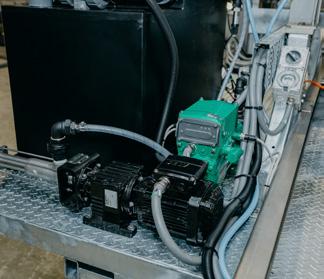

Worrying about the total cost of ownership is a thing of the past; it’s time to shift your focus to productivity and sustainability. Learn more about how we can support you. Check out our website today! 1300 SEW AUS (1300 792 287)


Hello and welcome to the Summer 2024 edition of Pump Industry Magazine.
Firstly I need to introduce myself as the new President of Pump Industry Australia (PIA).
Pump Industry Australia Incorporated C/-340, Stuarts Point Road Yarrahapinni NSW 2441 Australia Ph/Fax: (02) 6569 0160 pumpsaustralia@bigpond.com www.pumps.org.au
PIA Executive Council 2023
James Blannin – President De.mem – Stevco
Joel Neideck – Vice President TDA Pumps
Kevin Wilson – Treasury/Secretary (outgoing) Executive Officer
Alan Rowan – Councillor Executive Officer – Publications and Training, Life Member
Ken Kugler Executive Officer – Standards, Life Member
Steve Bosnar – Councillor Franklin Electric/Pioneer Pumps
Jamie Oliver – Councillor Grundfos Pumps
Mat Arnett – Councillor Ebara Pumps
Michael Wooley – Councillor Tsurumi Pumps
Luke Biermann – Councillor Mechanical Seal Engineering Pty Ltd
Tim Yakup – Councillor Regent Pumps
Alex Caladoukas – Councillor Pump Strategy
Keith Bowen – Councillor Xtron Pumps Australia
I have been working around pumps and liquids for a long time in several roles, from selling adhesives and blending oils, to selling specialty equipment for single and plural materials in the high pressure piston pump space. For the last nine years I have been a partner with Steve Russell at STEVCO Seals & Pumps Victoria, which is now De.mem – STEVCO and part of the De.mem group of companies.
It was at STEVCO Seals & Pumps Victoria that I was introduced to the other side of the pumping world, including centrifugal and rotary lobe pumps, as well as gear pumps, vacuum pumps and more.
I was invited in November 2018 to join the PIA council, and by the end of 2019 I had taken up the Vice President role to support outgoing President John Inkster.
John has done a great job in giving back to the pump industry since he joined the Council in 2010 – where he spent six of those years as Vice President and then served the last four as President. I personally wish him all the best and hope to see him for many more years at the PIA AGM and other events.
In other exciting news, Joel Neideck from TDA Pumps has stepped up to the Vice President role after joining the Council in 2019.
We say goodbye to Council members Geoff Harvey (who served for three years) and Billie Tan (two years) and thank them for their contributions. We also welcome newcomers Luke Biermann, Tim Yakup, Alex Caladoukas and Keith Bowen.
The focus for the council is to promote the PIA and provide more value and services to our members.
The recent AGM, held at Box Hill Golf course, was attended by around 70 people and was a very enjoyable event with a mix of life members, regulars and some new faces.
We also had a great breakfast meeting at Link Pumps, where John Link entertained the attendees with tales of the projects and specialty pumps he has worked on over his many years in the industry. The tour of his yard was amazing; he showcased his extensive collection of pumps and shared his knowledge on them. If you have an idea for a industry meeting/tour please contact pumpsaustralia@bigpond.com.
In other news, long-time Secretary/ Treasurer, Kevin Wilson, will be stepping down from his role. Kevin served originally as a councillor and then Vice President of the APMA (Australian Pump Manufacturers of Australia), before it became the PIA, and has been Secretary/Treasurer since 2003. Over the years, Kevin has put in a lot of time and effort with the PIA, and his dedication and wealth of knowledge will be missed.
We are looking to fill his paid position with someone suitably qualified to help run the day to day PIA business. If you or anyone you know is interested please contact us via the email above.
I look forward, as does the rest of the Council, to starting a new era and making the PIA even more relevant to its members. We still have the ongoing QBCC and Services Trade Council (STC) discussions, which John Inkster will continue to champion alongside myself and other member.
Thank you for your continued support of the PIA, and wishing you all the best for 2024.
James Blannin – PresidentScan
ABN: 36 426 734 954


C/- The Commons, 36–38 Gipps St, Collingwood VIC 3066 P: (03) 9988 4950 monkeymedia.com.au info@monkeymedia.com.au pumpindustry.com.au magazine@pumpindustry.com.au
Editor: Katie Livingston
Assistant Editor: Steph Barker
Journalists: Tess Macallan, Kody Cook.
National Media Executives: Rima Munafo, Brett Thompson, Ryan Sheehan
Design Manager: Alejandro Molano
Senior Designer: Luke Martin
Designer: Danielle Harris
Marketing Manager: Radhika Sud
Marketing Associates: James Holgate, Rhys Dawes, Bella Predika
Digital Marketing Assistant: Emily Gray
Publisher: Chris Bland
Managing Editor: Laura Harvey
ISSN: 2201-0270




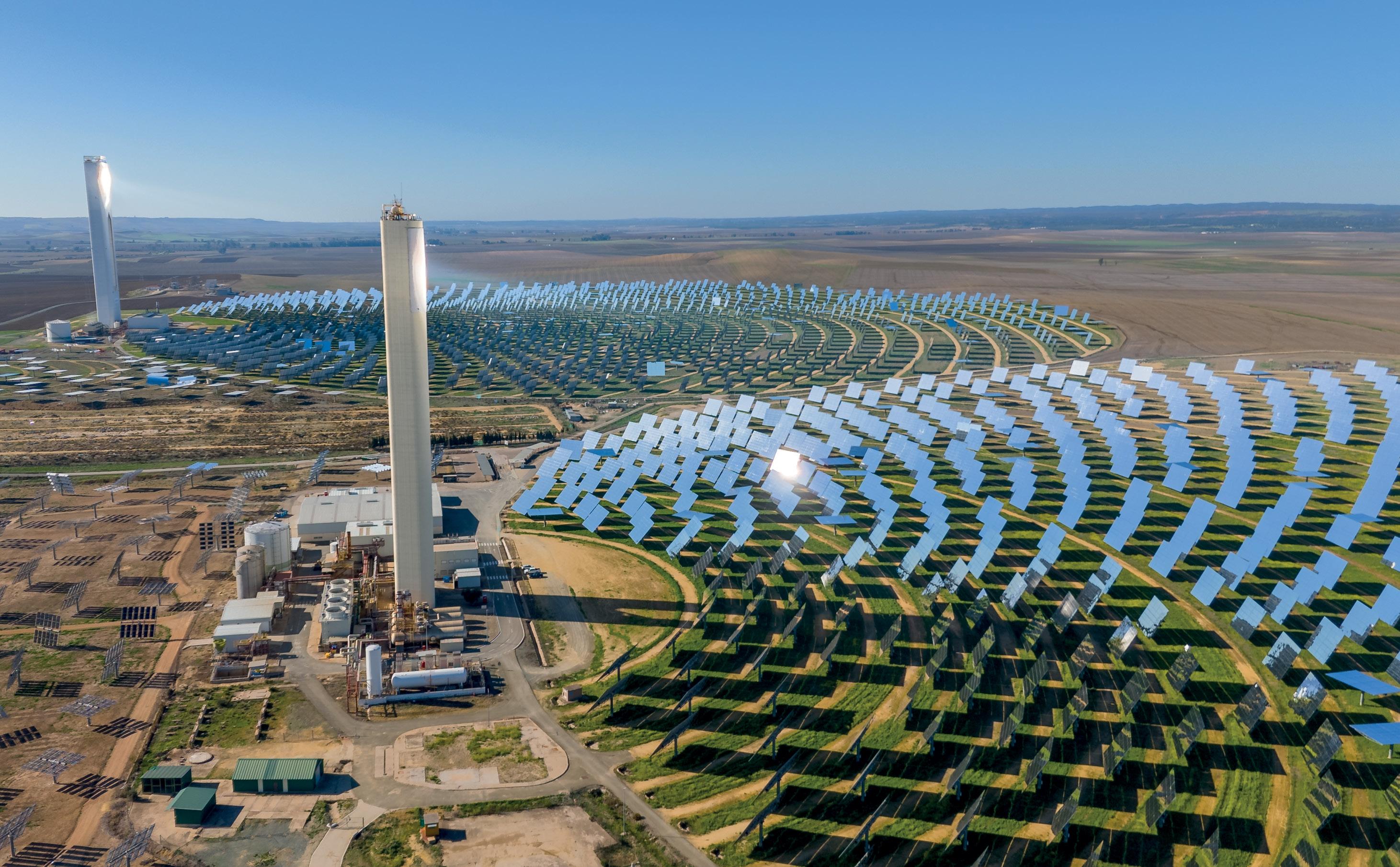
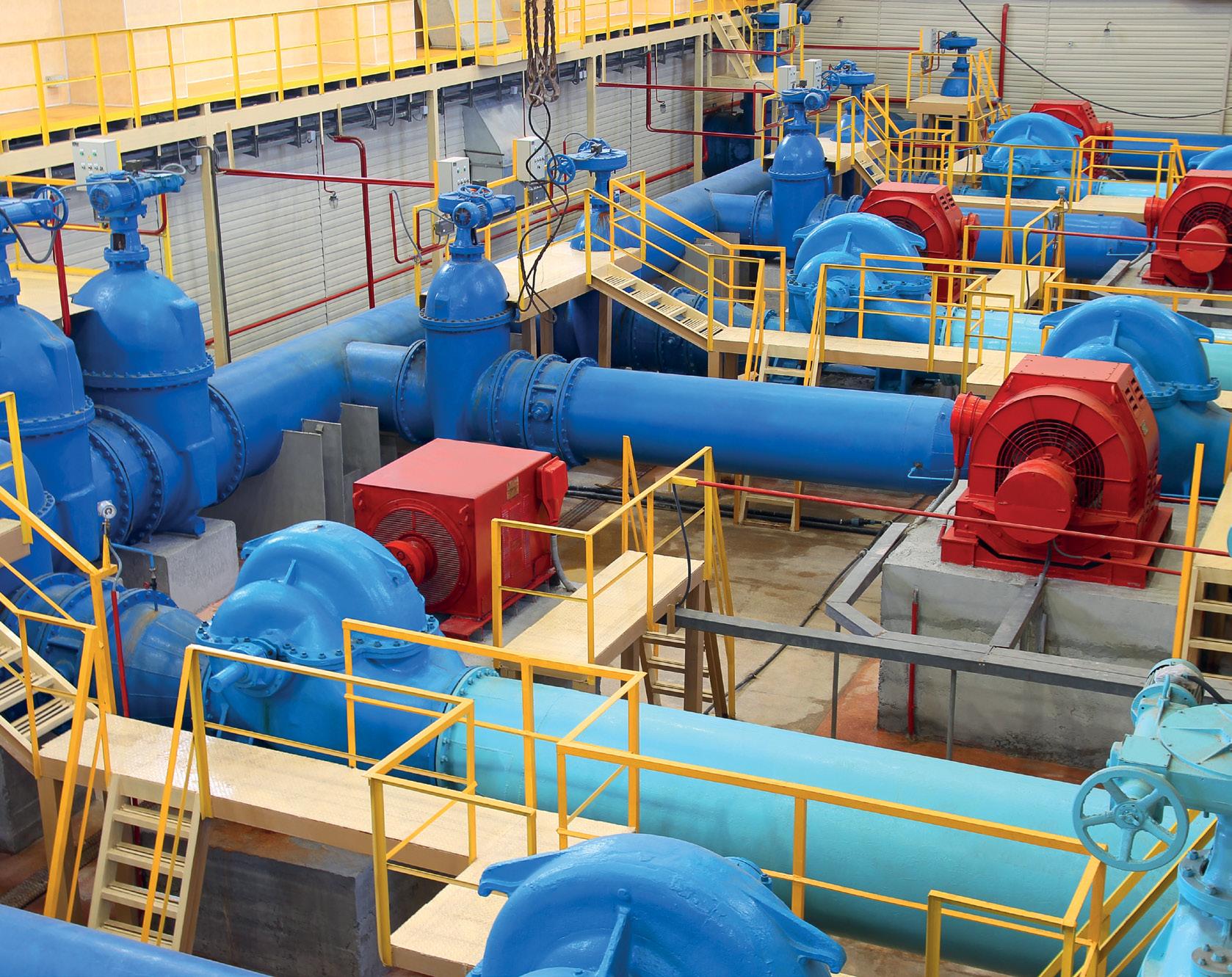

State and federal regulators have given environmental approval for the Alkimos Seawater Desalination Plant (ASDP), a step towards delivery of Perth’s next major water source.
The Commonwealth Department of Climate Change, Energy, the Environment and Water has approved the 100 billion-litre-a-year plant that is set to secure drinking water for millions of Western Australians.
It follows assessment by the Western Australia Environmental Protection Authority and subsequent conditions approved by Western Australia Environment Minister, Reece Whitby, in August 2023.
The ministerial conditions stipulate how Water Corporation will deliver and operate the plant and associated infrastructure, with appropriate management of terrestrial and marine environments.
The conditions include ensuring net zero scope one and two greenhouse gas emissions during construction and operation through measures such as procuring renewable energy to meet the plant’s total annual energy needs.
The project was granted development approval in October 2023 by an independent development assessment panel, paving the way for initial site works to begin in late 2023.
Announced in June 2022, the ASDP is vital to the long-term water security of more than 2.5 million Western Australians who receive drinking water through Water Corporation’s Integrated Water Supply Scheme.
It will be delivered in two 50 billion-litre-a-year stages, with water expected to be available by 2028.
The plant has been carefully designed to protect the surrounding environment. It will be situated behind large,
vegetated sand dunes to shield it from view and to buffer noise, while a special tunnel boring technique will limit seabed and beach disturbance during construction.
The Western Australia Government has currently allocated $2.1 billion towards the project in consecutive state budgets.
Western Australia Water Minister, Simone McGurk, said, “This is a significant milestone for a project that is crucial to the long-term water security of more than 2.5 million Western Australians.
“It’s no secret that climate change has had a profound impact on traditional water sources, meaning we simply cannot rely on rainfall alone to meet our drinking water needs.
“Western Australia was the first state to introduce largescale desalination, and alongside Water Corporation, our government continues to be at the forefront of delivering projects that provide secure, sustainable and climate-resilient water supply.”
Mr Whitby, said, “Water security in the face of climate change is a growing challenge globally. However, through prudent investment and robust planning we’re ensuring the sustainability of our state’s most valuable resource now and long into the future.
“I’m confident Water Corporation will deliver the Alkimos Seawater Desalination Plant safely and sustainably, with minimal disturbance and in line with all environmental conditions.
“These conditions include ensuring the plant has net zero greenhouse gas emissions during construction and operations as part of wider efforts to decarbonise Western Australia’s electricity grid.”
The Federal Government and the Australian Greens have reached an agreement on the Restoring Our Rivers Bill. The agreement includes an independent audit of water allocated to the environment throughout the MurrayDarling basin, $100 million allocated to help First Nations people to participate in the water market, and allowing the Commonwealth Government power to cancel state-run water-saving infrastructure projects.
Other key points of the agreement include:
• Ensuring the Federal Government recovers 450GL of additional environmental water by 31 December 2027
• Giving the Federal Government the power to withdraw State Government infrastructure projects that are deemed unviable, to ensure that the focus is on delivering projects that will meet the targets of the Basin Plan
• Tasking the Inspector-General of Water Compliance to undertake an independent audit to the water allocate to the Commonwealth Environmental Water Holder
• Increasing accountability measures by publishing public information about the status of projects and delivery of the 450GL of water for the environment
• An amendment to ensure the Basin Plan acknowledges and adequately outlines First Nations people’s connection, history and water needs
• Boosting funding for the Aboriginal Water Entitlement Program to $100 million
• Mandatory reporting to demonstrate how environmental water holders have considered First Nations values and uses, and involved First Nations in environmental watering decisions
• Ensuring the flexibility to allow additional water recovery in the Northern Basin
• Any water recovered from the Northern Basin will deliver environmental outcomes that improve resilience of the Darling-Baaka to protect habitats and help avoid risk of devastating events like mass fish deaths
• As the report of the Senate’s Environment and Communications Legislation Committee into the Bill identified, there are a number of outstanding issues that will need to be addressed in the plan’s next phase, including First Nations connections, delivery of water resource plans, and climate change
Federal Minister for the Environment and Water, Tanya Plibersek, said, “I have made clear from the start that I am determined to deliver the Murray-Darling Basin Plan. This is a critical time for our environment – I don’t want communities to wake up one day with a dry river and know their governments could have done more.
“That’s why I have been clear, I’m willing to work with all parties who are interested in getting the best outcome for the Basin. We know better decisions are made when the government works collaboratively with others. I welcome the constructive engagement by Senator Hanson-Young on this matter.
“We’re talking about the largest inland river system in Australia, supporting threatened plants and animals and delivering drinking water for three million Australians. We have to get this right.
“Not delivering this is simply not an option. We want to make sure we have a healthy and sustainable river system for the communities, industry, First Nations groups and environment that rely on it,” Ms Plibersek said.

The Water Industry Operators Association of Australia (WIOA) has announced the winner of its Best Tasting Tap Water competition for 2023, a nation-wide competition for water utilities.
Tasmania’s TasWater Fern Tree water treatment plant has taken out the title, competing against samples from South Australia, Queensland, New South Wales/ ACT and Western Australia.
The competition was facilitated by WIOA, with the winner announced at the Lilydale and Yarra Valley Show in Victoria.
WIOA invited attendees at the show to taste all the water samples and vote for their most preferred sample. More than 215 people at the show cast their vote to determine the winner.
During 2023, water authorities in regional and metropolitan areas across Australia competed in state competitions to find their best drop. Those state winners were invited to battle it out for the national title, putting interstate rivalry to the ultimate test.
TasWater’s Fern Tree water treatment plant competed against:
• South Australia – Olympic Dam Desal Plant – BHP
• Queensland – Burgowan – Fraser Coast Regional Council

• NSW/ACT – Nightcap – Rous County Council
• Western Australia – Cue – Water Corporation
TasWater’s Fern Tree water treatment plant will have bragging rights for the next 12 months as the provider of Australia’s best drop and will go on to represent Australia at the annual Berkeley Springs International Water Tasting Competition in the US in February 2024.
WIOA Chief Executive Officer, Dean Barnett, said, “Congratulations to TasWater on their prestigious win. I’d also like to acknowledge all the water providers and operators that work 24/7 to serve their communities.”
The annual IXOM Best Tasting Tap Water competition is a fun and exciting way to raise awareness of the quality of drinking water in Australia, and to recognise the efforts of local water service providers in delivering valuable water services to their communities.
Water samples are subjected to a blind taste test and rated according to the Water Tasting Wheel, which outlines some of the attributes that water professionals use when judging water such as colour, clarity, odour and taste. Think wine tasting without needing to spit out the samples and you won’t be far.
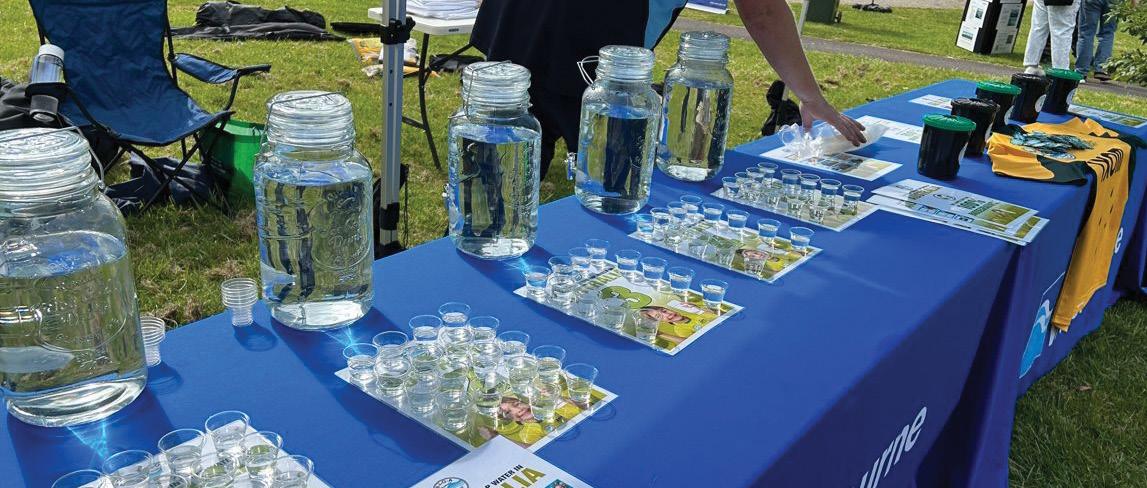
In its search for the best tasting tap water in each state and nationally, WIOA invites all water suppliers to participate in the competition.
“The competition recognises and acknowledges the individuals and organisations that are stepping up, some in very trying circumstances, to make sure their communities are supplied with safe drinking water every day,” Mr Barnett said.
“We want to use the competition to let people know the great work that is going on in local communities around Australia, and help to shape and secure Australia’s water future.”
Mr Barnett also acknowledged IXOM’s support of the competition.
“Thanks to IXOM’s unwavering commitment and support of the industry, we have been able to continue running the competition.”
IXOM Managing Director and Chief Executive Officer, Bryce Wolfe, said, “IXOM is proud to be the sponsor of the prestigious 2023 IXOM Best Tasting Tap Water competition. IXOM has been involved in water treatment for almost a century. We supply chemicals to water treatment plants all over Australia to help ensure that Australia continues to have world-class, high-quality water.”


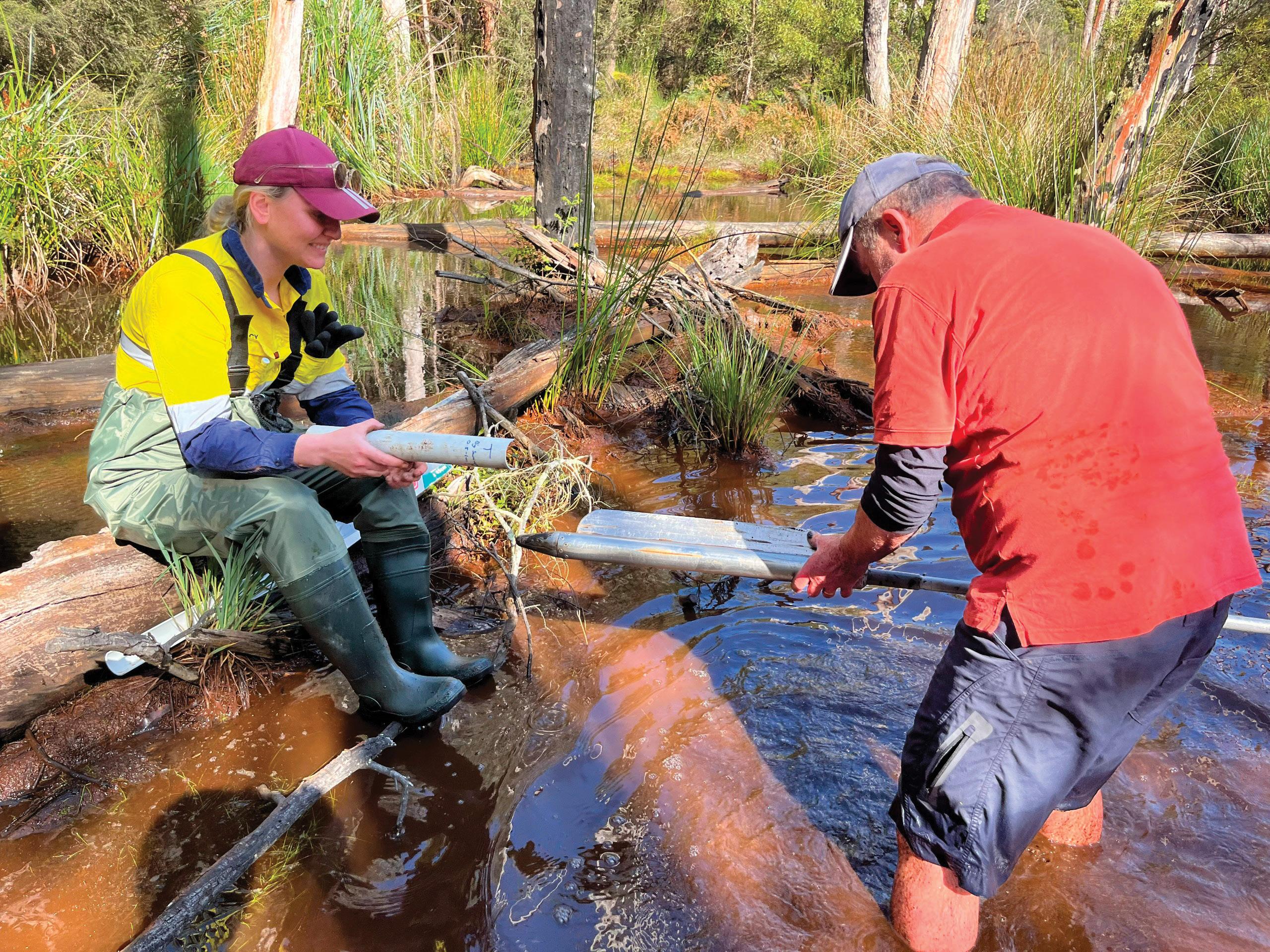
Barwon Water has been granted a licence by Southern Rural Water to decommission the Barwon Downs Borefield production bores, as part of its Boundary Creek, Big Swamp and Surrounding Environment –Remediation and Environmental Protection Plan (REPP).
The REPP was put together following extensive community and independent expert input to remediate impacts from past management of groundwater pumping activities at the Barwon Downs Borefield, which was relied upon to supplement drinking water supplies periodically between 1982 and 2016.
The decommissioning plan and progress on other actions in the REPP are highlighted in the 2022–23 Annual Report for the REPP, which has been submitted to Southern Rural Water and published to Barwon Water’s dedicated project website.
Barwon Water Managing Director, Shaun Cumming, said that the REPP Annual Report showed the plan had resulted in continued positive progress being made in the improvement in the health of the affected waterways and surrounding environment.
“Highlights include the ongoing recovery of the Lower Tertiary Aquifer, increased water levels within Big Swamp, continued improvements to pH levels within Big Swamp and Boundary Creek and improvements in the ecological values within Big Swamp,” Mr Cumming said.
“And while the borefield is not being used, the decommissioning plan and licence provides confirmation to the community that we intend to continue remediating the area and will not seek to use the borefield as a water source in the future.”
Mr Cumming said that the REPP was designed to be adaptive and based on a wide range of technical assessments and investigations, and featured input from community members, stakeholders and expert specialists.
Mr Cumming thanked the community members and stakeholders who had provided valuable advice, oversight and feedback during the development and implementation of the plan over the past four and a half years.
Mr Cumming also said that Barwon Water is committed to keeping the local community and key stakeholders informed regarding the progress of remediation and to sharing the findings and outcomes of the plan.
“We thank remediation reference group members for their ongoing contribution to the remediation process and look forward to continuing to work with them over the coming months and years as we progress the plan and decommission the borefield.”
Featured image: Barwon Water workers at Boundary Creek. Image credit: Barwon Water.
WEG has unveiled a new innovative product for driving and controlling motors in industrial machines and processes: the CFW900 VSD.
The CFW900 is a high-tech VSD for driving and controlling three-phase induction and permanent magnet motors. Coined as a complete solution with high performance and safety combined with flexibility and connectivity, this product is designed to provide excellent static and dynamic performance, high precision in torque, speed and position control. It can also solve a wide variety of applications due to its high overload capacity.
The CFW900 inverter is designed to provide energy savings, safety, increased productivity and quality in the process network in which it is implemented. It allows quick and easy access to the application information and configuration settings.
Using a menu structure, the new interface of the CFW900 line offers an unprecedented user interactive experience, enabling settings and configurations with detailed parameter description right on the HMI, in addition to event logs with date and time.
Another advantage of this solution is that this product was developed to bring more convenience and flexibility to the operation, maintenance and management of the drive –featuring Bluetooth® communication and the free WPS Mobile app. The CFW900 also allows setting parameters, monitoring, making backups and can even retrieve VSD data.
This product can also be interconnected to the main industrial communication networks without additional modules. It has two switch Ethernet ports and a serial port (RS485). In addition, its wide range of plug-in modules enables it to solve various applications.


With the constant evolution and search for higher productivity and operation efficiency, industries are increasingly investing in the automation of their processes and connectivity of their equipment. As it is an IoT-Ready product, the CFW900 VSD has native integration and is easy to implement with the WEG Motion Fleet Management (MFM) solution, which allows online monitoring and maintenance management of the industrial drive fleet. Using the MQTT available in the standard product, the drive can publish relevant motor data on the MFM and therefore enable the optimisation of the operation and maintenance resources, increasing performance and reducing costs by means of the preventive and predictive maintenance of your application.
To learn more, scan the QR code to watch the CFW900 product video


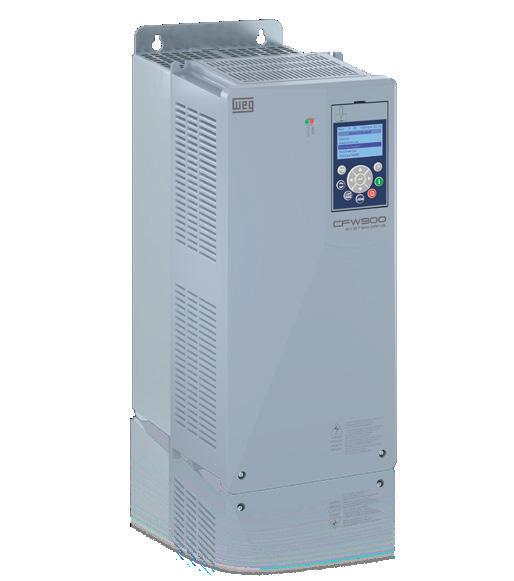




In an effort to supply a more comprehensive service to the pump industry, SAER has released two brand new pump catelogues; the MG stub-shaft pump range and the NCBNCBK end suction pump range.
In addition to its existing IR range, these new offerings broaden its pump selection, and include a range of new models and high efficiency standards both from the hydraulic and electric point of view, to ensure a better saving of resources.
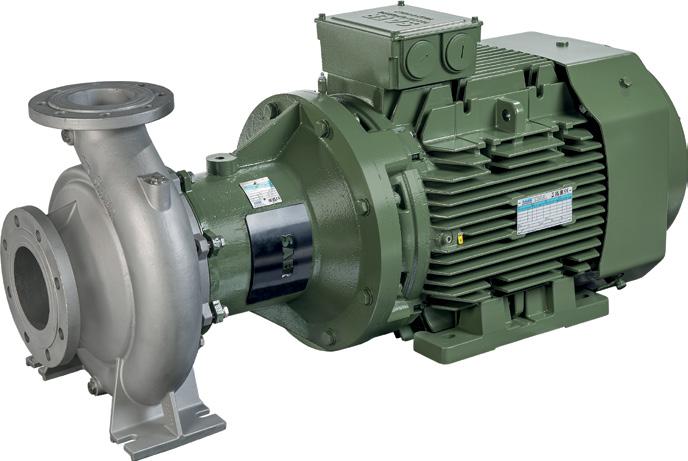
The MG stub-shaft range is designed to be a compact solution that offers ease of maintenance. Its “back pullout" design allows the pump’s rotating part to be removed without needing to remove the pump’s entire body from the plant pipes, making it well-suited to naval and industrial applications.
The suction profile is also designed to increase the suction capacity and to reduce the NPSH and the possibility of cavitation.
There are more than 800 models of the MG stub-shaft available, with the option of two or four poles that range in power from 0.37kW up to 90kW.
This versatile range goes from DN32 to DN200 and it is available in cast iron, stainless steel AISI 316, marine bronze and super duplex.
Motors are optimised to IE3 and IE4 efficiency classes, plus they are ErP Directive compliant, oversized and suitable for use with VFD as standard –up to 55kW included.
These pumps are suitable for coupling with standardised motors
with B35 construction and dimensions, according to EN 50347.
They are also available in ACS configuration and cover the same spectrum of curves as the IR range.
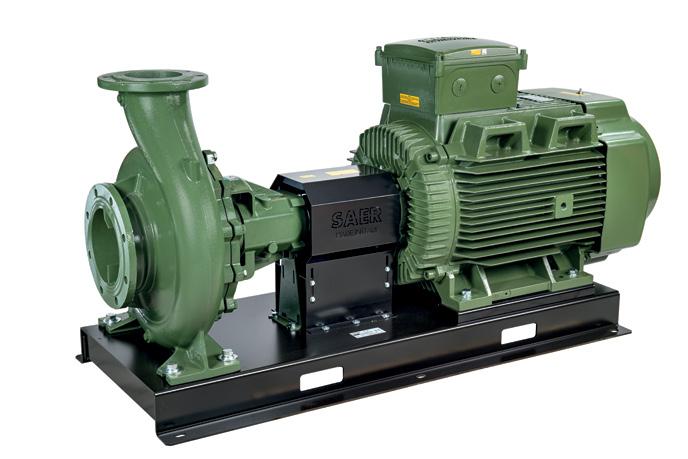
NCB-NCBK range can cover up to 2000 m³/h and can be supplied as bareshaft, on a base complete with a motor, or on a base without a motor –either with a diesel or an electric engine.
The range of materials and configurations available make this pump incredibly versatile and well-suited to a plethora of applications, including pumping water above 140°C, oil bath bearing, use in firefighting systems and as PAT (pump as turbine) for energy recovery.
The close coupled IR series features a compact yet heavy-duty design to
minimise costs and footprint while allowing for longer machine lifecycles. Pumps are available in a selection of different metals and alloys – including cast iron, stainless steel AISI 316, bronze, spheroidal cast iron and super duplex – with short delivery times for all options.
The characteristics of this pump series allow them to be used in a wide range of environments – from recirculation and air conditioning systems to water supply, for pressurisation groups.
Comparable to the MG range in terms of models, the IR family includes more than 800 models, in two and four poles, outlets from DN32 to DN200 and power ratings from 0.37kW to 90kW. A model with an IE 4 efficiency motor is also available.
All MG, NCB and IR end suction pumps are available with an inverter on the motor board up to18.5kW. The inverter regulates the rotation speed of the motor, resulting in: lower wear of mechanical components and reduction of water hammer risk on the system. This leads to a reduced life cost and energy savings with minimal environmental impact. Laboratory tests are conducted to offer solutions for even the most extreme working conditions.

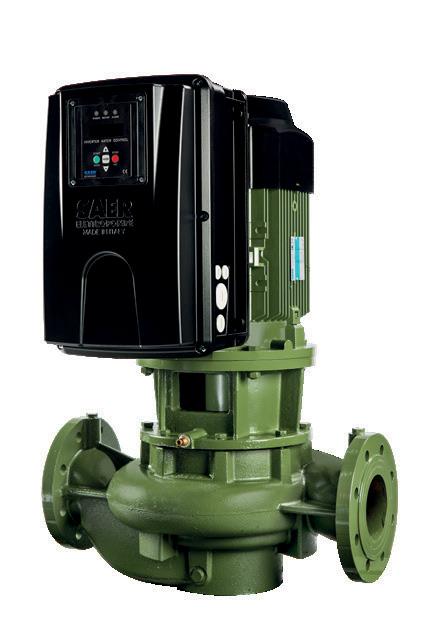




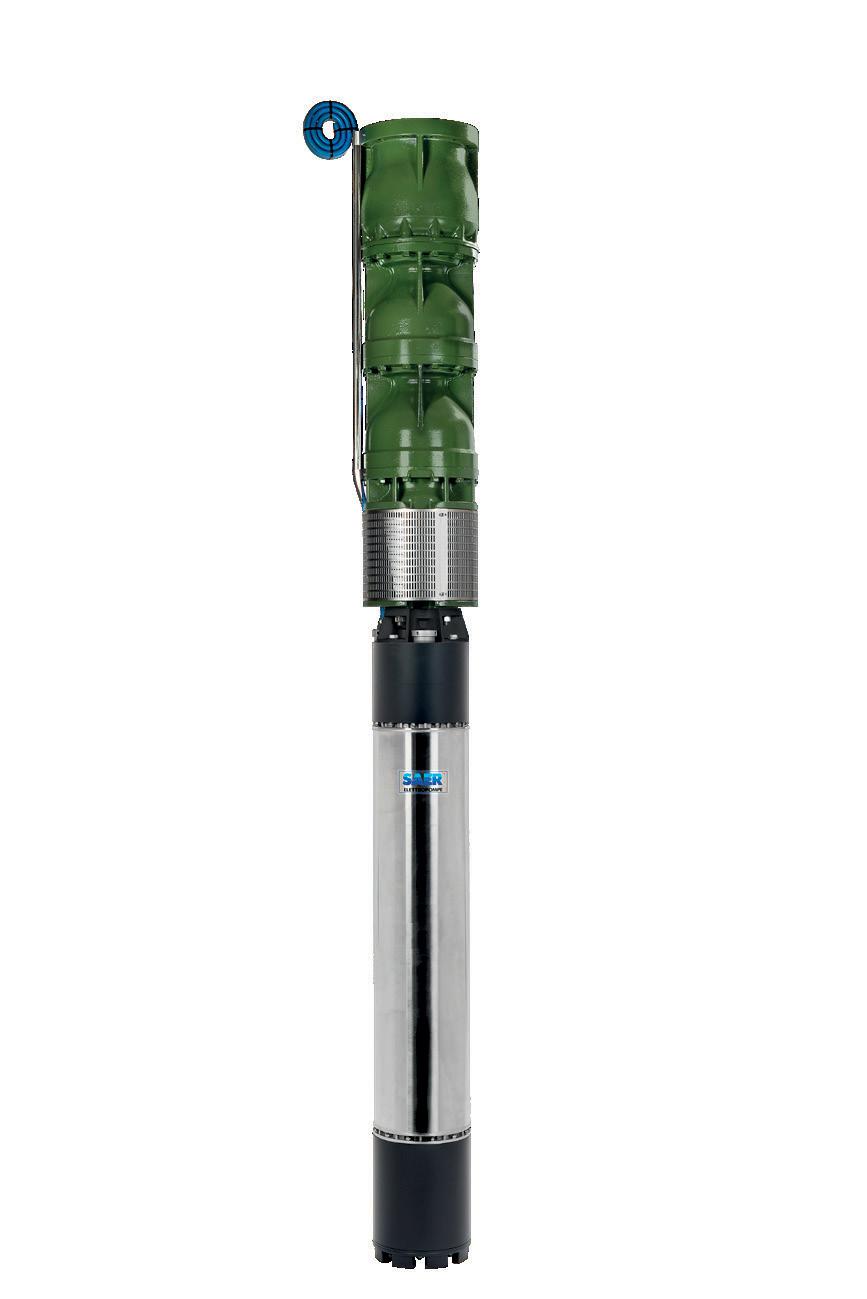




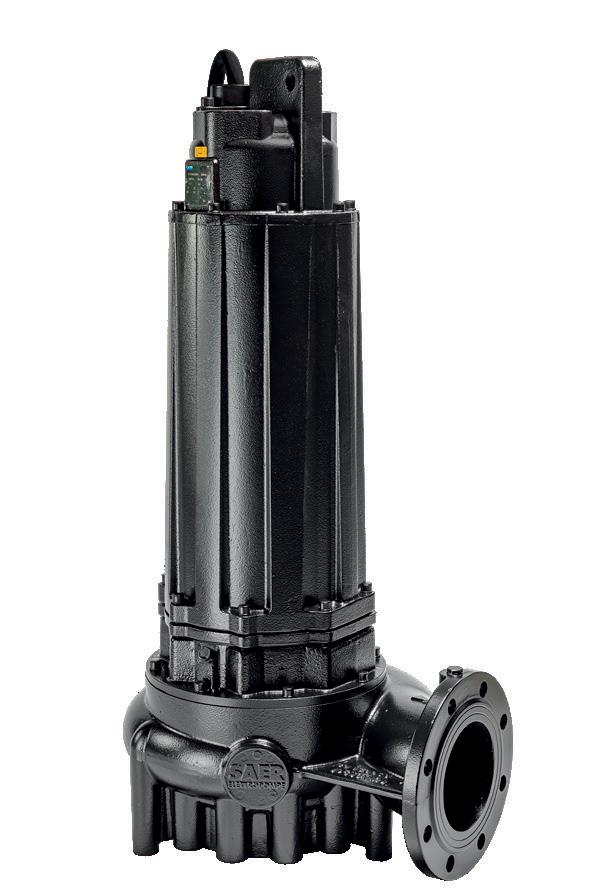



The HiCone supports pumping capacities of up to 290 m3/h, and its revolutionary, conical shaped rotor and stator, as well as its clever adjustment system, allows for high profitability and durability.
Brad Adams, Managing Director at Vogelsang Pty Ltd said, “With the HiCone, we are once again setting new standards for progressive cavity pumps. We have met the demands of our customers for reduced life-cycle costs and longer service times with the further development of our technology.”
Re-adjust instead of changing parts
With conventional progressive cavity pumps, if a gap arises between rotor and stator due to wear in operation, the capacity drops. This often means a sudden, drastic fall of the pump performance and the replacement of the rotor and stator. Conversely, the HiCone allows axial readjustment of the rotor. Its conical shape ensures that the gap is regulated, meaning that the pump is back to its original condition and the pumping capacity returns to 100 per cent. Instead of the costly and time-consuming process of changing parts, the problem can be solved with a quick and easy adjustment made during ongoing operation.
Vogelsang GmbH & Co. KG has launched HiCone progressive cavity (PC) pump, which combines a conical form with an innovative setting system to conserve energy and significantly extend its service life.
Combined with Vogelsang’s integrated QuickService concept, this significantly reduces life-cycle costs for the user and higher pump availability, since there are no elaborate service deployments.
A unique swivelling mechanism
If replacement is nevertheless necessary, the rotor-stator unit is swung out and can then be renewed either as a unit or individually. A wearresistant sleeve, which does not need to be unmounted to change parts, protects the sturdy cardan shaft.
electricity requirement for increased energy efficiency
Thanks to the clever adjustment system, the rotor and stator can be optimally positioned to each other according to operating parameters, such as pressure, temperature and viscosity. This results in lower power consumption, which reduces the electricity requirement. Wear is also reduced at the same time.
efficiency
In addition, the HiCone’s automatic start-up saves power. The rotor and stator are positioned in such a way that there is only minimal clamping between them. This means that a smaller motor
is needed to ramp up the pump than in conventional progressive cavity pumps, which reduces the power requirement when starting the pump to a minimum. This increases the energy efficiency and reduces the costs for power electronics.
The result is lower electricity costs and reduced procurement expenses for users. The start-up process is fully automatic without the need for additional control. The clamping between the rotor and stator can be adjusted during the entire service life at the touch of a button or at the click of a mouse from the control room.
Online monitoring of the status
Mr Adams said that another advantage for users is that they can view the status of the pumping elements in a real-time display.
“Instead of being surprised by a sudden failure, they receive continuous information and can plan parts changes in advance,” Mr Adams said.
“Our customers need technology that is long-lasting and can be flexibly adapted to differing pumping tasks and operating parameters. The HiCone gives them a highly efficient pump, which can be individually adjusted and readjusted.”
For more information, visit vogelsang.info/au/hicone






















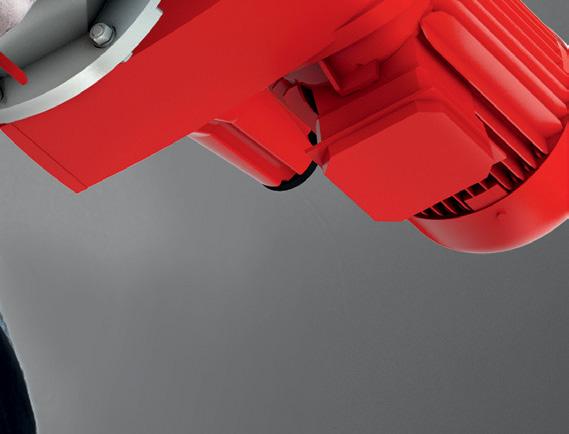










vogelsang.info/au/hicone





vogelsang.info












Multiplied service life and significantly reduced life cycle costs: With its conical rotor and stator geometry, an innovative adjustment system, and its intelligent automatic start-up, the new HiCone ® stands for maximum efficiency. Start for a new era with Vogelsang and be one of the first to benefit from the advantages of the superior HiCone ®





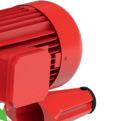



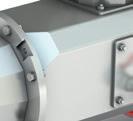





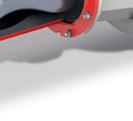










With the Federal Government’s recent initiatives supporting offshore wind projects, opportunities for wind generation are rapidly expanding. However, the unique maintenance requirement of turbine mechanics presents distinct challenges that can prevent operators from getting the most out of their investment.
The intricate design and sheer height of wind turbines means maintenance is a complicated undertaking that demands highly trained technicians who can safely navigate both the heights and the complex mechanical components.
Turbine blades are susceptible to wear and tear from continuous exposure to varying wind speeds and weather conditions, which can significantly impact the turbine's efficiency and overall energy production. The solution is a proactive approach to turbine maintenance that harnesses the most cutting-edge tools available to achieve minimal downtime and optimal energy output.
Here are four essential tips for getting the most out of wind turbines.
1. Streamline yaw brake replacement
Yaw control is essential for optimising energy output and minimising stress on its structure during varying wind conditions. However, replacing the yaw breaks can often pose a challenge. Yaw brake callipers can weigh between 60kg to 200kg. With some turbines featuring up to 20 brakes, this places great strain on personnel. Many turbines do not have inbuilt elevators either, so personnel have to climb a 100m high ladder before repairs can even commence.
Regal Rexnord’s Yaw Brake Lifting and Installation Tool can enable easy interchange of yaw brakes in-situ, eliminating the need for heavy lifting. Brakes can be attached to the tool and lowered down to the floor for maintenance work, and then the reassembled units can be raised back up.
This tool is available in various configurations to suit multiple turbines. Weighing in at 40kg, it can be easily transported too.
2. Conduct up-tower maintenance on-site
Traditionally, servicing yaw brake discs required the complete disassembly of the large turbine nacelle, and components had to be transported elsewhere for maintenance, costing operators valuable time and resources.
Using a portable Disc Resurfacing Tool, up-tower operations can be carried out on-site with increased speed. Featuring a compact design and milling machine that quickly replanes the disc, Regal Rexnord’s Disc Resurfacing Tool can operate inside the turbine nacelle, eliminating the need for nacelle disassembly. This eases maintenance work, while maximising energy output and reducing downtime.

To optimise wind energy output, it’s crucial to have access to a specialised expert capable of swiftly delivering comprehensive solutions.
Regal Rexnord develops its products in close partnership with onshore wind turbine OEMs, shaping its components and assemblies to suit designs from the initial prototype phase.
All braking systems have undergone rigorous testing in cold, hot and humid weather conditions to guarantee performance. Replacement components and assemblies are guaranteed OEM quality, adhering to break specifications.
Regal Rexnord also offers aftermarket support for various turbine parts, including but not limited to brakes, pads, pistons and seal kits. Employing a turnkey approach throughout the turbine lifecycle allows for exceptional product performance that extends service intervals, allowing turbines to spend longer producing valuable energy.
4. Secure 24/7 support
As early installations grow older, responsive maintenance support is important for reducing unforeseen downtime.
Regal Rexnord offers its customers 24/7, 365 days-a-year global maintenance support via a dedicated service app that provides access to key technical information and guidance for critical repairs.
Through a combination of the latest tools and continuous expert support, wind farm operators can overcome the challenges of turbine maintenance and significantly optimise wind turbine efficiency.
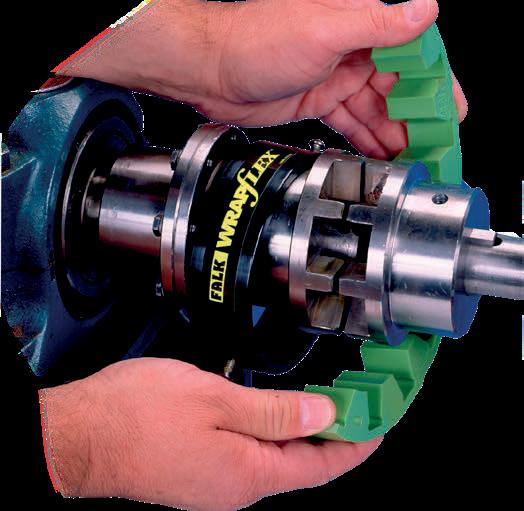
Not your average pump drive

• The benchmark in Elastomeric Couplings for Pumps
• Engineered materials and patented designs to increase longevity and reduce reactive load on equipment
• Flexible enough to accommodate moderate misalignment and vibration
• Split elements for ease of in-situ replacement
• Stocked in Australia for quick and stress free access

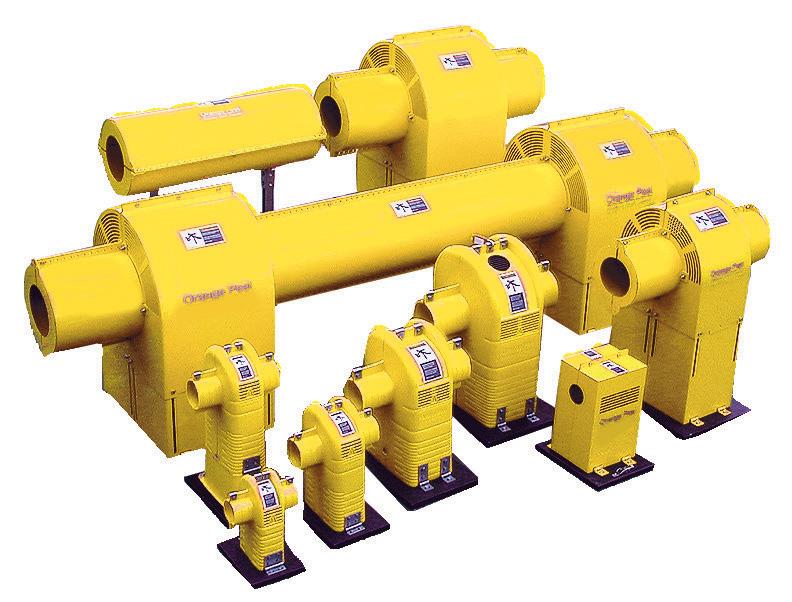



• Coupling and Shaft Guarding
• Configurable to fit most applications
• Powdercoated steel and Polyethylene variants
• Multiple sizes and styles
• Off the shelf availability
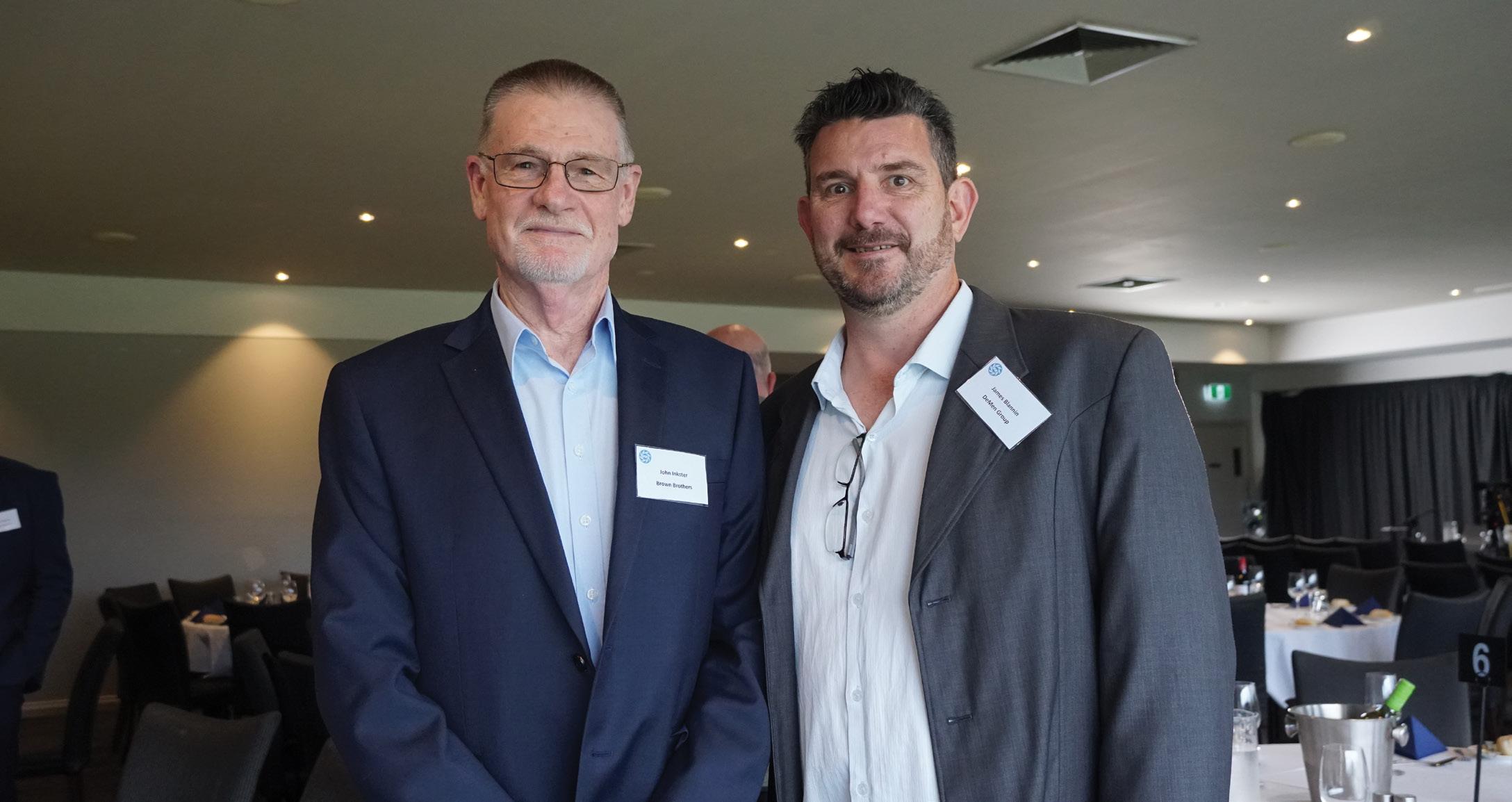
On 14 November 2023, members of the Pump Industry Australia gathered at Box Hill Golf Club for the 20th annual general meeting to discuss how the industry had fared in 2023 and plan for the year ahead. Faces both new and old were elected to council, and outgoing President, John Inkster, said his farewells.
The event was well-attended, with 70 members and life-members from all over Australia coming together.
Members who weren’t able to attend in person tuned in virtually through a livestream, and were able to engage from anywhere in the world.
Retiring President, John Inkster, started by welcoming everyone to the event, and reflecting on the different challenges and unique circumstances that the PIA had navigated throughout his four years in the role.
Mr Inkster became a member of the PIA in the early 2000s, with the intention of connecting with others in the industry. Over the years, he achieved that goal and made good friends through the association.
It was in 2010 that he first joined the council, and three years later he took up the Vice President’s role, which he held for six years. He stepped up as President not long before the pandemic struck, and over the last four years has helped PIA to navigate the unprecedented circumstances and return to normality.
He thanked members for their support throughout his time as President, and acknowledged the ongoing dedication of life members Alan Rowan and Ken Krugler, who continue to commit their time and effort to the success of the PIA. He also thanked long-term secretary and treasurer, Kevin Wilson, as well the Pump Industry team.
Although Mr Inkster has officially retired from his role as President, he has not retired from the PIA, and he looks forward to maintaining a strong working relationship with the new executive team.
The election of officer bearers for 2024 went smoothly, with former Vice President, James Blannin, picking up the torch as the next President of the PIA and Joel Neideck from TDA Pumps stepping up to fill the Vice President role.
Councillors Billie Tan, Regent Pumps, and Geoff Harvey, Irrigation Australia, stepped down from their positions, as newcomers Luke Biermann, Mechanical Seal Engineering; Tim Yakup, Regent Pumps; Alex Caladoukas, Pump Strategy; and Keith Bowen, Xtron Pumps Australia joined the ranks.
Following the publication of its 6th edition – which saw significant upgrades and a 40 per cent increase in content –the Pump Technical Handbook is constantly being reviewed and improved to ensure that it is relevant, up to date and easy to read.
PIA members also have the option to purchase special editions of both the Pipe Friction Handbook and the Pump Technical Handbook that feature their companies’ colours and logos on the cover. Members were encouraged to get in touch with the Council via email if they wanted to take advantage of the fantastic opportunity.
The conversation with the Services Trade Council and the Queensland Building and Construction Commission (QBCC) regarding the rules, interpretation and regulations covered by the PD Act 2018 is still ongoing.
At the AGM, both Mr Inkster, and Standards Officer, Ken Krugler, stressed the importance of this dialogue, and the impact that it will have on both PIA Members and the pump industry as a whole.
Under the act, in order to disconnect a domestic pump, to either repair or replace, a certified plumber will need to be on hand to disconnect and then reconnect it.
At the beginning of 2023, the QBCC petitioned the STC to consider recognising pump industry practitioners to be able to lawfully perform work on pumps installed as part of a plumbing or drainage system.
On 12 June 2023, the STC responded, stating that while they note the concerns of the PIA, they have decided to maintain the status quo, and will not be introducing a new restricted licence.
The STC cited concerns with identifying and prescribing appropriate qualifications for a restricted licence, as specialist training programs do not currently exist; and health and safety concerns arising from persons performing plumbing work without having completed a plumbing apprenticeship, as the primary reasons for the decision.
On 11 August 2023, a sub committee of the PIA held a meeting with representatives of the QBCC to seek further clarification on the STC’s decision and their concerns with identifying appropriate qualifications for a restricted licence, and this sub-committee is currently investigating options to counter this argument.
The meeting was cordial, constructive and informative. It also made clear that not enough is known about the Act and

a lot more educational material is needed to help members understand what they can and cannot do.
In the meantime, Mr Inkster urged members to review the Act, in order to gain a full understanding of the potential ramifications to their businesses.
“Many people don’t understand the impact that this can have on their business, and there will be many practitioners who are unknowingly breaking the law. One person has already faced legal consequences as a result of this Act,” Mr Inkster said.
Before passing the baton to incoming President, James Blannin, Mr Inkster gave a report on the PIA’s activities over the past 12 months and looked forward to 2024.
“After speaking with colleagues, it’s clear that 2023 has been a good year for the industry and a strong order intake is giving confidence for 2024,” Mr Inkster said.
Despite the challenges, Mr Inkster was confident that the pump industry was in a strong position to weather the storm, owing in part to the diverse range of sectors that the industry operates in.
“The pump industry is diverse, and that diversity suits us well, but it makes it harder for us to connect,” he said.
Mr Inkster explained that the role of industry associations like the PIA is to connect the industry, and provide a united voice for them to stand behind.
“The PIA needs to grow and improve its presence in the industry. Because of the diverse nature of the industry, it’s important to have a voice that represents and advocates for them,” Mr Inkster said.
Newly elected President, James Blannin, intends to maintain industry engagement and improve on the services and opportunities that the PIA offers both members and the industry as a whole.
• Three new chapters – Installation, Commissioning and Operations
• Completely rewritten Slurry Pumping and Energy Efficiency chapters
• 80 additional pages
In 2023 Ebara Pumps Australia launched a new series of ISO 2858/5199 end suction process pumps, which has since seen great success and secured the company a major GSO order.
With the successful introduction of the GSO into its industrial product range, the Ebara Pumps team is pleased to announce the successful sale of two GSO 200 x 150–250/30kW units in 316SS to a leading Australian water science organisation.
These pumps will be deployed alongside other ground breaking technology and equipment, and other Ebara pumps, to a major treatment project in Qatar, Middle East.
The GSO ISO2858 process pump
The design of the new range of ISO 2858/5199 end suction process pumps allows for superior mechanical seal operation and an extended life, and has a range of material and customisation options to suit specific applications.
The GSO semi open impeller process pumps are available in 304, 316, 316L and duplex stainless steel wetted materials, and have been designed by Ebara (Japan) engineers using the latest computational fluid dynamics (CFD) software.
One of the benefits of this design has been to produce a low seal chamber pressure, thus enabling superior mechanical seal operation and extended life. Also, the unique reverse open type impeller minimises axial thrust but also creates higher efficiencies for a semi open impeller type design.
The Ebara GSO model is a true ISO2858/ISO5199 end suction pump and is manufactured at one of Ebara’s many owned and operated factories located throughout the world, which all operate under the strict Ebara Japanese QA standards and management policies.
Other available options and features of the Ebara GSO include:
• 304,316,316L, duplex stainless steel wetted parts
• Reverse open impeller design as standard
• Grease or oil bath bearings
• Various single and double mechanical seal combinations
• Various mechanical seal piping plans
• PN 16 or ANSI flange drilling
• Sizes up to 200mm (discharge) and 500mm impeller (nominal)
The Ebara GSO is a true global pump and is sold throughout the world via the Ebara network of sales offices. Notable orders include for a water treatment plant in the middle east and various industrial applications in South East Asia.
Ebara Corporation was founded in Japan in 1912 as a manufacturer of industrial pumps. Today, as a group, it consists of more than 100 companies in six continents, with a workforce of more than 19,000 team members and with company-owned and Japanesemanaged factories that cover ten countries and four continents.
The huge scale of production and distribution is matched by a constant commitment to research, development and design of new products as well as modern technologies for manufacturing them. Ebara products have gained a worldwide reputation for their technology and quality.
Ebara Corporation has developed businesses in the fields of fans and blowers, cooling towers, chillers, environmental plants and the precision machinery industry for computer chips.
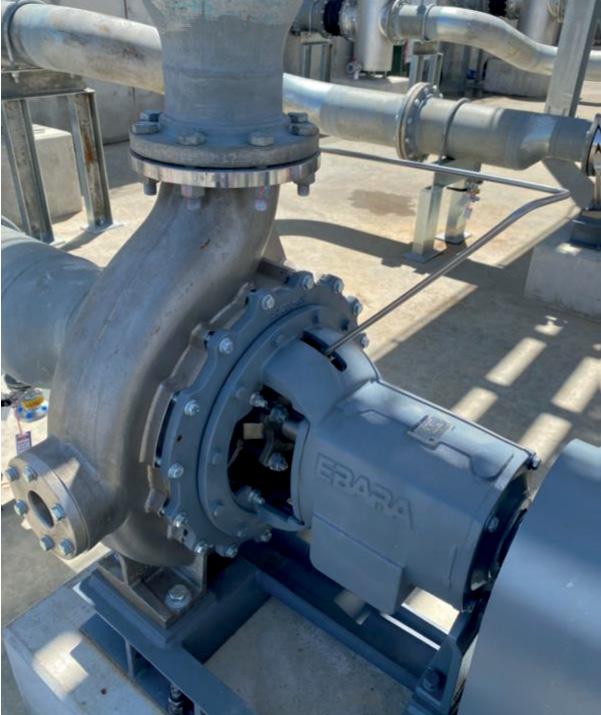


Combining over 100 years of experience with the latest computer aided design, EBARA has developed the new GSO series of pumps that offer world leading performance and efficiencies.
Pump dimensions to ISO2858
Mechanical design to ISO5199
Seal chamber to ISO3069
High efficiencies
Unique reverse open impeller design
Heavy duty shaft & bearing housing
Available in 304, 316, 316L & Duplex stainless steel

37 pump sizes from 50-32-125 to 250-200-500
Unique reverse open impeller design
Low axial thrust
Low seal chamber pressure
High efficiency
Less wear than with front open type
Able to handle light liquid slurries
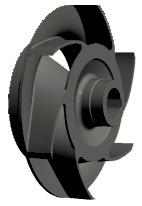
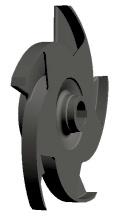
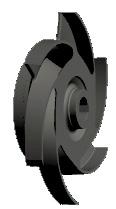
Unique shaped rear shrouds developed by Ebara utilising Computational Fluid Dynamics.

All the components of a pump system have an essential role to play, but when it comes to investing in the best possible solution, which component is the most important? And is this question the same at design as it is at manufacture versus commissioning? What about when the final project goes into operation? Here, the team at Drive Systems discuss the answers to these questions, and share advice on choosing the right components for your application.
At the design stage each component simply has to fit, function and work as intended. It has to be made to do the job the application asks of it.
Before the manufacturing stage it’s important to know if all parts are readily available, and if all the components can be delivered at a price that makes sense. At commissioning, the service crew need to know how to fit/install each component for the whole system to function.
Then at handover, each component needs to work as designed, and has a pump been provided that delivers what was requested, promised and paid for?
Preventing failure
From an engineering sense all these things are extremely important. But what if that one important part fails?
The most expensive pump in the most critical application can be rendered useless if even the smallest component stops working. So, how can this be prevented? Installation and maintenance play vital roles in the reliability of machinery, but if the design isn’t right, the reliability engineers are fighting a losing battle.

So, let's go back to step one and look at the torque. The motor provides the power, the pump moves the medium and these two vital components are joined by a shaft coupling. Not even the most efficient motor can turn the most reliable pump without a shaft coupling.
However, often the cheapest component in this vital driveline is also the least considered. Spider and jaw couplings are the predominant coupling used in smaller pumps in Australia. Cone ring and tyre couplings are still used on larger pumps. Why is reliability sacrificed over price? Especially when the coupling is, relatively, the least expensive part of the whole pump set. But, what would happen if we changed our thinking?
Supplying the same old technology over and over again isn’t viable when the uses are so varied. Not all pump sets are created equal, not all applications are the same and not all end users treat the same pumps in the same way.
A unique approach
Drive Systems is a specialist coupling supplier that selects the best possible coupling for each and every unique pump application.
If you believe reliability and efficiency are more important than the cost of one of the cheapest components in your pump set, talk to Drive Systems and have the team select a coupling built for the job, not just the cheapest one on the shelf.
Whether it’s a disc coupling for an oil refinery, gear coupling on a slurry pump, a rubber in compression coupling for a diesel fire pump, or an elastomeric coupling when the application suits. The team at drive systems looks at each and every application on its merits and only supplies the best coupling for that project, and, in the long term, most cost effective solution for your design.
From that first drawing right through to installation, Drive Systems is your coupling partner, not just a supplier of parts.

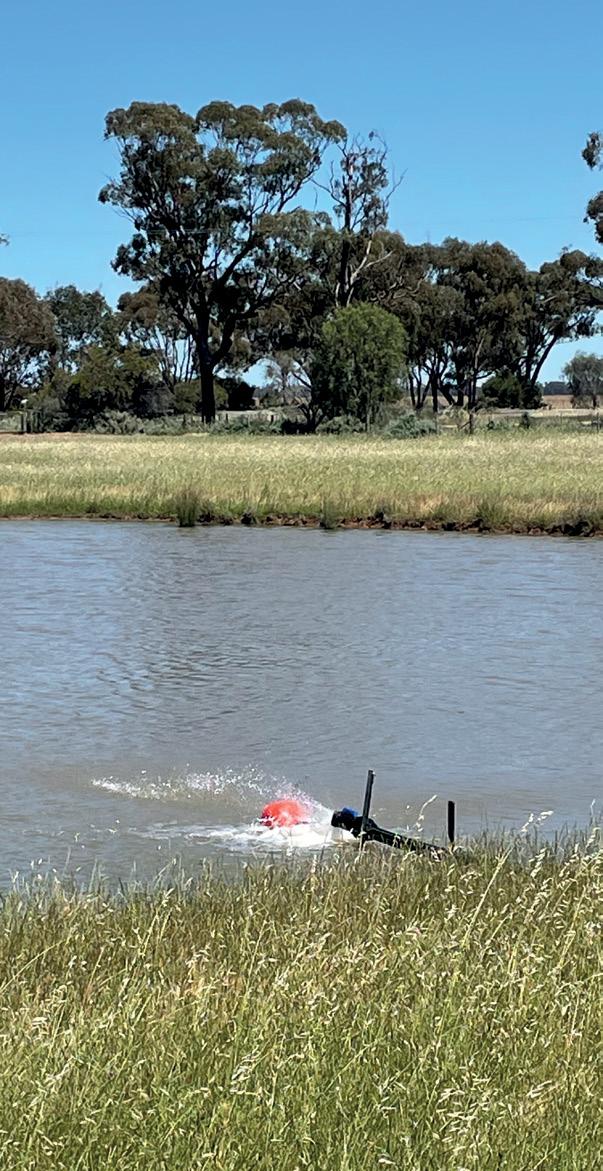


No two pump applications are entirely the same, and for optimal performance it’s important that a pumping solution is tailored to its intended purpose. Here we look at two unique, yet very different, case studies and the innovative pumping solutions that were devised for them.
Since its founding in 1944, Franklin Electric is a name that the Australian industry has come to rely on for its quality, reliability, and performance. By employing its five key factors for success – quality, availability, service, innovation and cost – the team of highly qualified engineers were able to resolve situational problems and provide pumping solutions that suit specific needs of two very diverse projects: a vineyard on the east coast of Tasmania and the Gulpa Creek flood zone.
Vineyard project
Blackley Pipeline & Irrigation came to Franklin Electric looking for a unique
pumping solution for a vineyard, which was being built from scratch over three stages. The project required a pumping solution that would do the job over all three stages.
The head and flow changes for each block depending on the location of that block, and the team had to come up with the most efficient pumping solution that would cover the complete project. The client also requested complete remote access that can be monitored by both the interstate head office and by local workers. They needed to know the flow rate being delivered, and they wanted to start and stop via irrigation controller, but have different duties for each block.
To achieve this, Franklin Electric designed a quad variable speed vertical multistage booster with a touch screen control system. This has full remote access and can be started and stopped by selecting the set point on an irrigation controller.
A farm near the Gulpa Creek flood zone was without power, and the owner was tired of refueling pumps in an effort to catch up with water demand.
To solve the problem, Franklin Electric installed a solar pump. To start, 12 solar panels and a controller were mounted

above peak flood height on a Clenergy aluminium array frame to ensure that it would not be affected by the rising water level during the next flood.
A 2.2kW solar bore pump with a multipower drive-tech controller was utilised to ensure that there could be no priming or footvalve issues, and that it floated in Franklin Electric’s supplied Stainless-steel shroud and pontoon kit.
The motor was upgraded to 316SS material with mechanical sic/sic seal to deal with the creek’s turbidity and to ensure a long life without need for service.
A pressure transducer was also utilised to ensure a smooth pipeline pressure. The transducer limited the pressure so it could not exceed the max allowed by the pipe, and it prevented operators in the field from spike pressures as well. A maric valve was also fitted to ensure that the pump could not go off curve if too many dams were opened at once.
The project was also supplied with manual three-way switch, which activated a generator anytime the farmer needed water outside of solar hours or during higher than usual demand for situational usage or fires.
Flowrox™ pumps for transferring, dosing and metering
The world’s toughest pumps are all about ensuring your productivity and profitability even in the most demanding applications and conditions.
Flowrox industrial pumps serve a wide range of industries, performing especially well in processes involving abrasive, corrosive, highly viscous or crystallizing media with high solid content, up to 80%.
We provide solid performance around the world for the most heavy-duty pumping applications.
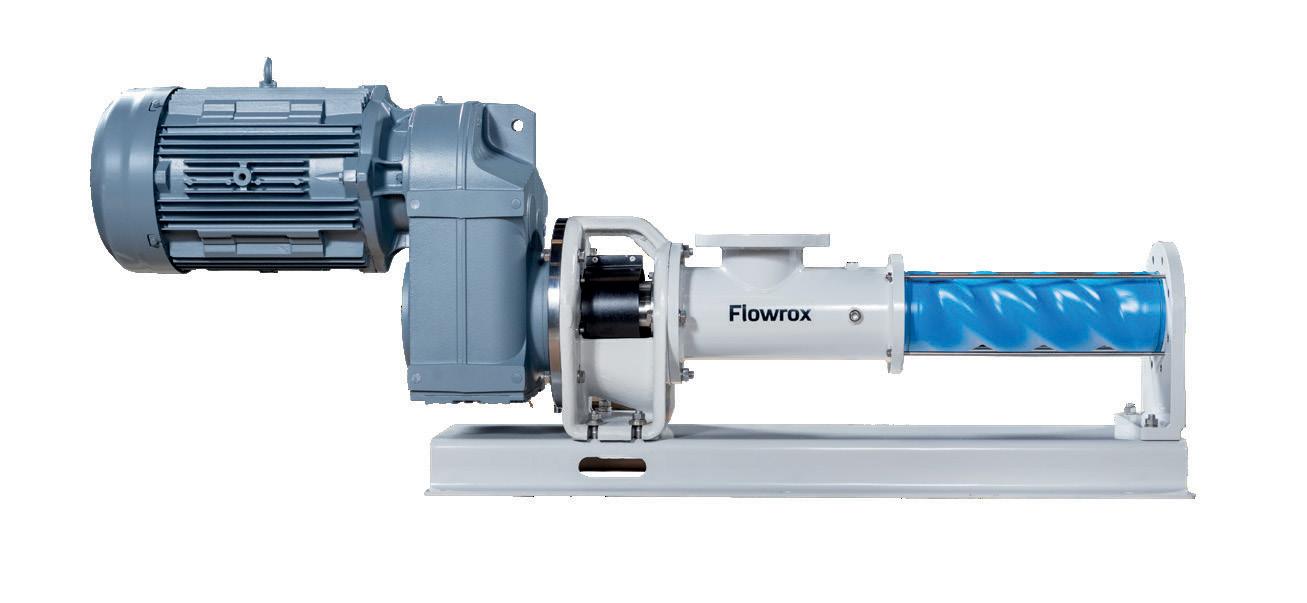
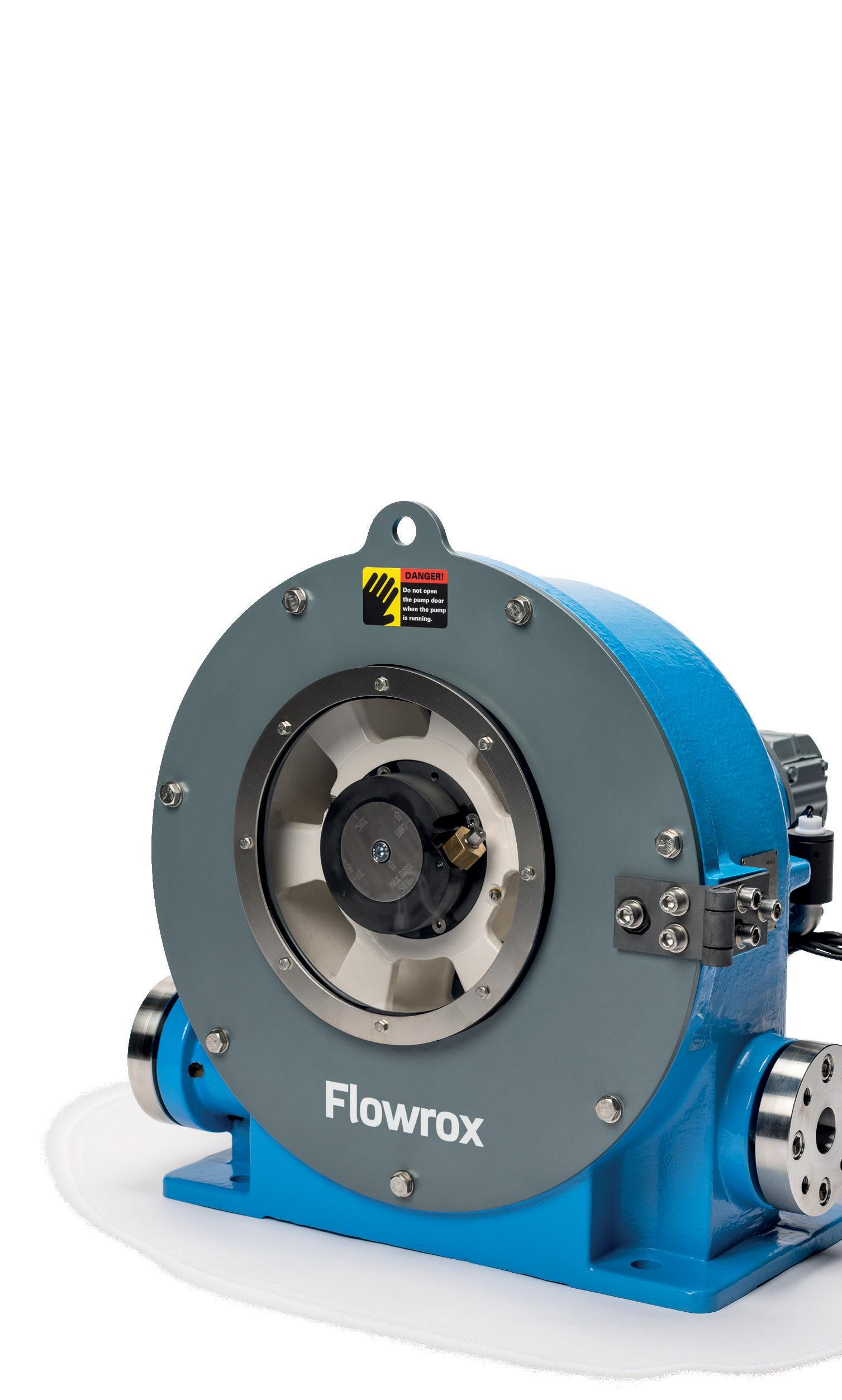
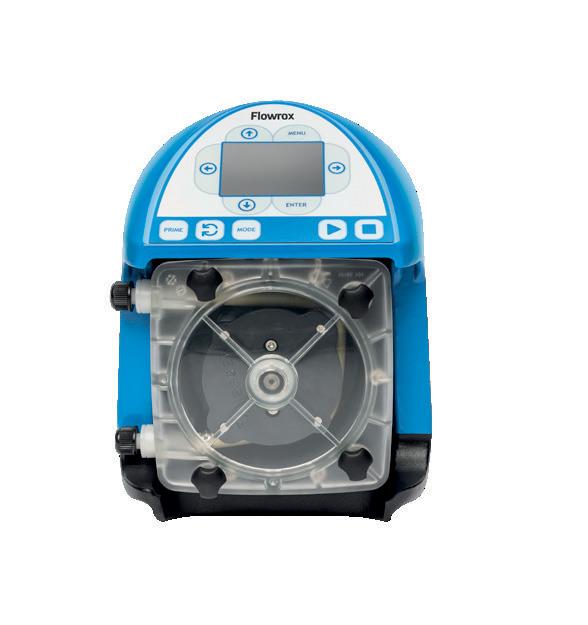
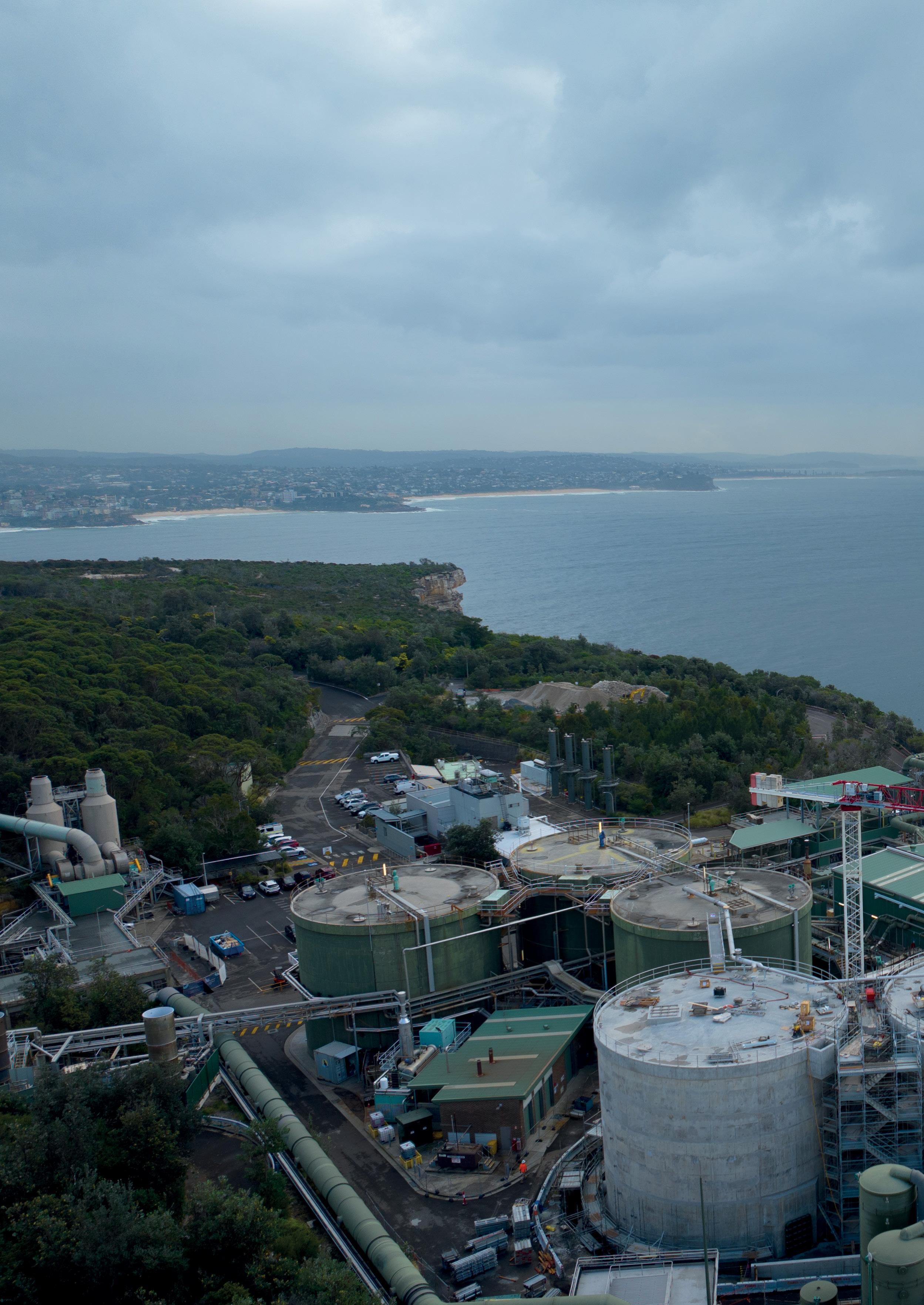
 By Steph Barker, Assistant Editor, Pump Industry Magazine
By Steph Barker, Assistant Editor, Pump Industry Magazine
Sydney Water’s North Head Water Resource Recovery Facility has recently undergone a $94 million upgrade, including the installation of two digesters to treat wastewater and produce biosolids that can be used and repurposed as part of a circular economy. Here, we take a look at the facility and how pumps have played a crucial role in the upgrade process.
The North Head Water Resource Recovery Facility (WRRF) –previously known as the North Head Wastewater Treatment Plant – is one of Sydney’s largest and most integral water treatment facilities, processing around 336 million litres of wastewater every day and providing wastewater management services to over one million customers from Seven Hills in Sydney’s west, to Yagoona in the south and Ku-Ring-Gai and Collaroy in the north.
The North Head facility uses six raw sewerage pumps to process the wastewater, each approximately 64m high and with capacity to treat between 1,850–4,250L per second. Once treated, wastewater becomes two separate products: treated water and biosolids. Biosolids are organic solids (sludge) that are left once the treated water is removed. The North Head WRRF produces about 12,000t of biosolids every year.
The facility has been undergoing a $94 million biosolids upgrade, which began in 2021. The upgrade is designed to propel Sydney Water’s transition to a more sustainable, circular economy by improving equipment to produce better quality biosolids.
Currently, the biosolids produced are used as compost or fertiliser for forestry and mine rehabilitation. While these applications are ultimately positive in terms of recycling and sustainability, better quality biosolids mean better opportunities for reuse. Although composted biosolids are eventually used on land, the direct application of biosolids to farms and forestry is better for carbon neutrality than composting. However, for biosolids to be able to be used in this way, they must be of a high quality – which can be difficult to achieve with standard wastewater treatment.
A key milestone was recently reached in the upgrade with the installation of two digesters. The digesters perform a somewhat similar process to the human stomach – a naturally occurring biological process in which large numbers of bacteria convert organic matter into methane and carbon dioxide in the absence of air.
It’s a widely used biological process for treating wastewater solids as it stabilises the organic matter in wastewater solids, reduces pathogens and odours, and reduces the total solids/ sludge quantity by converting part of the volatile solids fraction to biogas.

Sydney Water Senior Process Engineer, Matt Wood, explained, “Basically, we grow specific bugs that we want in there that convert some of the solids into methane. They break down the solids and take out the stuff that can be broken down and turn that into methane, which we then take off and use as biogas.
“They also do a process called stabilisation. That basically gets rid of all the pathogens and makes the biosolids nice and stable, so they don't break down as much anymore, and then we're able to take it out to land and it's not as odorous. So by doubling your capacity, you get more stabilisation of the product.”
The anaerobic digestion process requires adequate mixing to ensure the sludge is processed correctly. Many digesters utilise hydraulic mixing, which recirculates the digester content through the use of an external pump network, most frequently using variable speed pumps. The hydraulic mixing can pump the digester contents from the lower half of the digester to the top of the digester to potentially stop the formation of a significant scum layer, which can be detrimental to digester operation.
The North Head WRRF uses cogeneration to meet some of its energy needs. Co-generation refers to a process that produces heat and energy at the same time. Methane gas, or biogas, is captured from the anaerobic digesters and pumped to power a combustion engine. That engine then drives an electricity generator and produces heat to supply the plant’s process heating requirements.
Mr Wood explained, “The digester helps us break down a lot of the solids and turn it into biogas. So once we have that biogas, we can then run that
through these big engines. And cogeneration means there's two things that come from it.
“The first thing and most important thing is heat. And that heat we put back into the digester, because we're trying to keep the digester at about 36 degrees – the same as human body temperature – which is what the bugs like to be able to do their thing and function well. So we try and get a lot of that heat back in, which means we don't have to use a lot of power to generate heat from the grid.
“And then we create the biogas as a byproduct, which runs these big engines. The engines turn basically like a car engine, except massive, and then that engine rotates a turbine, and that engine runs off the biogas. It means that we get to offset a lot of the energy that the plant would otherwise use from the grid.
“In good years, it provides about 45 per cent of the plant's energy usage, because we've got two co-gens at the site, and then also the hydroelectric generator as well. So the two co-gens generally generate between 13,000 and 15,000MgW hours a year,” he said.
In this process, pumps are integral to most of the steps involved. Pumps are the biggest consumer of power in the generation process, so for Sydney Water, being able to power pumps with renewable sources presents a huge reduction in both energy costs and emissions. Furthermore, in the case of co-generation, the cycle of energy creation and energy use is entirely symbiotic, meaning that the biosolids digesters essentially power themselves. Pumping up the power
Sydney Water said it is continuously looking to reduce its carbon footprint and working to identify alternative and renewable energy sources. At the North Head WRRF up to 58 per cent of the facility’s total energy needs currently
come from renewable sources, primarily from hydroelectricity. It’s the first hydroelectric generator in the Southern Hemisphere that runs off wastewater.
The treated wastewater falls down a long drop shaft on its way to the deep water ocean outfall. The falling water has enough kinetic energy to drive a water-powered generator, which produces the hydroelectricity. While this method alone doesn’t provide enough power to run the entire facility, paired with other renewables sources, helps to provide a significant amount of power – North Head processes approximately 40 per cent of Sydney’s wastewater catchment, so there’s plenty of material to work with.
“I believe when they first installed it, they were told that it wouldn't work and you couldn't get it to happen – but we've managed to get it working and it does work very well. So basically what it does in the plant, there's a big drop-off where the wastewater drops and falls vertically. And so we've got the hydroelectric turbine in that drop off that takes all that kinetic energy from the water and turns the turbine to generate power. We get about 10,000 to 11,000MgW hours a year from that,” Mr Wood said.
Apart from reducing its carbon footprint, Sydney Water is aiming to achieve a circular economy with its wastewater. The digesters have enabled the North Head facility to find further uses for the biosolids produced, including:
• Minimising the discharge of solids to oceans and rivers
• Recycling a valuable resource that helps minimise disposal to landfill
• Reducing the amount of chemical fertilisers used on farms
• Producing biogas used to generate renewable energy to power treatment facilities
Another key use for the biosolids is mine rehabilitation. Biosolids have been recognised as a beneficial organic soil amendment that can improve the long term success of mine rehabilitation programs. Biosolids have been used in mine rehabilitation in the Hunter Valley for more than 20 years, providing increased nutrients and better soil quality for more effective plant growth. Because the digesters at the WRRF treat biosolids to a more pure, usable form, they can be used more frequently for this purpose.
“Basically when they set up a mine, they have a responsibility to restore the land once they've finished mining. And so as you can imagine with the mining process, it's taking a lot of all the surface soil and everything away. So there's basically not a lot left to be able to restore the land with. So by using the compost and with the biosolids in it, you're restoring essential microbial communities to the soil and you're restoring soil structure so that you can grow things again where you wouldn't be able to grow it otherwise,” Mr Wood said.
“Biosolids are a massive piece in the circular economy. Basically what it's doing is restoring vital nutrients back to land where we take a lot of our food source from, and do a lot to pull down carbon from the atmosphere. For North Head, it goes towards land regeneration for mine rehabilitation. So basically what happens is the North Head biosolids go up to Muswellbrook and it gets composted there. The composting process is a mix of about five times green waste to one part biosolids.”
The full upgrades to the North Head WRRF are expected to be completed in 2024.

y Adjustable stator restores pump efficiency
y Reduced maintenance time by up to 85%
y Increased energy savings compared to conventional progressive cavity pumps
y Rapid removal and reassembly of mechanical seal Smart Conveying Technology (SCT) provides quick maintenance, significantly reduced life cycle costs and the shortest downtime. Smart Seal Housing, the newest innovation for SCT pumps, removes the need to dismantle the suction or discharge pipework for inspection and replacement of the mechanical seal.
y Easy retrofit onto your existing SEEPEX pumps
y Up to 200% longer stator life
Australia Pty. Ltd. T +61 2 43554500 info.au@seepex.com www.seepex.com

Today, flooding appears to be an ever-increasing factor in large parts of the world. The resultant impact can be devastating on life and property and having the ability to quickly, and effectively, move large volumes of water in response to such a disaster is becoming more and more essential.
As extreme weather conditions and major flood events become more and more commonplace, it is of great importance to have access to the right equipment to handle this influx of water. Angus Flexible Pipelines Australia offers a range of custom-engineered equipment to suit particular flood situation applications, and the company’s flexible pipelines are designed for ease of use when deploying, retrieving, transporting and storing in difficult environmental conditions. Here we take a closer look at some of those solutions and their applications.
Flood relief package
Angus Flexible Pipelines Australia’s flood relief package is a fully integrated system capable of pumping large volumes of water over considerable distances – away from infrastructures and residential areas. A single line of Angus 12” Super Aquaduct system can pump up to 19,000L of water over a distance of 8km.
A typical system comprises of several pieces of equipment including satellite and boosting pumping systems, hose deployment and retrieval systems, XLD lay flat hose technologies and accessories.
Collecting heads
Custom collecting heads can be used to flow feed water from multiple inlets to a larger single source outlet – typically 250/300mm – to optimise flow over long distances and minimise pressure losses – especially when using Angus Super Aquaduct hose.
Manifolds
Custom spider manifolds can be used to control water flow and distribution, allowing connectivity to smaller diameter hose lines.
Angus Armourline hoses are typically used for this, controlled via gated valves with Storz or instantaneous connections. Inlets can be 200mm, 250mm or 300mm – either Storz, Twin Star or Victaulic connections – for use with Angus Super Aquaduct hose.
Unvalved large Wye manifold/dividing breechings can also be used to direct water flow from a single source to smaller sources – typically from 1 x 300mm to 2 x 200mm – ideal for use with Angus Super Aquaduct hoses when transporting water over distance. Connections can be Storz, Twin Star, Victaulic or other multiple configurations.
Another solution is “Mo –Man” Wheeled Hose Hydrant Trailer, which is optimised for rapid easy deployment with six gated valves – either storz or any other connections – to direct, control water flow and distribution.
Hose deployment and retrieval equipment
Angus Flexible Pipelines Australia supplies single or quadruple hose reelers for easy deployment and retrieval of large diameter hose such as Angus Super Aquaduct. Each reel will house 600m of 300mm hose. For a smooth easy efficient use, this can be trailer or skid mounted with a hydraulic control system.
System connections
These are typically used to connect the systems normal pipe-to-pipe connections, pipe to hydrant connections, pipe to pump connections or pipe to water supply connections.
Angus Flexible Pipelines Australia has a wide range of flexible pipelines for flood risk available in stock for immediate delivery across Australia, including Super Aquaduct, Flowmaster and Wellmaster.
For more information contact the Angus Flexible Pipelines team on 1300-438-4678 | sales.australia@angusfire.com, or visit angusflexiblepipelines.com.au

Volvo Penta. Robust, fuel efficient industrial diesel engines that keep running even in the toughest conditions. Easy to install, operate and maintain. A powerful partnership you can trust all the way from the drawing board throughout the operational life of your engine. Competitively priced complete power-pack units ready for delivery Australia wide with a local support team on hand 24/7. To find your nearest dealer visit volvopenta.com
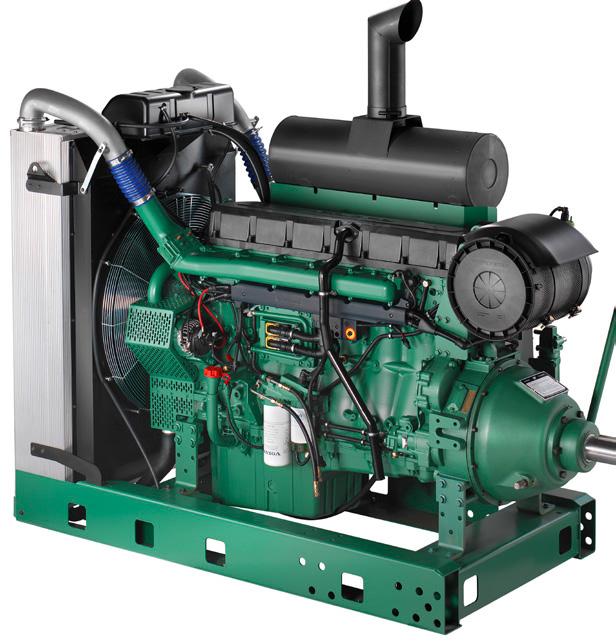

In September 2023, TasWater officially opened its upgraded Bryn Estyn Water Treatment Plant (WTP), which is expected to secure the water supply for more than 200,000 customers in southern Tasmania.

The new water treatment plant will provide safe, clean, and reliable drinking water for generations to come, and was TasWater’s largest ever capital works project.
TasWater Chief Executive Officer, George Theo, said that the opening marked a major milestone for Greater Hobart. “This was a landmark day for southern Tasmania,” Mr Theo said.
“The new plant is able to treat 160 million litres of water per day. It’s been designed for future population and economic growth, with the potential to be expanded to treat another 40 million litres of water per day if required.
“The project is a story of infrastructure, economic benefits, current and future jobs, protecting and enhancing the natural environment, and providing opportunities for Tasmanians. It is also the story of TasWater’s dedication to securing the best possible customer outcomes now and long into the future.”
TasWater’s largest ever capital works project
Located north of Hobart in the Derwent Valley, the Bryn Estyn WTP is Greater Hobart’s primary source of drinking water, providing around 60 per cent of the water supplied to southern customers.
Water from Bryn Estyn winds its way through 433km of water mains and into 145 reservoirs before reaching the taps of customers in Hobart, Glenorchy, Kingborough, Brighton, Derwent Valley, Southern Midlands, Sorell and Clarence.
The original plant was built in 1962, with capacity augmentations in 1972 and 1992, and construction work on the current upgrade commencing in mid-2021.
All major structures, buildings, electrical and mechanical installations are now complete, with the new infrastructure commissioned, and the plant officially opened at an event on 22 September 2023, which gained widespread media interest in Tasmania and beyond.
TasWater’s General Manager Project Delivery, Tony Willmott, said the scale of the project is unprecedented for TasWater. “In the early phase of the works, 11,456m3 of concrete was poured, 2,800t of reinforcing steel placed, and more than 93,000m3 of soil was excavated,” Mr Willmott said.
“TasWater is currently delivering a planned ten-year, $1.84 billion capital

investment program for completion in the financial year 2025–26. The program is delivering important customer and environmental outcomes for the benefit of all Tasmanians.”
A bigger picture than steel and concrete
“During construction the project employed around 1500 people directly, and 500 indirectly,” Mr Willmott said. “At its peak, around 150 people were working on site every day, generating benefits for Tasmanian businesses across the state.”
The Bryn Estyn project was delivered by TasWater’s Capital Delivery Office (CDO), an alliance with UGL Limited and CPB Contractors, along with their suballiance partner WSP, which will continue to deliver TasWater’s accelerated Capital Works Program through to July 2025.
It is a model that continues to directly support the Tasmanian economy, with more than 80 per cent of the total value of CDO packages being awarded to Tasmania-based suppliers, providing a significant economic boost for the local civil construction sector and its supply chain, growing the capability of the local contractor market for future projects.
TasWater’s Head of Water and Environment Services, Fran Smith, said the upgrade expanded the capacity for the organisation to deliver greater volumes of high-quality, safe drinking water for Hobart.
“To be able to treat and deliver 160 million litres of water every day, with every litre meeting the Australian Drinking Water Guidelines, is not a small task,” Ms Smith said.
“Each drop of water that has passed through Bryn Estyn has been subjected to a treatment process that includes filtration, ozone, absorption using activated carbon, chlorination, and now Ultra Violet disinfection for an extra layer of treatment.
“Just last year alone, across the state we undertook 273,000 tests to ensure Tasmanians could turn on the tap with confidence knowing their water is absolutely safe to drink, one test every two minutes.”
Mr Theo said TasWater was all about a customer focused future.
“TasWater has a range of initiatives underway as we ramp up our customer and community focus and continue our journey to being the best service provider in Tasmania. The project takes us one step closer to realising our strategic vision ‘to unlock the full potential of water’ for a thriving Tasmania.
“We are proud of what TasWater is delivering, and the Bryn Estyn WTP is a prime example. While it is a story of a vast infrastructure project, it is also a human story for so many people, not least our customers, who will receive the benefits of the Bryn Estyn WTP upgrade for decades to come.”
The Aubinville Sewage Treatment Plant (STP) is the only STP in Maryborough, Queensland, making it a vital piece of wastewater infrastructure for the city. As the plant reached its 80th year of operation, Fraser Coast Regional Council undertook an upgrade to modernise the equipment and facilities to prepare the plant to meet the future demands of a growing community.
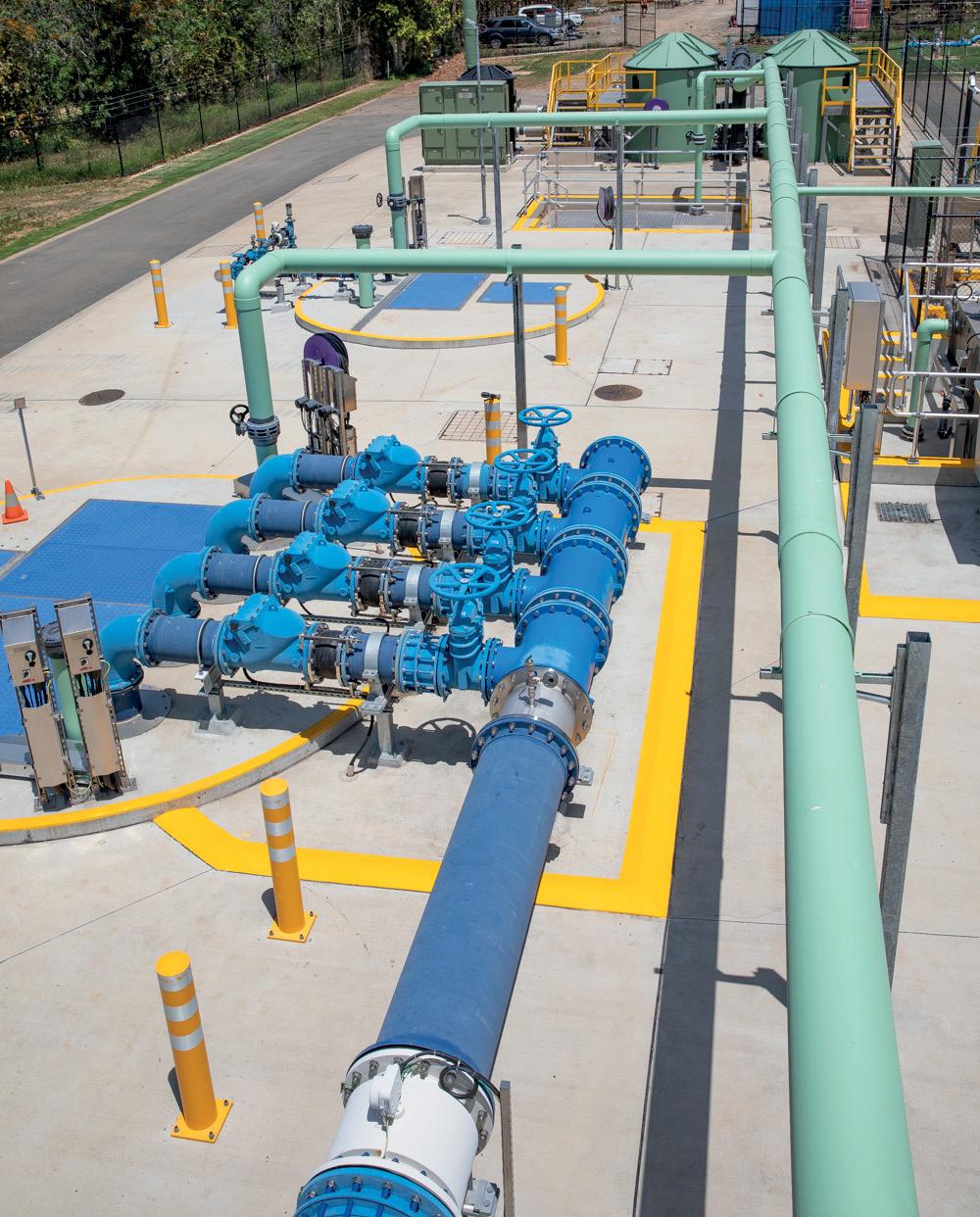
The plant serves more than 23,000 residents as well as commercial and industrial properties connected to the sewage collection system in Maryborough, with the plant receiving 1,925ML of raw sewage for treatment in the 2022–23 financial year.
The works for the $26 million revamping were finally completed in October 2023 after four years of construction.
Key upgrades at the Aubinville STP include:
• New boiler, digester jet mixing system, dewatering unit and chemical dosing system
• New control room overseeing the entire plant with a new laboratory for testing
• Complete refurbishment of the two secondary settling tanks, including the installation of a new sludge pumping station
• Upgrade of ladders, stairs, handrails, platforms and walkways to current standards
• New fibre reinforced plastic (FRP) raw sewage pumping station fabricated by Aquatec with four Xylem submersible pumps
• New inlet works to improve screenings and remove materials and grit
• New trade waste/septic tanker receival system with a stateof-the-art biological odour treatment unit
• New liquid waste receival system
Fraser Coast Regional Council’s Executive Manager of Engineering and Technical Services, Trevor Dean, said the Aubinville STP Upgrade was predominantly targeted as asset refurbishment, renewal, and improvements to the operability of the plant.
“The works were identified as required to overcome a number of operational deficiencies in the plant,” Mr Dean said.
“These deficiencies were compromising consistency and reliability of effluent quality. The plant also had limited resilience and lacked redundancy throughout the mechanical components.
“As such, the upgrade hasn’t created an overall increase in capacity although provision has been made in the upgrade project to facilitate future capacity increases. Some of the longer age assets in certain areas of the upgrade have been constructed to a higher capacity.”
The Aubinville plant is the sole STP for the City of Maryborough. As such, it needs to be able to continually treat all the raw sewage collected from the city. The modern equipment installed on site were chosen to set up the plant to meet future demands and ensure uninterrupted service.

A new return activated sludge (RAS) pumping station utilising rotary lobe pumps in a duty/standby/duty arrangements (common standby) was installed to produce a higher quality effluent from the treated sludge.
Supporting the mechanical dewatering process, a new screw press, liquid poly batching and chemical dosing system were installed as well, assisting in the treatment of anaerobically digested biosolids.
“From the outset, all the proposed works needed to be designed and delivered in such a way that the continual operability of the plant was foremost in everyone’s mind and that any works involving interruptions to existing services were planned and coordinated to ensure continuity of service,” Mr Dean said.
Mr Dean said that this included ensuring that there were contingency plans in place that could be implemented when appropriate.
“The Project Management Team worked hand in glove with the STP Operator and assistants to ensure that the operational area was aware of what works were being undertaken and the impact of any project works.
“The Operators and Council’s Mechanical and Electrical Maintenance staff were key stakeholders consulted prior to and during periods where assets were taken out of services as well as during the recommissioning of refurbished and new assets.”
With such an old and vital piece of infrastructure, Council needed to navigate many obstacles, including the COVID-19 pandemic, material shortages and more, to ensure a successful project outcome.
“The works were constructed through the height of the COVID-19 pandemic and, at one point in the project, required specialist labour to be brought in from other states at a time when Queensland had a hard border,” Mr Dean said.
“This, and shortages caused by the pandemic in services and materials, continued to be a challenge managed by the Project Management Team throughout the latter parts of the project.
“Additionally, the Directors of the Civil Contractor delivering the largest contracts on the project, placed their company into liquidation in March 2022 creating significant additional works for the Project Management Team as well as increasing over all costs to the project, the full magnitude of which exceeded security, retention, and unpaid works held by Fraser Coast Regional Council.
“The demise of the Civil Contractor resulted in a number of disgruntled subcontractors who were financially impacted.
“Despite this, many of these subcontractors were willing to contract directly to Council to complete the unfinished works with a number of different contract models, including
a ‘cost plus’ model, required to be adopted by the Project Management Team to achieve completion.”
Mr Dean said that the supplier of the site’s backup 820kVA diesel generator, complete with 5,000L diesel storage tank, was also placed in liquidation post-delivery of the generator but prior to installation.
“During installation and commissioning, numerous defects were discovered and needed to be rectified at Council’s cost.
“‘Surprises’ with the actual condition of some of the elements of structures that were being refurbished were also a challenge, with the scope of some of the contracts needing to be varied to ensure that the project benefits could be realised.
“Lastly, the length of the project saw the inevitable Project Management Team personnel changes over the duration of the works which created its own issues with regard to continuity, records and quality assurance documentation management, and overall understanding and appreciation of project history.”
Despite these challenges, Council successfully brought the 80-year STP into the future by building resiliency into the design. Throughout the process, Council was committed to delivering a facility that could sustainably manage waste while also providing reliable wastewater treatment services for the community.
Mr Dean explained that, as sewage treatment is a designated Environmentally Relevant Activity in the Queensland Environmental Protection Act, Council operates the plant under an Environmental Authority issued by the Queensland Department of Environment and Science.
“While the majority of the effluent generated by the Aubinville STP is beneficially reused through Fraser Coast Regional Council’s Maryborough Effluent Reuse Scheme, there are scenarios where it is necessary to discharge to receiving waters which, for the Aubinville STP, is the Mary River,” Mr Dean said.
“Additionally, prior to the upgrade, any interruption to electricity supply resulted in the inability for the raw sewage pumping station to operate, with the plant bypassing to the creek once the levels in the pump station and upstream network reached the overflow level.
“The new works, which incorporate a plant wide electrical and control system upgrade as well as a backup diesel generator sized to run the whole of the plant, will now operate in times of power loss thereby eliminating bypass events due to power loss.”
Mr Dean said that the new inlet works have been configured to accept wet weather flows, which are screened and pass through a hydraulic grit removal system that includes a grit classifier (i.e., partial primary treatment) before volumes exceeding the plants hydraulic and biological capacity are bypassed to the discharge point.
Additionally, a new bio trickling odour control unit will treat foul air from the raw sewage pumping station and inlet works to reduce odours around the plant.
“The plant also has a history of odour issues and complaints. The new raw sewage pump station, liquid waste receival system and inlet works have all foul air extracted and treated through a biotrickling filter. Given the odour generating capacity of these areas, this system has significantly reduced odours at the plant and is protecting the assets from corrosion due to Hydrogen Sulphide (H2S).”
With the years-long works now complete, the Aubinville STP is refurbished with capabilities to deliver sustainable and reliable wastewater services, ready to serve the community of Maryborough for another 80 years.

In an effort to maintain a high quality supply of drinking water to customers in Lithgow, WaterNSW has installed Potassium Permanganate a Dosing Plant at Oberon Pumping Station to support the facility’s existing manganese reduction methods. Here we take a look at the upgrade and discuss the important role that dosing pumps play in delivering safe, clean drinking water.
Manganese is a mineral that naturally occurs in soil and rock. It’s common for varying amounts of manganese to seep into groundwater sources and eventually end up in our water supplies.
High concentrations of manganese can appear as an orange-brown tint in the water or as a metallic taste and smell.
Manganese is actually essential for good health in trace amounts, but in high doses it can be harmful, leading to fatigue, muscle pain and even nerve damage – so striking a balance is important.
To ensure that the levels contained in Lithgow’s drinking water supply are below harmful levels, WaterNSW – along with its contractor Diona, and subcontractors Trility and Alliance Automation – have installed a Potassium Permanganate Dosing Plant at Oberon Pumping Station to enhance manganese reduction methods already in place.
The Oberon Pumping Station upgrade
In an effort to keep manganese concentration in a safe range, WaterNSW has installed new water treatment
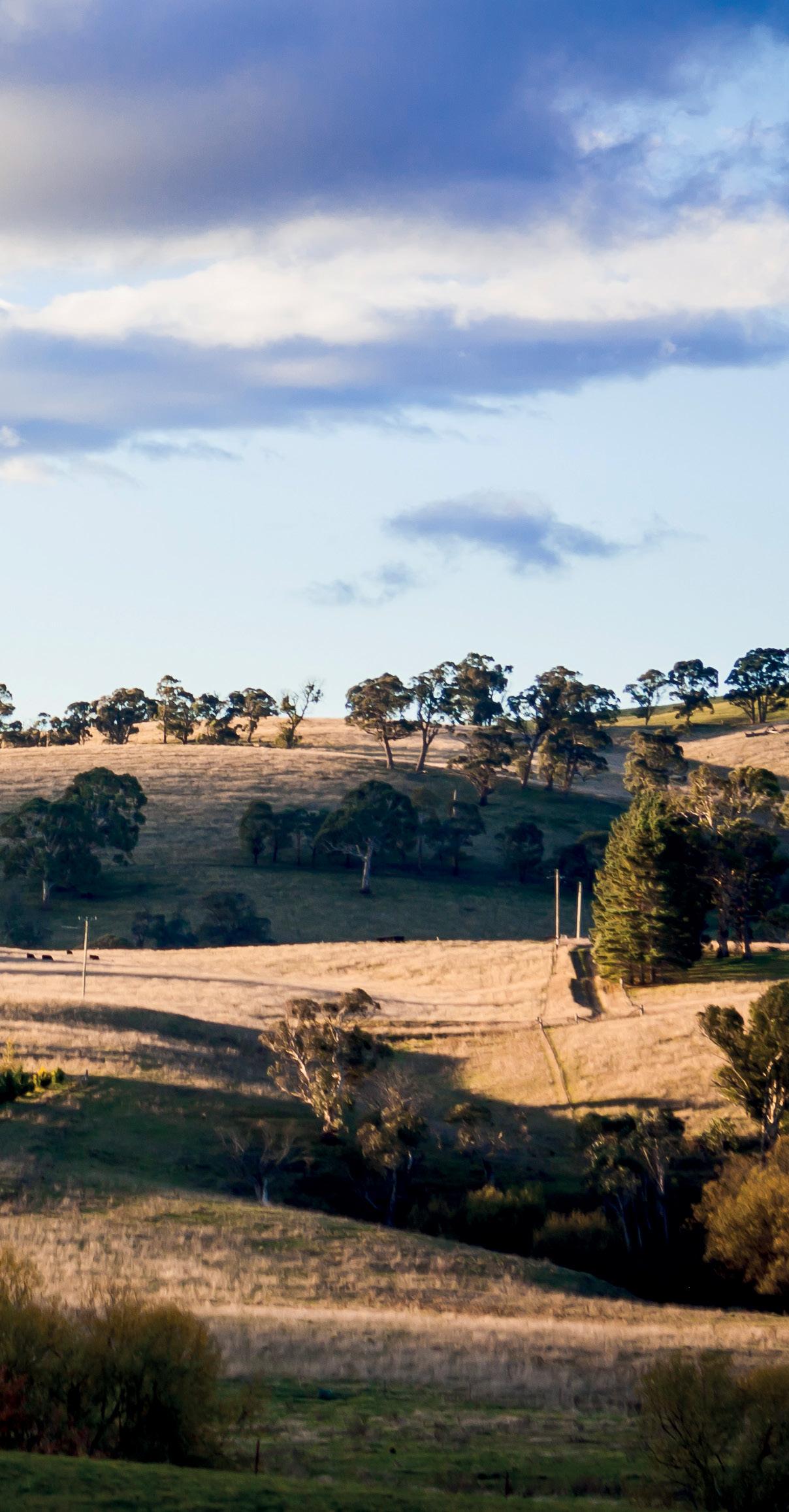
equipment to reduce higher manganese levels caused by seasonal changes to the Fish River Water Supply.
WaterNSW General Manager of Regional Operations Sydney, Brian Mayhew, said that the company is very excited to have this new equipment online as part of its ongoing commitment to providing the highest quality treated water for its customers on the Fish River scheme in the Lithgow Council area.
“Potassium permanganate is commonly used in water treatment plant processes and will be dosed into the water supply in line with current guidelines,” Mr Mayhew said.
“The Duckmaloi Water Filtration Plant already removes some manganese, and adding potassium permanganate to the raw water will improve the manganese removal during the water treatment process.
“This new system will allow us to respond immediately to seasonal changes that cause elevated manganese concentrations in the Oberon Dam and, most importantly, supply better quality water for our customers.”
In conjunction with the Potassium Permanganate dosing, WaterNSW will also trial Aluminium Chlorohydrate (ACH), another commonly used chemical in water treatment, to check if this further improves water quality to treated water customers. This again will be dosed in line with current guidelines.
The dosing will mainly operate during summer and autumn when the manganese levels are higher.
A dosing pump is a positive displacement pump designed to pump a very precise flow rate of a chemical or substance into a gas, steam or – as in this case – water flow.
A dosing pump will deliver this precise flow rate of chemical or other product by a number of different methods but in this case the device forms a liquid medicine by adding dry powder and water to dissolve it.
The dosing device is mainly composed of a solution tank, agitator, metering pump, level gauge, electric control cabinet, pipeline, valve, Y-type filter, etc.
The device is configured in the mixing box according to the required concentration of the medicine (in this instance potassium permanganate). After being evenly stirred by the agitator, it is put into the solution box and the metering pump is used to deliver a measured amount of the prepared solution to the dosing point of the designated system, which in this case is the Lithgow Council area’s water supply.
Dosing pumps are made up of the following major parts:
• The chemical drum, tank or container, which contains the product that is being dosed into the system.
• The foot valve – a one way valve that is attached to a suction line. It is placed into the container of the dosing product. It is typically weighted at the end, so it remains in the bottom of the container. Sometimes it has a float switch attached to it so that an alarm activates if the product runs out.
• The pump itself. This can vary in size and materials but is generally a variety of chemical resistant plastic (PVC, PE or similar), rubbers or stainless steel. It has a suction line attached to the inlet and the dosing line attached to the suction.
• The dosing line is generally a fairly rigid PVC or PE tube or a reinforced hose, simply for getting the dosage from the pump to the injector point.
• At the point at which the product is injected into the product, there is an injector point. This is a one way valve so that when the dosing pump pushes an amount of product into the line it can overcome the pressure in the delivery pipe and allow the product out into the flow, without letting liquid back up the line and damaging the pump. The injector also has a spout so that the product is delivered into the middle of the flow rather than along the side wall. Over time certain products, especially acids and oxidisers like chlorine or peroxide, can corrode the walls of a pipe if released right at the edge of the stream. Releasing the product into the middle of the stream also creates a vortex, which allows the product to mix properly and to ensure that a proper reaction takes place.
• Control system. Occasionally there is a control system installed to ensure the dosing pump is accurate and turns on and off at particular times. This can range in complexity from a simple timer or flow switch, to an intelligent system complete with sensors for pH, chlorine and similar and variable rate control to raise and lower the level being dosed.
The food and beverage industry is in the middle of a transformation, propelled by a need for more sustainable, efficient, and digital manufacturing. The team at Grundfos are guiding this transition with intelligent solutions tailored to meet these goals.
The Grundfos team partners with dairies, soft drinks manufacturers, breweries, and food processing facilities to optimise performance and drive towards more sustainable, efficient, and smarter food and beverage production – without compromising the safety and quality that our world relies on.
Temperature control
Ensuring the right temperature in industrial production can be critical to food safety. However, cooling and boiler processes are often operated inefficiently.
Intelligent pump solutions – such as Grundfos iSOLUTIONS – enable manufacturers to take full control of their production and manage highly efficient and reliable food and beverage processes.
Featuring built-in pump functionalities, including variable
frequency drive motors and sensors, these complete and intelligent solutions shape an optimal environment, which significantly improves operational equipment efficiency and helps achieve greater savings.
Industrial water treatment
Water plays a crucial role across the entire manufacturing process – from maintaining a reliable water supply for food and beverage production and enabling critical supporting processes, to ensuring the safe discharge or reuse of process water in compliance with today’s regulations.
To guarantee that high-quality water is being used for each purpose, Grundfos offers integrated intelligent solutions that help manufacturers optimise the entire water treatment cycle. From intake and distribution to handling of wastewater, these solutions

enable more reliable, resource-efficient, and safer operations.
Industrial processes
Keeping processes clean is crucial for maintaining food safety and hygienic conditions in the production environment.
To achieve this, manufacturers are turning to intelligent wash and clean solutions – such as Grundfos iSOLUTIONS. These reliable compact pump solutions are not only built to withstand complex liquid compositions and extreme temperatures, but also help monitor and optimise operational performance while reducing energy, water, and the use of chemicals.
For more information, visit www.grundfos.com/au



Just like humans, infrastructure is not immune to the ravages of time, and as the population grows and expands, ageing infrastructure finds itself in need of upgrades and improvements to keep up. Here we explore how Hunter Water is giving a new lease on life to one of the oldest pump stations in the region.
The population in towns across Australia has grown exponentially in recent years and, as such, the infrastructure delivering critical services to these towns and populations needs to adjust and improve to better supply the towns they service.
One structure that fit the bill for an upgrade was the Newcastle West 1 Wastewater Pump Station (WWPS), which after serving the community by transporting wastewater from Newcastle and surrounding suburbs to Burwood Wastewater Treatment Plant, was overdue for a refurbishment.
Constructed in 1909 and located next to Marketown Shopping Centre car park, the Newcastle West 1 WWPS is one of Hunter Water’s oldest WWPSs. It services approximately 14,136 customers in the western parts of the Newcastle CBD as well as the suburbs of Adamstown, Broadmeadow, Hamilton, Islington, Mayfield, New Lambton, Tighes Hill and Wickham.
Following successful preparatory work being carried out in late-2022, Hunter Water commenced work on upgrading the Newcastle West 1 WWPS in July 2023, with Upgrade of Inlet Well and Overflow Chamber and Installation of new odour control unit completed in November 2023. The full scope of works is expected to be completed in Jan 2024
Prior to the commencement of upgrade works, the surrounding community was made aware of the possibility of some odour and noise, along with movement of personnel and construction vehicles while the upgrade took place.
Additionally, some areas of the Marketown West car park were fenced off and unavailable to the public for the duration of the project. Hunter Water advised Marketown management,
nearby residents and tenants and maintained frequent contact with them, assuring the community that it would make every effort to reduce the impacts as much as possible.
Sniffing out a solution for odour control
As with many ageing pump stations, it was imperative that the Newcastle West 1 WWPS keep up with the increasing population and growing need.
The area around Newcastle West, and more specifically near Marketown, has played host to substantial redevelopment over the last five to eight years, including the construction of several multi-storey residential apartment buildings to the north and east of Newcastle West 1 WWPS.
According to Hunter Water’s Executive Manager Customer Delivery, Glen Robinson, the significant development around the WWPS corresponded with an increase of odour complaints from local residents in the high-rise apartments.
“In addition to the odour complaints, there were asset condition and reliability related issues at the WWPS,” Mr Robinson said.
“Once fully complete, these upgrades will improve amenity, support future population growth and extend the life of the pump station.”
The upgrade is intended to reduce future maintenance, improve the existing pump station fixtures, improve amenities and support population growth in the area.
Mr Robinson said that a key part of Hunter Water’s strategy is to provide great services to its customers, consumers and communities.
“After carrying out condition assessments on Newcastle West 1 Wastewater Pumping Station and listening to

Demolition of Inlet Chamber Roof – Foam padding used inside the Inlet Chamber to alleviate the drop of the concrete lid as it was demolished – this prevented any damage of the Inlet Chamber walls.

customers feedback we developed project objectives for the upgrade to ensure we could continue to provide great services to our community.
“Our objectives for the upgrade were to address odourrelated issues associated with the site and to enable future maintenance and operation of the inlet chamber and restoration of civil components for fifty years.”
Mr Robinson said that Hunter Water also wanted to ensure that it was providing safe, reliable and efficient wastewater services that protected the natural environment and made use of natural resources efficiently and sustainably.
The scope of the project included the removal of the 27-metre-high wooden vent stack – which Hunter Water completed in November 2022. The upgrade works saw the installation of a permanent odour control unit on the site and vent stack to reduce odour related issues associated with the site.
“We are also remediating the inlet chamber, which includes decommissioning penstocks and replacing them with new penstocks, restoring internal walls of the inlet chamber and replacing the roof slab of the inlet chamber,” Mr Robinson said.
“By restoring the inlet chamber, we have ensured a critical asset within our community remains operational for the next fifty years.”

Overcoming barriers and benefiting the community
Mr Robinson said the major challenge associated with the work was the bypassing involved to allow isolation of the Inlet Chamber.
“The Inlet Chamber has four different Inflow points connecting the network to the inlet chamber. These included a 150-gravity main, a 225-gravity main, a 200-rising main and a 1450-Oviform main.
“The oviform main proved the most challenging of the inflow points to bypass given the size of the main, the oviform being constructed in the early 1900’s made of bricks which provided a poor seal for plugs and having an average dry weather flow rate of 160L per second.”
Mr Robinson said that Hunter Water had to manage the installation of plugs in the oviform around confined space while also ensuring the temporary bypass diesel pump set could handle increased flows during a wet weather event.
“Fitting all the temporary bypass pumps and equipment in a busy city precinct also proved to have its challenges and Hunter Water is very appreciative of the understanding from the community of the temporary impacts to deliver the upgrade.
Mr Robinson said Hunter Water worked hard to overcome these challenges by consulting with specialists and contractors that had experience carrying out bypassing of this scale.
“Throughout the entirety of the project we have maintained open communication with our community, local businesses and stakeholders so we could minimise the effects as much as possible.”
The upgrade is set to improve liveability for nearby residents and the general public around Newcastle by minimising the release of odours from the site, as well as enabling the ongoing operation and maintenance of a critical Hunter Water Asset that services the community.
Chemical dosing skids are pre-engineered modular systems that support pumps in applications where metered chemical dosing is required. A pre-engineered dosing skid is not only cost-effective, but easy to transport and quick to install. Here we look at the key benefits of dosing skids, and some important considerations to make when deciding their configuration.
When you strip everything back, a dosing skid is a series of pipes, valves, pumps, instrumentation and components configured to accurately dose a measured amount of chemical into a feedline with specific back pressure.
Over the past seven years, Polymaster’s engineering team has reviewed every configuration of dosing skids its customers requested, and identified a common dosing pipework design across both a duty and a duty standby system.
However, even with a streamlined approach, no two applications are the same, and there are some important considerations to factor in when selecting a system that is going to best meet your needs.
Protection from the elements
If left unguarded from the elements your skid can risk deterioration and malfunction. It’s important to understand the environment that the skid is going to be placed in, and what conditions you need to guard against.
To ensure that the skids are able to withstand whatever nature has to throw at it, Polymaster has designed an allweather cabinet to house the skid.
These cabinets are welded to the chemical tanks, with the factory-finished or standalone pipework connecting the tank to the dosing skid. This set-up always arrives at the location pre-assembled.
Another important aspect to take note of is the chemicals that are going to be used in the configuration, and whether the skid is suited to those products.
For example, Polymaster matches the chemical to the tanks polyethylene material, and ensures that compatible seals, valves and components are suited for the job.
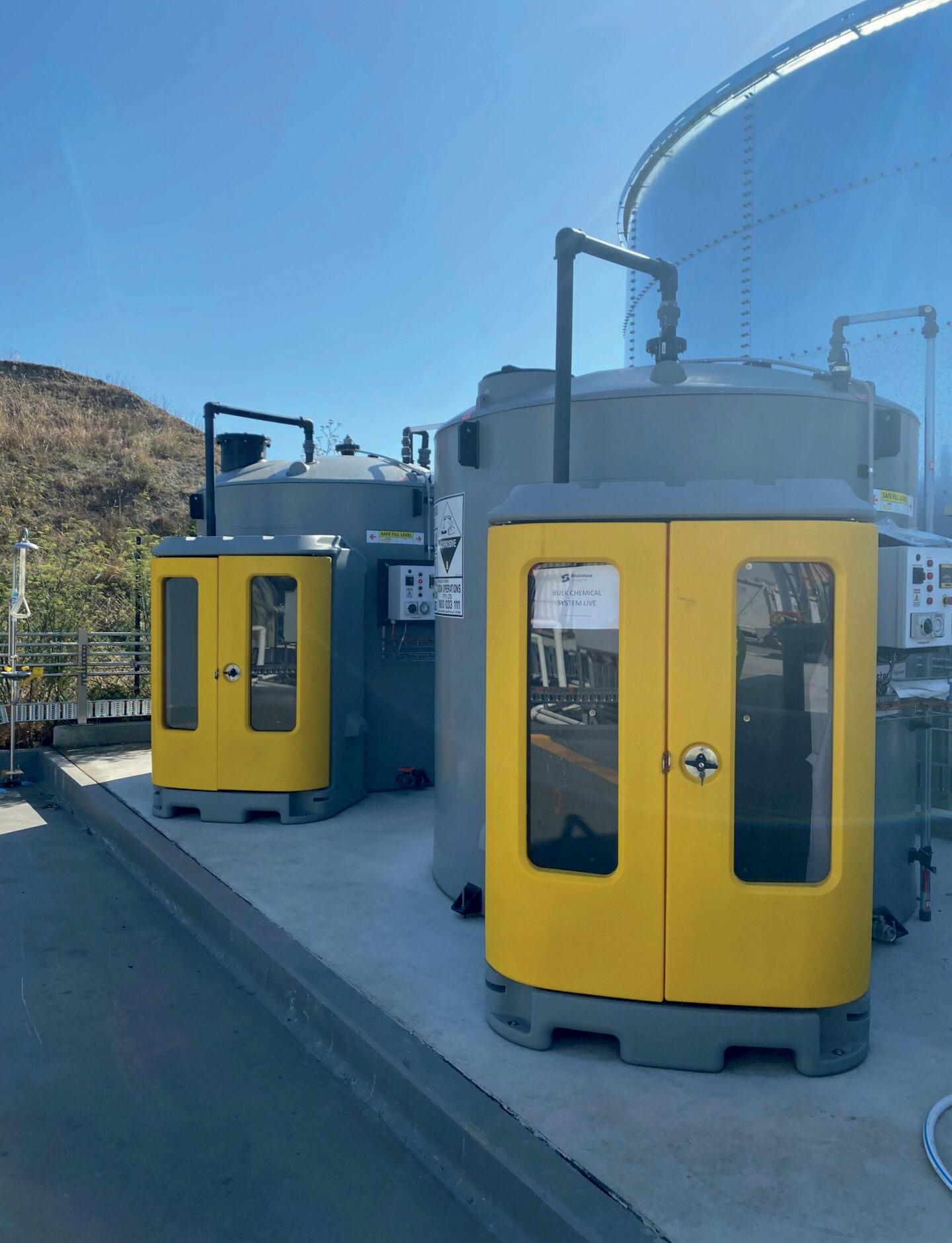
It’s important for a skid to have clear visibility and automatic shut-offs to ensure the safety of operators.
Polymaster’s skids approach this issue by including perspex door panels on the double-door cabinets that house the pipework; to give the operator a clear line of sight to the dosing system.
There is also the option for an actuated valve to be fitted to the ‘in-fill’ pipe to the dosing system, which can automatically close the flow of chemicals in the event of a spill or rupture within the cabinet.
Cabinet bunding allows the temporary containment of any spill keeping the operator and the environment safe. Polymaster also ensures that only tried and tested components are used within the skid.
In addition to the dosing skid, an in-loading truck fill panel can be mounted to the tank for filling compliance and added safety. Chemical tankers can connect and power up via the Polymaster Truck Fill Panel knowing that power will immediately shut off when the high level is reached.
This eliminates the chance of overfilling and harming anyone on-site.
Rather than dealing with multiple suppliers and having to coordinate installers on-site to connect the system, Polymaster provides a factory-fitted, end-to-end solution. This both saves time and provides a single point of contact for any of the components within the skid.
Because Polymaster’s dosing skid is designed to suit a large range of applications, there is minimal wait time for a cost to get into your project budgets.
Polymaster’s unique Enclosed IBC Bund solves many of the problems associated with IBC storage and chemical/fluid decanting in a weather resistant, purpose-built enclosure.
Æ Full weather protection – stops rain entering the enclosure
Æ Easy forklift loading with wide forklift access from both side and back
Æ 250ltr day tank
Æ Lockable cabinet to keep system secure
Æ Venting by two sides
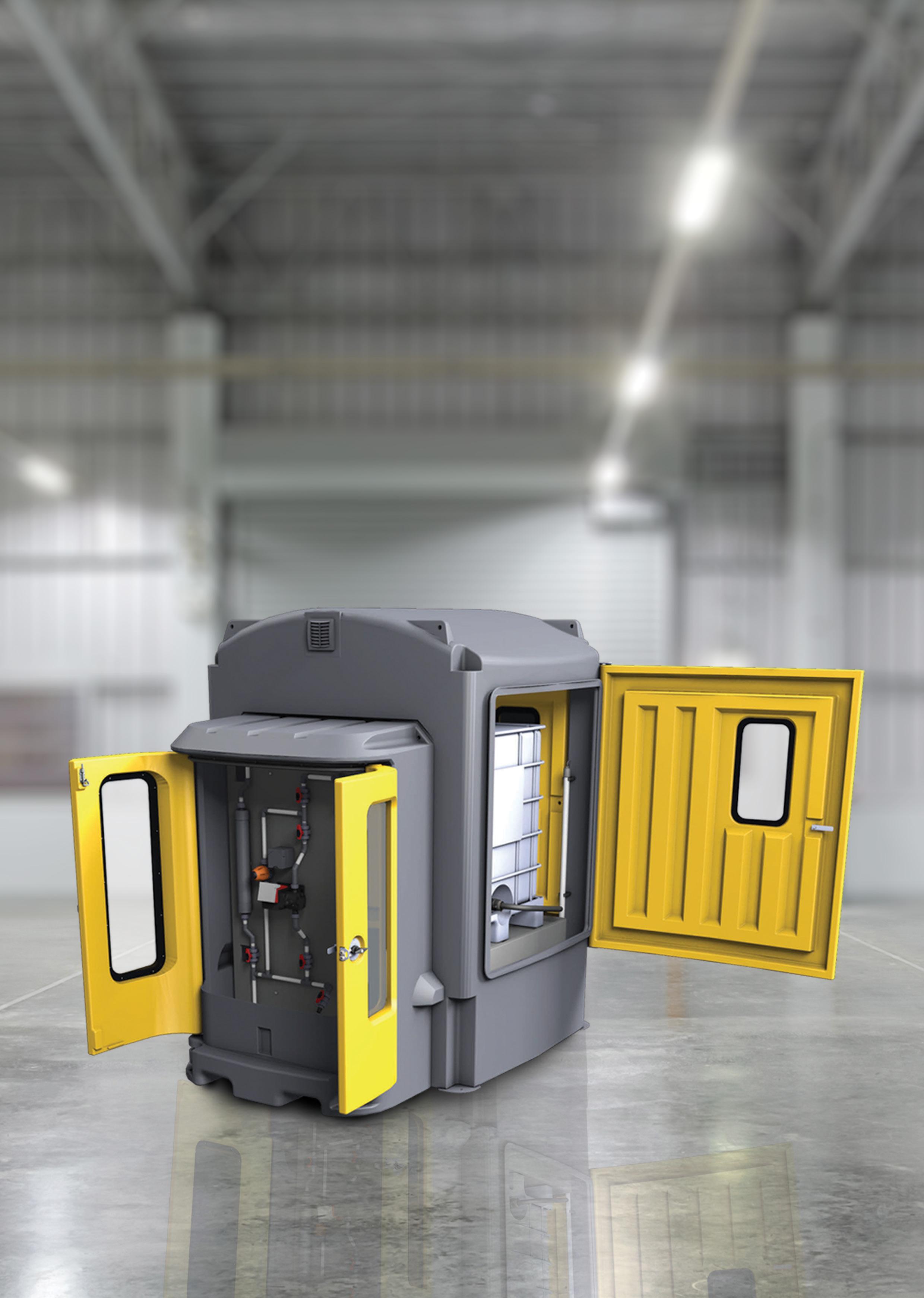
Æ Viewing windows incorporated into the doors
Æ 110% bund capacity complies with AS3780
Æ Low-level alarm available
Æ Chemical resistant – high grade polyethylene construction
As the year draws to a close, the eleventh annual State of the Industry report reflects on how the pump industry fared in 2023 and looks forward to the year ahead. Despite the many challenges facing the industry, 2024 is being ushered in with optimism and is shaping up to be another positive year.

It’s always tough to follow a big milestone – with the State of the Industry report celebrating a decade of being in print in 2023, 2024 has some big shoes to fill.
Not only that, 2024 follows some of the toughest years faced by the pump industry in recent memory – the aftershocks from COVID, particularly in relation to the impacts of lockdown on staffing and the global supply chain, are still being felt throughout the industry.
There was also the huge rise in inflation and interest rates this year that left many businesses and households feeling the pinch, with no sign yet that the economic strain is likely to ease anytime soon.
The 2023 State of the Industry report was somewhat of a mixed bag. Despite an overwhelming majority of companies either meeting or exceeding their expected business growth in 2023, the outlook for the broader industry was not quite as positive with only 62.5 per cent of respondents reporting that they felt the outlook for the pump industry in 2023 was bright.
Sector growth was relatively modest in 2023, perhaps influencing the outlook for 2024. Predictably, the water and wastewater, mining and manufacturing sectors experienced the highest growth, while industries including power generation and plastics and rubber lagged behind.
Despite these many hurdles, the results for State of the Industry 2024 are overwhelmingly positive. Some sectors saw rapid, unpredicted growth, while the vast majority of companies reported meeting or exceeding predicted growth
for the year. Let’s dive in to the nitty gritty and take a look at performance across the industry.
State of the Industry responses 2024
What is your company's outlook for 2024?

Figure 1 The overwhelmingly positive outlook continues in 2023.

The overwhelmingly positive trends from 2023 have continued, as seen in Figure 1. 79.55 per cent of respondents reported a positive outlook for their business for the year ahead, less than ten per cent below last year’s figure of 87.5 per cent.
While this figure is lower than that reported last year, the amount of negative responses has almost halved from 2023, down to 3.41 per cent from 6.25 per cent.
This paints an overall picture of a very positive outlook. While positive responses may have fallen, the fact that negative responses have fallen by almost 50 per cent points to a significant change – few businesses are worried or feeling negatively about the future.
The fact that businesses overall remain positive in their outlooks for the coming year proves that even in tough economic times, the pump industry remains strong.
Neutral responses saw a significant increase, with 14.77 per cent of respondents saying that they felt neutral about their business’ outlook – as opposed to 2023 where neutral responses totaled 3.13 per cent. Unsure votes, however, fell from 3.13 per cent to 2.27 per cent.
One likely explanation for this trend is that coming out of COVID, many businesses felt increasingly positive and secure in the outlook for 2024, while some were still experiencing lingering feelings of uncertainty. Now that the dust from COVID has settled somewhat, continuing on a steady course may actually be desirable for many businesses.
With positive and neutral votes combining to make up 94.32 per cent of responses, the outlook for businesses is trending towards being very positive and very secure. Despite the rising cost of living, it’s fantastic to see that businesses are, on the whole, feeling that the outlook is bright for the pump industry. What industries does your business operate in?
When we look at the industries that respondents operate in (Figure 2), there are clear frontrunners driving business in the industry.
Water and wastewater was the industry the most companies operated in, with 85.71 per cent of respondents reporting working in this sector.
Manufacturing, irrigation, mining, oil and gas, food and beverage, and power generation were also primary sectors
Figure 2 Water and wastewater, manufacturing and irrigation are primary industries respondents operate in.
with more than half of all respondents reporting working in these sectors.
When looking at these figures in relation to positive outlooks for pump businesses, we can get a clearer picture of what sectors opportunities are likely to be found in.

Exceeded expectations
30%
Met expectations
52% Fell short of expectations
18%
Figure 3 The vast majority of companies met or exceeded growth expectations in 2023.
The rising cost of living has had an impact on not just the pump industry, but every industry in Australia. As interest rates, fuel prices and the costs of labour and materials skyrocket, it comes as no surprise that an increased number of respondents said their 2023 performance fell short of expectations.
However, the industry has weathered these impacts well – 30.68 per cent responded that they had exceeded expectations, and 51.14 per cent said company performance met expectations. It’s heartening that even in times of economic uncertainty, businesses are still able to meet their expected projections.
Many companies attributed their success to sales being up, increased distribution and expanding markets.
Several responders also noted internal logistics as having a direct impact on whether expectations were met.
One company said that its “excellent team in manufacturing and specialised sales team” was what steered the company in the right direction.
Conversely, logistics proved an issue for some businesses. Following the pandemic and particularly the effects of lockdowns, staffing has been a critical issue for many industries.
Specialised workers in particular can be difficult to find, with headhunting and competition for staff at an all-time high. One responder noted “a complete lack of manufacturing staff availability” as the most significant factor for lower-thanexpected company performance.
While the number of businesses exceeding expectations is trending down from figures reported for 2022, there are several factors that are likely impacting these numbers. Many respondents noted that broader economic issues impacted performance.
The number of respondents who said their company’s performance fell short of expectations rose this year to 18.18 per cent, almost tripling the previous year’s 6.25 per cent.
However, it’s important to note that the 2022 figures were unusually low in terms of companies not meeting expectations. This is likely a direct impact of COVID, with businesses emerging from global lockdowns able to embrace a solid year of performance.
Did your company's performance meet, exceed or fall short of expectations?
caused dry seasons which took longer than ever, and coal prices dropped down.”
What is the outlook for the Australian pump industry in 2024?

Figure 5 The outlook for the Australian pump industry remains largely positive.


As we can see in Figure 4, with the exception of COVID years, previous reports showed that more than 20 per cent of companies fell short of expectations. In context, this year’s figure of 18.18 per cent is trending down, suggesting that on the whole, companies have been performing well.
Several respondents also noted that destabilisation from multiple wars around the world had affected the global supply chain, including one responder who noted, “Due to economic challenges and the occurrence of war in certain regions of the country, the company has been unable to achieve the anticipated growth.”
The weather also played into company performance, with one respondent noting retail sales and dry weather as key elements. Another responder said, “Weather conditions
2%
There are many factors that are likely to contribute to the outlook for the broader pump industry. These include personal factors, like company performance, and broader factors, such as the cost of living and world economics. Similar to the 2023 survey, the difference in positive outlook for the pump industry as a whole was lower than individual company expectations, with 63.64 per cent of respondents reporting a positive industry outlook (Figure 5).
One important thing to note, however, is that this figure is the highest positive response on record. Positive responses are up more than one percentage point from the 2023 survey, and are up significantly from the numbers reported from 2014–2019 (Figure 6).


What is the outlook for the Australian pump industry in the next year?
These figures indicate that the pump industry as a whole is continuing to grow and thrive in Australia, despite facing economic and logistic difficulties. To see positive outlooks increasing is a real testament to the industry’s ability to adapt in challenging times and grow in new directions.
Negative outlook responses also fell, down to 2.27 per cent from last year’s 3.13 per cent. The fact that negative outlooks have experienced a year-on-year decline suggests that opportunities for business are strong.
Neutral responses fell to 18.18 per cent from 31.25 per cent the previous year. Interestingly, unsure responses had a huge increase – up to 15.91 per cent from 3.13 in 2023.
Looking at the responses as a whole, as well as responses and trends from previous years, a picture emerges of an overall very positive outlook for the pump industry. There is a growing




Figure 6 Positivity for the outlook of the pump industry is higher than most previous years.
contingent of uncertainty as the world continues to experience changes in key areas like economic stability, global supply chain and technological shifts.
However, only a very small percentage of respondents feel that the industry outlook is negative – a fantastic sign for the year ahead.
To better understand the key areas that contribute to these responses, further analysis is important.
Expected versus reported growth, broken down by sector, provides a thorough snapshot of the key factors impacting the pump industry and sheds some light on the reasons companies may or may not have met the expected growth projections from the previous year.
Survey respondents were asked to provide details about the volume of work experienced over key sectors – including mining, water and wastewater, and irrigation – over the past 12



months. We then compared these responses to the growth expectations reported in last year’s State of the Industry survey to see how they stacked up.
As seen in Figure 7, side-by-side comparison of expected versus reported growth shows that all sectors exceeded their growth projections according to respondents, with the exception of the paper and pulp industry.
This is a fantastic result across the board, reflecting a very healthy and robust pump industry in Australia.
It is also particularly good to see following a difficult year in 2022, a year where all sectors fell short of their expected growth, according to respondents.
Water and wastewater and mining were the sectors with the highest expected growth in the 2023 survey. But both sectors outperformed even these high expectations as we can see in Figure 7, highlighting just how critical these sectors are for the pump industry.
Interestingly, the oil and gas and power generation sectors significantly outperformed expectations.
Growth in the power generation sector was almost ten times higher than expected, showing what great potential there is in this sector. Oil and gas growth almost quadrupled
8 Reported sector growth for 2023 was the highest on record from 2019-2023.
what was expected, highlighting another important sector for pump businesses.
The plastics and rubber industry had the lowest expected growth of any sector – however, it too outperformed expectations with modest growth.
Pulp and paper was the only sector to fall short of predictions, and also the only sector to report negative growth. However, only 38.1 per cent of businesses reported working in this sector, so the impacts of negative growth were minimised for many businesses.
When compared to the reported growth from previous years (Figure 8) we can see that 2023 was a record year for growth, with many industries reporting the highest growth on record.
These industries included mining, oil and gas, plastics and rubber, manufacturing, power generation, building services/ HVAC, food and beverage, and irrigation.
Pulp and paper was again the only sector to report the lowest growth on record, perhaps highlighting how much this sector has changed over the years and reflecting how this sector has shrunk, not only as relative to the pump industry but as an industry itself.

The oil and gas and power generation sectors also significantly outperformed previous years, indicating that these sectors may be experiencing a boom that has flow-on effects for the pump industry.
All in all, this year’s reported growth has greatly exceeded expectations, which is very much in line with the positive sentiments reported for both industry and company outlooks.
Sector growth predictions for the year ahead
It comes as no surprise that the exceptional growth experienced this year has led to optimistic predictions for 2024.
How do you expect the volume of work for your business in the following sectors to change in 2024?
Continuing the trends of previous years, the water and wastewater, mining and irrigation sectors are predicted to experience the highest growth in 2024.
We are seeing a big increase in the expected volume of growth in the irrigation sector, with the average growth expected to be more than double that of what was expected from 2019–2023.
One likely reason for this is the increasing national focus on renewables and sustainability. Many respondents also noted that clean energy projects were likely to present opportunities for Australian pump companies in 2024.
One respondent said, “Water and wastewater treatment has become more mainstream compared to three to five years
ago. People are more conscious of what they are using water for and what is in the waste and where the waste is going.”
Another said “more opportunities to get involved with energy efficient and sustainable pumping projects” was likely to have an impact on business opportunities in the coming years.
Predictions for growth in the power generation sector increased significantly from the previous years’ numbers –



in the water and wastewater and mining sectors in 2024.
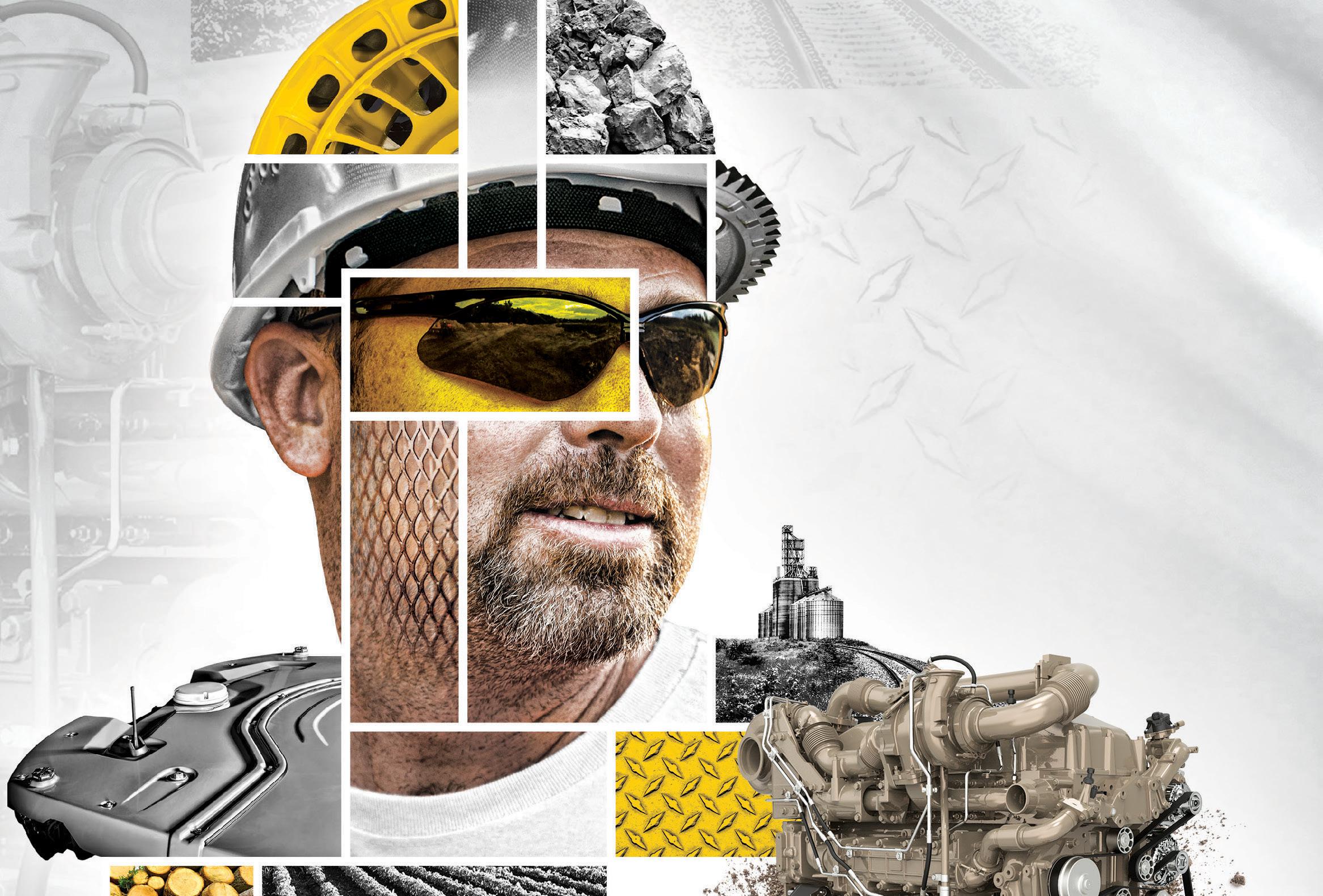
however, the expected growth for 2024 is still lower than the reported growth for 2023.
It’s an interesting contradiction that businesses reported huge growth in this sector for 2023, yet still remain cautious in predictions for the coming year.
Like irrigation, power generation is another sector that is experiencing a boom thanks to a shift in focus to renewable and sustainable energy.
More than a quarter of responders said that projects involving technologies like hydroelectricity, carbon capture and hydrogen storage were shaping the industry in a new way.
One respondent identified “investment in clean fuel technology and upgrades to existing energy infrastructure ahead of the improved availability of renewables” as a major opportunity for Australian pump companies in the next 12–24 months.
Another said that “more opportunities to get involved with energy efficient and sustainable pumping projects” was likely to have a positive impact on the pump industry in the coming year.
It will be very interesting to see in next year’s State of the Industry figures how the power generation sector performs and whether this sector continues to experience the exponential growth seen in 2023.
Another interesting prediction is the growth of the paper and pulp sector – again the highest on record despite the sector yielding negative growth and falling well below expectations in 2023.
This could go one of two ways in 2024: either the sector has seen a temporary decline and the next 12 months will return
positive growth, or we will see the trends of 2023 continue and the optimistic predictions may well fall short of the reality. In a digital age, it’s no surprise that an analogue industry would experience decline – we will have to wait and see what lies ahead for 2024.
It’s important to consider the experience of the end-user when looking at any industry. This year, almost a third of responders were pump end-users, specifiers or purchasers, giving us a unique insight into the factors that influence end-users.
It’s great to see Pump Industry is still a popular choice of information for pump users, with almost two-thirds of endusers noting it as a primary source of information.
We asked end-users what areas related to pumps they would like to better understand, which shed some light on potential knowledge gaps.
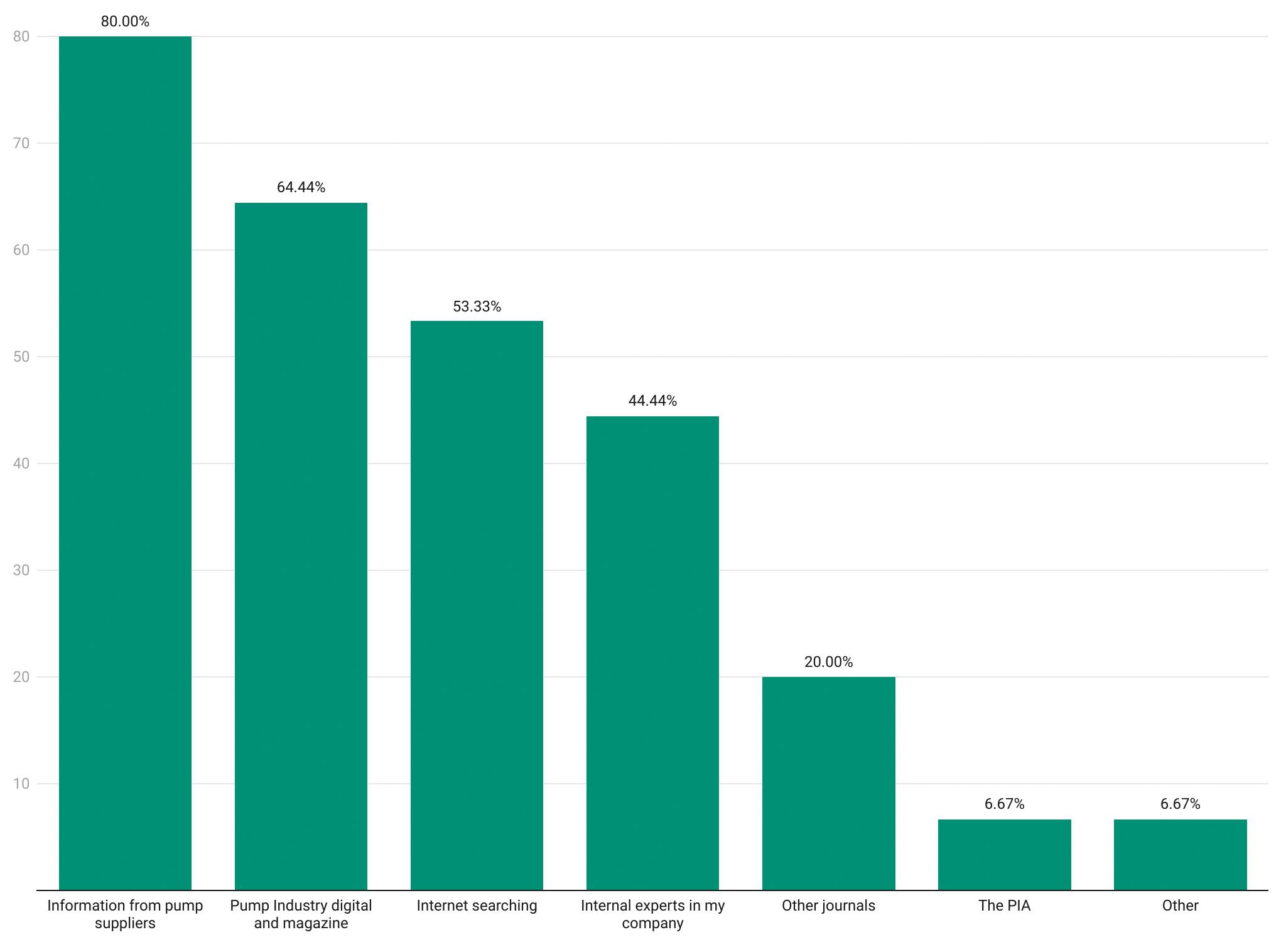
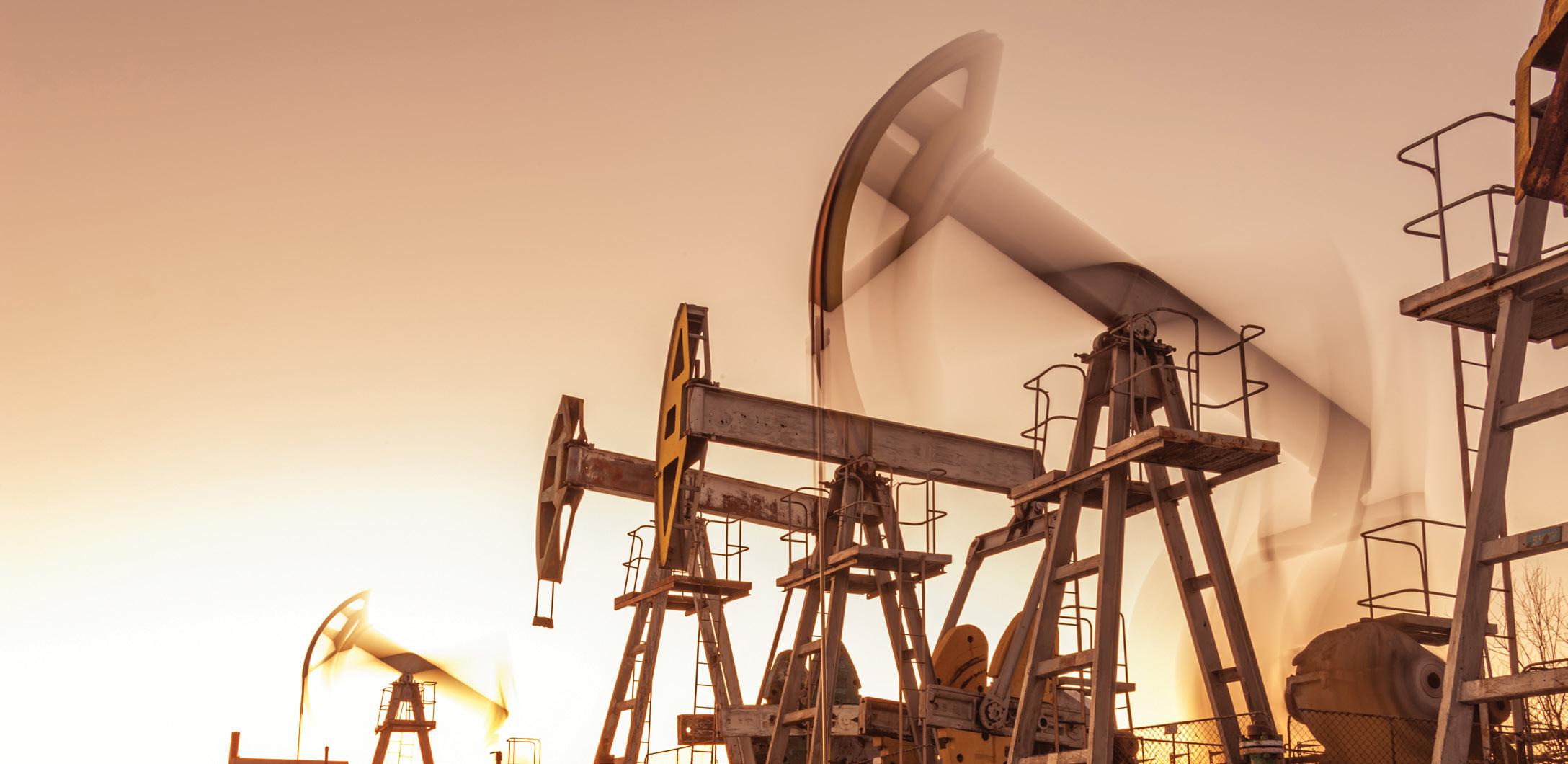
Where do you get your technical information on pumps from?
Many responders said that detailed information about specific pumps would be of great use, including details such as capacity, performance, pump behaviour and characteristics.
One user said they would like to see “more ‘Cheat Sheets’ on pumps – design, manufacture, inspection, testing, codes and standards, lessons learned, checklists, etc."
This could present a great opportunity for pump companies to perhaps collate and produce this information when looking to attract end-users.
Understanding the pros and cons of different pump types is something that is often highlighted as an area that end-users would like to better understand. Wet well vs dry well use in particular was acknowledged as an area that users would like to better understand by many responders.
When asked ‘What is the most important consideration for you when choosing pumping equipment?’ there was one clear answer: reliability. Efficiency was also an important factor for most respondents, while cost concerns were only front-ofmind for a handful of respondents. These answers show that ultimately, users are not afraid to spend more for quality pumps.
predicted impact of potential factors
How do you feel the below trends will impact the pump industry in 2024?
One explanation for this is that, following a tough economic year with high inflation and increased interest rates, the outlook for 2024 is expected to return to a more steady, robust economy.
This figure may also be influenced by Australia’s close trading relationship with China, where our dollar remains strong and steady.
Inflation and cost-of-living increases
It will come as no surprise that inflation and increased cost of living are predicted to have a negative impact in 2024.
Australia’s annual inflation rate is currently 5.4 per cent, its highest level since 2011. Finder’s cost-of-living pressure gauge, which measures economic strain, reached 79 per cent at the end of November, determining that Australians were at an ‘extreme’ level of economic strain.
Some relief is expected to hit in 2024, however it is unlikely to be in the first half of the year with some experts predicting another interest rate rise in February bringing the rate to 4.60 per cent.
The general consensus is that inflation will ease in midto-late 2024, with interest rates expected to be lowered in December 2024.
The 2023 survey predicted that rising interest rates, increased cost of living and supply chain issues would be one of the key challenges that the industry would face in 2023. We asked whether respondents did indeed find this to be the case,
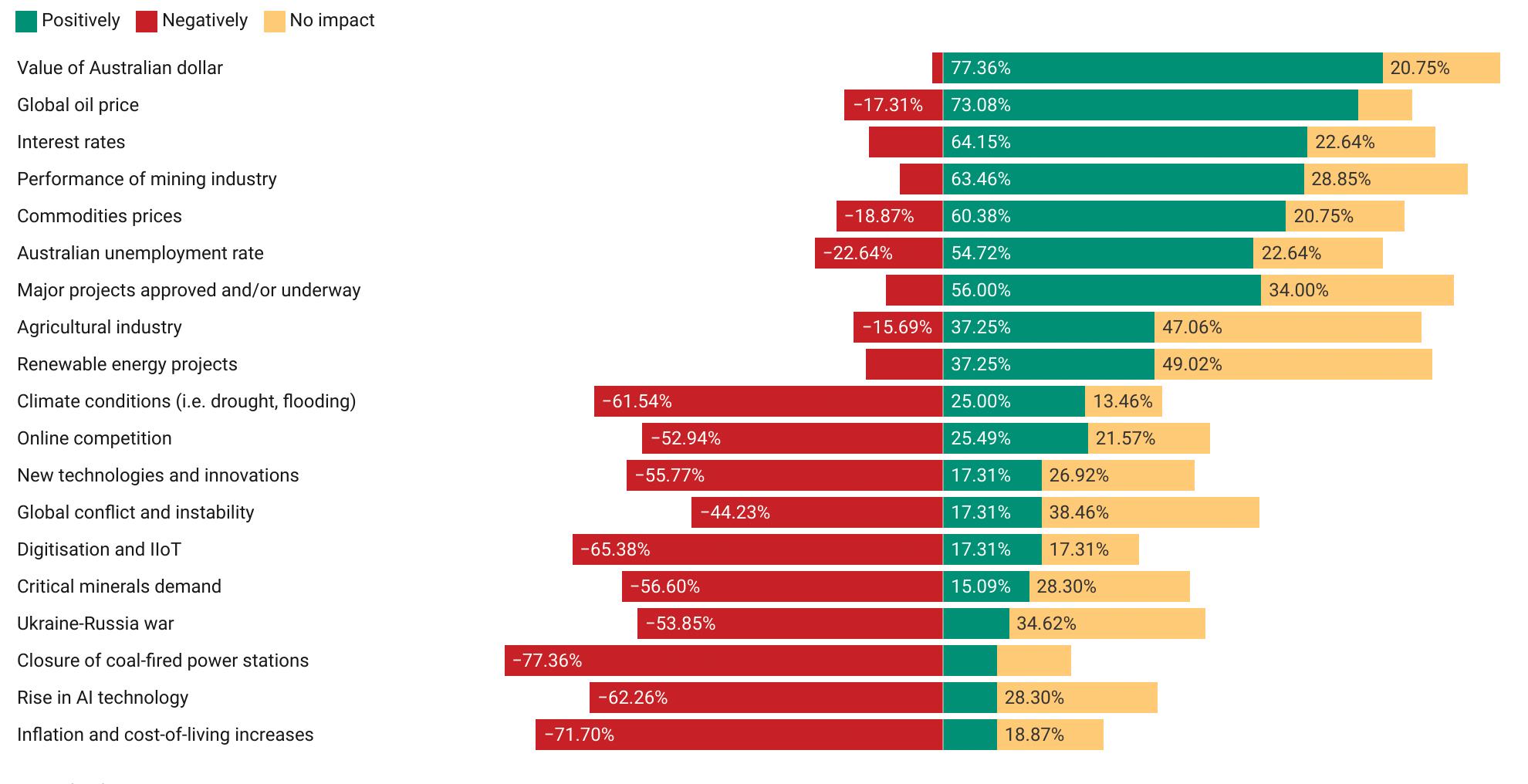
The value of the Australian dollar plays a big role in the success of the pump industry.
Despite some turbulent times for the Australian dollar in recent months and years, 77.36 per cent of respondents said that they believed it would have a positive impact on the pump industry in 2024.
This is quite a departure from the 2023 survey, where only 16.67 per cent of respondents felt the Aussie dollar would have a positive impact on the industry and 62.5 per cent felt it would have a negative impact.
It’s interesting to note such positivity, coming at a time when the dollar has experienced a slight decline in value on world markets.
and whether it was expected that these factors would continue to affect the sector over the next 12 months.
While the majority of respondents said that they did find these to be key challenges in 2023, quite a few noted other challenges as being bigger hurdles.
One responder noted, “The biggest issue facing our business was supply chain availability. I see this as our biggest issue over the next 12 months.”
One responder said, “The mining industry is strong currently, with huge prospects in all sectors. Only the steel industry is suffering with the closure of coal-fired power stations.”
Another said “There may be a period or two of slow sales, but overall it will be work that will still need to be done.”
Several respondents said that they believed 2024 was likely to be tougher than 2023 in respect to interest rates and the

cost of living, with one respondent noting, “I think we will see more of these impacts in 2024.”
While these predictions for 2024 may sound grim, it’s important to note that despite a tough and challenging year inflation-wise in 2023, most companies in the industry still reported growth. While this may not be enough to entirely mitigate the impacts of inflation and the rising costs of living, it is a sign that the industry will continue to drive business growth despite these factors.
Further, almost two-thirds of respondents predicted that interest rates were actually likely to have a positive impact on the industry in 2024. This indicates that while times may be tough within Australia, global interest rates are balancing out some of this difficulty for Australian companies.
Investment
Continuing a trend from the 2023 survey, respondents noted that major projects approved and/or underway were likely to have a positive impact on the sector in the coming year. It comes as renewable energy and clean water projects were front and centre of both federal and state budgets this year, which is encouraging for the industry.
The Federal Budget 2023-24 highlighted Australia's $120 billion infrastructure pipeline and sustainability projects as key areas of development, with major project funding including:
• $2 billion for the Hydrogen Headstart initiative, supporting the biggest green hydrogen projects to be built in Australia
• $38.2 million for a Guarantee of Origin scheme, which will certify renewable energy and track and verify emissions from clean energy products – in particular hydrogen
• Funding for the initial auctions of the Capacity Investment Scheme with the Commonwealth underwriting investment, which will bring on new supply of clean, dispatchable power across the country
• $46.5 million to the Australian Energy Regulator to regulate energy markets and protect consumers through the transformation
• $12 billion of its $20 billion investment in Rewiring the Nation to transformational transmission projects, including:
» $1 billion in Tasmania’s Battery of the Nation projects
» $1.5 billion towards Renewable Energy Zones and offshore wind in Victoria
» $4.7 billion to unlock critical transmission in New South Wales
» $5.6 million for further work before the end of 2023 on the best ways to leverage Australia’s competitive strengths in renewable energy, critical minerals and highly skilled workforce to accelerate our other clean industrial and manufacturing capabilities
Clean, renewable energy and water was a major focus for state budgets as well. In New South Wales, the scrapping of the project to raise the wall of the Wyangala dam at Cowra was among some of the budget cuts, potentially impacting the industry.
The Queensland state budget included a $1.7 billion spend on water infrastructure and planning. An extra $440 million, on top of $100 million already committed, was committed to progress the upgrade and raising of the Burdekin Falls Dam, the state’s largest water storage asset. $116.4 million was also allocated to continue pre-construction activities prior to major construction works on other water infrastructure projects commencing late 2024.
Victoria’s budget also detailed some big spending on water infrastructure, including:
• $10 million Green Links fund, protecting Melbourne’s urban waterways
• $12.4 million towards opening up new opportunities for people to enjoy recreation at Tarago Reservoir
• $1.2 million further investment to continue the benefits achieved through the Central and Gippsland Region
Sustainable Water Strategy, including the Community Rebate Program and the community housing retrofit program
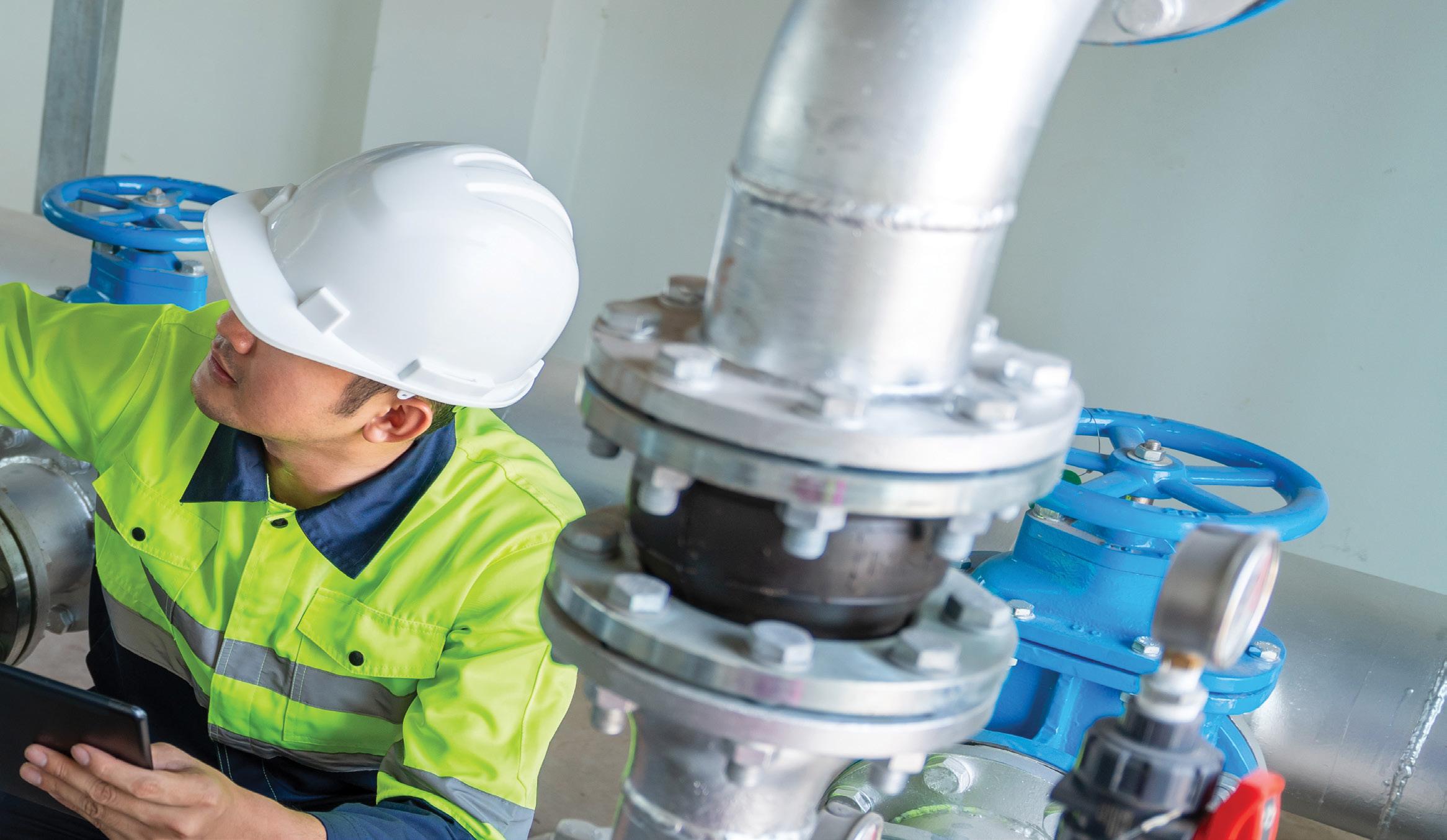
Western Australia’s water budget focussed on the works at the new Alkimos Seawater Desalination Plant, with $65.3 million in funding committed to this project alone.
Digitisation, IoT and the rise of AI technology
Digitisation, the Internet of Things (IoT) and a rise in AI technology are predicted to have a largely negative impact on the pump industry in 2024, with only a small proportion of respondents believing these technologies would positively impact the industry.
This is an interesting response, as these technologies have proved useful in some circumstances for pumps. In most cases, these technologies are used in tandem with traditional pump equipment, not in place of.
However, in the longer answer section, when asked what opportunities energy efficiency, pump performance
management and/or smart technology and digitisation would provide businesses in 2024, the responses were more positive.
One responder pointed to the increased awareness of carbon emissions as a factor in the uptake of smart pumps, noting “Greater opportunities to sell the correct products to the end user. End user to have more awareness of asset life costing and carbon emissions”.
Another responder said, “Smart pump technology is at the core of our business and an important contributor to growth.”
Another said, “Depending on the client, it should pave the way for many system upgrades.”
Smart pumps and IoT are becoming increasingly common, particularly in larger-scale applications for businesses. One example is automated irrigation systems. IoT and simple AI technologies can be used with most types of irrigation
From small







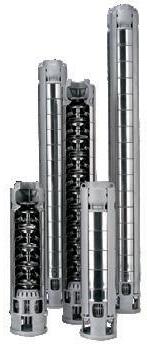


pumps, enabling farms and other irrigation users to automate watering, pumping and energy storage processes.
These technologies also enable a transition away from fossil fuels and non-renewable energy sources, a positive change for all.
Mining impacts and commodity prices
The performance of the mining industry is expected to have a positive impact on the pump industry in 2024, with 63.46 per cent of respondents noting that this would likely be a positive factor.
It’s an interesting shift in perspective from the 2023 survey, which found an almost even divide between positive and negative expectations for the mining industry’s impact on the pump industry.
One reason for this change is likely to be increased investment in mining on state and federal levels, particularly in relation to critical minerals. The Federal Budget 2023–24 includes critical minerals spending of:
• $57.1 million for the established Critical Minerals
International Partnerships Program, aimed at stepping up international engagement, to attract investment from likeminded partners and accelerate projects of strategic interest
• $21.2 million to ensure the ongoing operations of the Critical Minerals Office – driving policies, programs and international engagement
• $2.2 million for the Treasury to establish data analysis capabilities to track foreign investment patterns and compliance in the critical minerals sector
In Western Australia, where the mining and resources sector drove a $4.2 billion surplus for 2022–23 accounting for 29.5 per cent of government revenue, spending on mining continues to boom. Western Australian State Budget 2023–24 funding included:
• $40 million for the Sustainable Geoscience Investments package to accelerate critical minerals discoveries, assisting the state in meeting the demand for minerals used in technologies such as electric vehicles, energy storage and batteries
• $28.2 million to expand invest and trade initiatives, including establishing a new Invest and Trade Western Australian
• $136 million to support critical port infrastructure –including technology investments at Southern Ports, and expansion of wharf facilities at the Port of Broome to support the export of mineral sands
• $2 million to continue the LNG Jobs Taskforce for a further two years
• $16.1 million increase in funding for the Exploration Incentive Scheme – a new geophysics co-funded programme that will drive investment into the precompetitive data and greenfield drilling that will discover the mines of the future
• $6.2 million investment in magnetotelluric data acquisition
• A $4 million increase in funding for the Minerals Research Institute of Western Australia
• $3 billion investment in Climate Change and energy storage, with $2.8 billion delivering the Collie Battery, wind power and transmission upgrades across the electricity grid that will help Western Australia decarbonise
• $1.3 million from the Climate Action Fund for four studies to underpin the work of the Heavy Industry Sectoral Emissions Reduction Strategy
• $35 million increase in investment into Strategic Industrial Areas
• $370.9 million for the Westport project
• $3.3million towards bionic lifting equipment for the Core Libraries at Carlisle and Kalgoorlie, making one of Australia’s greatest data resources more accessible
The mining surplus in Western Australia for 2023 was $2.4 billion higher than what was forecast in 2022, primarily thanks to Western Australia’s strong iron ore sector.
It was a similar story in the Northern Territory, where the resources industry contributes 37 per cent of the Northern Territory GSP, with the value of the Territory’s minerals output reaching $4.9 billion in 2021–2022 – an increase of 13.6 per cent on the previous year.
Australia is edging forward as a world-leading supplier of critical minerals, and with renewable energy technologies becoming more in-demand, this sector is likely to be a strong growth area for many years to come.

An interesting response to the question of how trends are likely to impact the pump industry in 2024, was the majority positive vote for the unemployment rate.
More than half (54.72 per cent) of respondents predicted that this would positively impact the industry, while only 22.64 per cent believed it is likely to have a negative impact.
The unemployment rate currently stands at 3.7 per cent, remaining steady in terms of both month-on-month and year-on-year comparison. Australia saw a huge jump in the unemployment rate during the height of the COVID pandemic, reaching 7.5 per cent in June 2020.
The 2023 Skills Priority List showed that 36 per cent of occupations were in national shortage.
Among these are mechanical engineering draftspersons and technicians, which are professions listed as a shortage in every state in Australia. This is a trend which has continued from the 2022 Skills Priority List, which also reported these professions as experiencing shortages.
Continuing another trend from the 2022 skills list, technicians and trades workers are also listed as being in shortage across the country.
However, the news is better in the construction and oil and gas industries, with concrete pump operators not experiencing a shortage in any state and gas or petroleum operators only experiencing a shortage in South Australia.
Staffing remains a divisive issue in the pump industry – many businesses reported that staffing shortages had a negative impact in 2023, whilst others reported that their teams of staff had a direct positive impact on company performance.
When asked what the major challenges for pump companies in Australia in the next 12–24 months would be, many respondents reported staffing issues as a major challenge.
One responder noted that finding “skilled staff” was likely to be a major challenge for the industry in the coming years, indicating that specialised roles may become harder to fill.
Several respondents also noted the high cost of labour within Australia as a challenge, with one responder acknowledging “supply of skilled pump technicians and increase in wages demands” as a big challenge in the coming year.
Perhaps the decreased unemployment rate suggests that workers will be easier to find, and skilled tradespeople may be easier to access across the board.
This will be an interesting space to watch in 2024 and to see what the future holds in next year’s State of the Industry.
Opportunities for the pump industry going forward
Renewable energy boom
Renewable energy is fast becoming one of Australia’s biggest growth areas, with the Federal Government having turbo-charged investment in renewables to pave the path to net zero.
Wind energy is particularly likely to take off in the coming years. The Federal Government and Victorian State Government are joining forces to fast-track Victorian renewable energy zones and offshore wind development, with concessional financing through Rewiring the Nation of $1.5 billion for renewable projects in Victoria, including offshore wind projects, and $750 million for the Victoria-New South Wales Interconnector (VNI West) KerangLink.
Similarly, the New South Wales State Government and Federal Government have announced they would establish eight critical transmission and renewable energy zone projects in the state, with $4.7 billion funding allocated via Rewiring the Nation funding and $3.1 billion from the NSW Transmission Acceleration Facility.
Projects like these present great potential for the pump industry, with opportunities for business in construction, installation, maintenance and equipment supply.
Distributed energy resources – that is, energy resources that do not rely on the main power grid to provide power – are becoming increasingly important as the nation prepares for hot summers and the potential for bushfires.
Personal generators, solar power and other individual energy sources can be great tools in combatting the effects of bushfires and other extreme weather events.
For the pump industry, combining tools such as irrigation pumps and firefighting pumps with distributed energy resources presents a great opportunity not only for business, but to help protect the country from bushfires.
In a report released by the University of New South Wales Energy Sustainability through Knowledge and Information Exchange and Sharing project, titled Energy Resilience in Bushfires and Extreme Weather Events, distributed energy resources were highlighted as being crucial to communities battling extreme weather conditions.
Despite many hurdles this year, all indications show that businesses across the pump industry weathered these challenges extremely well.
In a year that saw huge rises in inflation, interest rates and the cost of labour and materials, to have a vast majority of businesses still report positive growth is a testament to the industry’s tenacity and importance in the Australian economy.
Although there are challenges likely to be faced in the coming year, there are also a lot of positives to look forward to – increased investment in critical minerals mining, renewable energy infrastructure and irrigation is likely to present some great business opportunities across the industry.
And with interest rates likely to begin to fall by late 2024, it’s set to be another winning year for the pump industry.
Significant savings and efficiencies can be gained by gaining a holistic insight into the health of standalone assets at a factory or plant, according to IoT expert Freddie Coertze.
“Often non-processing infrastructure such as air compressors or refrigeration units are delivered as standalone assets and are not part of the production process and SCADA system, meaning there is no visibility on these assets,” said Mr Coertze, the National IoT Business Manager for ifm Australia.
“Yet these units can use a lot of energy. So for the average plant or factory it can be difficult to collect from these in addition to the equipment used in their processing.”
This is where the moneo IoT platform can be deployed.
“This platform can sit between the assets as a middleware, collecting data and informing as to the equipment’s performance,” he said.
“With its in-built DataScience toolbox, it will advise as to the best conditions for efficiency. For example, rather than coming in everyday and turning an asset on at 24 degrees, it will advise whether that temperature is required and is the most efficient use of energy.”
Mr Coertze cites an example of an air compressor unit that had a blocked filter.
“As the moneo DataScience toolbox examines the whole system based on real-time data and historic data, as well as inputs that engineers have fed into the software, it provides a good look at the entire system, not just the compressed air, but moisture, pressure and other performance factors,” he said.
“In one case, moneo was able to detect an anomaly with the suction of an air compressor out at a factory. They discovered it was due to a blocked filter and were easily able to action that.”
If not for moneo, Mr Coertze said the factory wouldn’t have checked the filter.
“Instead, they would have not noticed any evidence of an issue until the whole unit started to vibrate and already at that stage it is beginning to fail.
“The real benefit of this moneo software platform is in its ability to gain a holistic view and predict issues before they become costly. It’s not just about preventing a catastrophic failure, it’s about optimising the asset’s health and lifespan.”
According to Mr Coertze, water tracking is another way in which moneo can be utilised – not just to track water usage at a plant, but to ensure water that is released back into the environment or sewerage system is of an acceptable quality.
“Again, moneo can collect data from several inputs and can be integrated with existing IT infrastructure or run separately. In the case of water tracking, this has become an important issue for many plants as they can get fined by their local council if the water quality is not up to standard,” he said.
“With moneo and our sensor hardware, we can provide a turnkey solution to ensure the water treatment a facility has in place is effective so that any fats, oils or other harmful substances are removed from the water before it is released down the drain.”
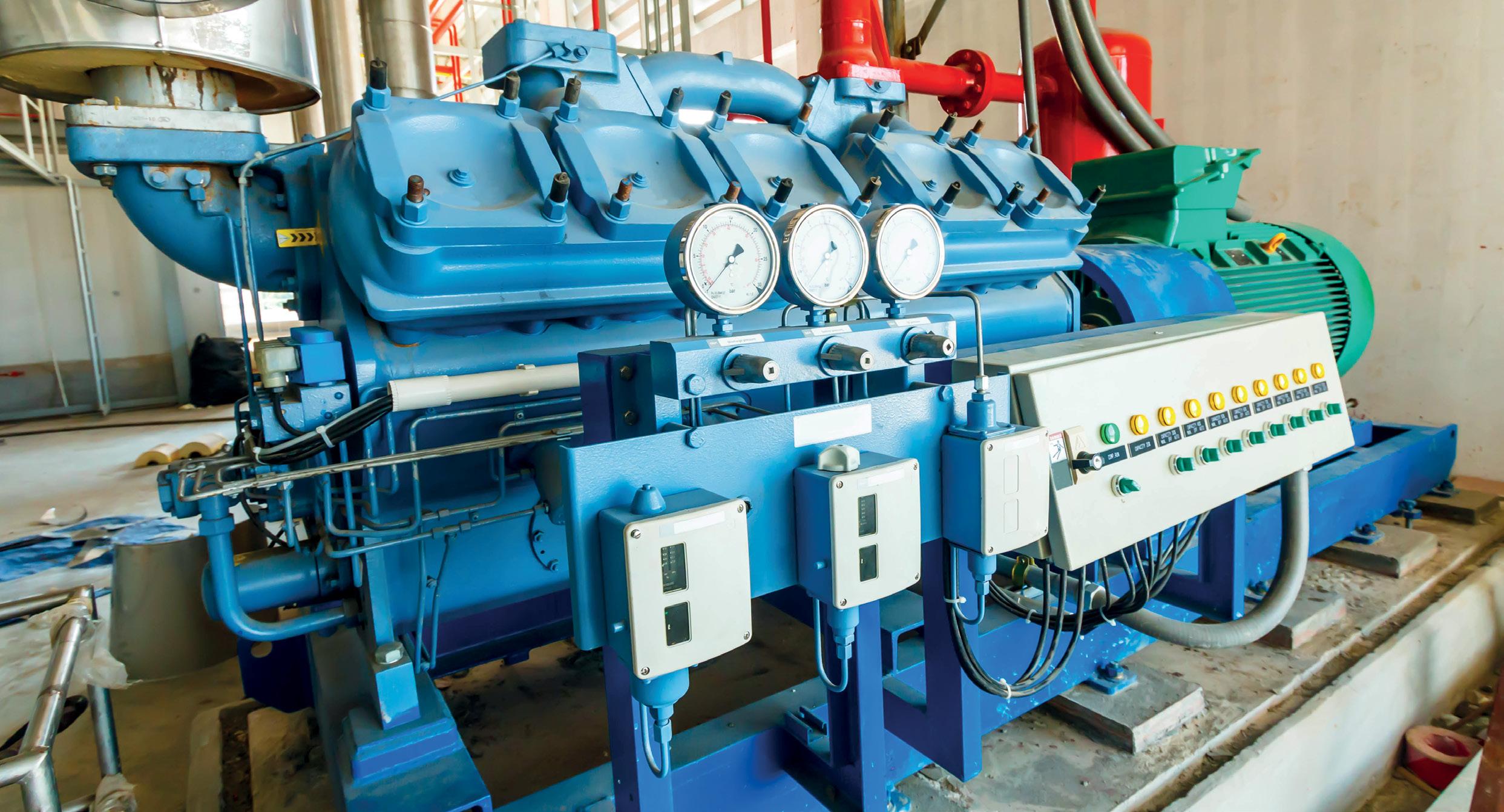
Are you relying solely on historical data to inform decisions? Stand out from the rest with livestream analytics.
The ifm moneo platform goes beyond monitoring and detection, it gives you full visibility and control over your assets allowing you to perform maintenance at optimal times.


You don’t need a data scientist or analytics expert to know the condition of your machinery. A self-service tool that enables successful predictive maintenance programs through the help of artificial intelligence methods.



Pump stations and submersible pumps face many challenges causing unplanned breakdowns. The moneo solution can detect the following issues:
n Predictive monitoring of bearings, gears and electric motors
n Rotating pump parts
n Pumps rotor and valves
n Water pressure, temperature and flow rate at the pumps outlets
n Faulty or damaged bearings
n Faulty or damaged seals
n Wear issues and rub issues
n Imbalance
n Cavitation
n Looseness
n Unusually high signatures in grinders and macerators


As temperatures rise across Australia and preparation for summer begins, bushfires are front of mind for many. To weather this weather with the least amount of damage a robust, multilayered approach to disaster response is essential. Here, we take a look at the important role of distributed energy resources in disaster response and the critical role of pumps in powering these resources.

One of the biggest problems faced during natural disasters is the loss of critical energydependent services. Energy grids are often impacted by natural disasters, as they are not designed to withstand extreme weather conditions. Powerlines can be easily taken out by fire and wind, while power generation sites can also be heavily impacted by flood and fire. If energy grids are not able to persevere through natural disasters, the knock-on effects to essential services that are critical to survival can be devastating. These effects can be particularly devastating to rural and remote communities. Rural and remote communities often bear the brunt of natural disasters – they are likely to be closer to bushland and water sources, which can provide fuel for fire and flood. Rural and remote communities are also vulnerable to loss of electricity as they tend to be far away from energy centres, meaning that when the electricity supply is interrupted it can take much longer to reconnect.
The University of New South Wales (UNSW) developed the Energy Sustainability through Knowledge and Information Exchange and Sharing (ESKIES) project, funded by the NSW Reconstruction Authority’s Bushfire Community Resilience and Recovery Fund, in the wake of the Black Summer bushfires. The ESKIES project aims to increase understanding of the role of solar, batteries and other distributed energy resources (DER) in maintaining electricity supply to regional and rural communities during bushfires and other disruptions to the electricity grid.
UNSW ESKIES recently released a report on this subject, Energy Resilience in Bushfires and Extreme Weather Events
The report found that DER play a pivotal role during times of crisis, especially for rural and remote communities. What are distributed energy resources?
DER essentially refers to any energy resources that do not rely on the standard electricity grid to provide power. The Australian Renewable Energy
Agency explains, “DER is the name given to renewable energy units or systems that are commonly located at houses or businesses to provide power. DER can also be referred to as ‘behind the meter’ resources, because the electricity is generated or managed ‘behind’ the electricity meter in the home or business. Common examples of DER include rooftop solar PV units, individual generators, battery storage, thermal energy storage, electric vehicles and chargers, smart meters, and home energy management technologies.”
The reason that DER play such a critical role in natural disaster management is that larger energy grids are much more likely to be affected by extreme weather events. Grid outages affect communities in multiple ways, such as the loss of basic services like water, refrigeration and sewage, as well as loss of communication. Timely, accurate communication is one of the most important aspects of disaster management, particularly for safety and mitigating impacts to people and property.
Utilising DER during bushfires and other natural disasters is a complex task. Regional and rural areas are much more likely to be impacted by natural disasters than major cities and urban areas – and while this can present many challenges, these areas are also more likely to have access to DER.
Personal renewable energy sources make up the majority of DER. These include solar energy systems, hydroelectric power, batteries, electric vehicles, wind power, and more. These DER are unlikely to be impacted until very critical stages of natural disasters, if at all. They do not rely on power grids and as such are unaffected by damage to those grids that would normally cause outages.
On rural properties, personal renewable energy sources are often used to power facilities, which may be extremely helpful during bushfires and other natural disasters. One example of this is that many rural farms use solar
or hydro-powered irrigation systems, which connect pumps to renewable energy sources for power. These systems tend to be much more resilient to extreme weather than irrigation systems that rely on grid energy, meaning that they can continue to be used during weather events and can even be adapted for uses dependent on the situation.
The type of pumps used in these instances may affect the uses and suitability – for example, a variable speed self-priming pump with inverter technology may be able to continue to pump and deliver water even if not submerged, and can also potentially be used for drinking water. Farms that utilise larger-scale irrigation systems, involving multiple irrigators and pumped hydro as a power source, may be able to continue producing and distributing water through a bushfire.
DER-powered irrigation presents a great asset for fighting bushfires. Being able to power a water source that can continue to disperse water can be extremely beneficial in protecting land, animals and people. While irrigation systems may not be able to protect huge swathes of land, they may provide enough protection for small communities to be able to congregate and remain in a place of relative safety. DER-powered irrigation may also provide a source of drinking water during times when clean, flowing water is not readily available.
Rural properties are also much more likely to have generators, another DER, on hand than urban homes. Generators vary greatly in size and capacity; from small, transportable, lower-energy personal generators such as those used for camping, to large, immovable generators used as backup power for entire homes or businesses.
No matter the size, generators are a great resource during blackouts when power grids are impacted by natural disasters. Small generators can be moved around to power small communications devices and charge
batteries, while large generators may be used to turn a building or residence into a resilient energy centre for community members to be able to access essential facilities in times of crisis.
‘Resilient energy centres’ is a term used in the ESKIES report. One key finding of the report was that with a resilient energy supply, buildings can provide a space for people to gather and share information and resources, becoming what it termed resilient energy centres. These resilient energy centres are not the same as official emergency relief centres – they can increase community resilience by providing multiple energy services to the community during grid outages, including:
• Communications, such as internet, phone and radio connection and phone charging
• Air-conditioning and/or filtration
• Refrigeration for storage food and medicine
• Cooking facilities
• Water supply for drinking, washing, laundry Generators can also be used to run water pumps, including those specifically designed for fighting fires. Firefighting pumps connect to
a generator at one end and a hose at the other. They are able to pump water at a high flow rate whilst also being lightweight and transportable for easy manoeuvring.
The type and size of firefighting pumps varies considerably, with different sizes having different applications and flow rates. Pumps between 1″ and 1.5″ are ideal for water transfer and reliable backup fire protection during bushfire emergencies, able to be quickly deployed and operational within minutes. Firefighting pumps of this size generally have a flow rate of up to 230L/minute.
When it comes to drawing water from pools, water tanks and dams 2″ fire pumps are ideal. These pumps are versatile and powerful, and can be used for firefighting, irrigation and other purposes. Typically 2″ firefighting pumps are able to pump in excess of 550L/ minute.
For bigger jobs, 3″ and 4″ fire pumps are a great solution. While not as easily transportable as the smallersized fire pumps, fire pumps of this size offer greater efficacy in critical situations. Three and four-inch pumps are used frequently by farmers and civil contractors, serving both fire
The Kelair-Blivet is a stand-alone packaged sewage treatment plant, designed to accept raw (unsettled) sewage and produce a high quality final effluent without the need for ancillary tankage or equipment.
Compact, flexible, modular system suitable for:
- Environmentally sensitive sites
- Townships and villages
- Construction and remote sites
- Areas not connected to mains
We know the importance of choosing the right equipment to match your process. With our extensive range of pumps, first class customer service and ongoing comprehensive support, Kelair Pumps are second to none when it comes to your pumping requirements.
suppression and water transfer needs. Pumps of this size can reach flow capacities of roughly 795L/minute.
Be prepared
While the ESKIES report found that there is no one-size-fits-all solution to managing bushfires and other natural disasters, distributed energy resources present a crucial solution in a variety of ways. Ensuring that communities have access to a variety of DER is extremely important; planning ahead and ensuring that these resources are on hand prior to a crisis unfolding is paramount.
Pumps play an important role in mitigating damage and loss during bushfires and are a critical component of a robust bushfire management system. Firefighting pumps especially should be considered a strong investment for any regional or remote community that is likely to be affected by bushfires. Irrigation systems, too, should be incorporated into the broader strategy for defence against extreme weather such as bushfires. While these tools may not mitigate any damage whatsoever, they are likely to provide great protection for individuals and communities during the fire season.


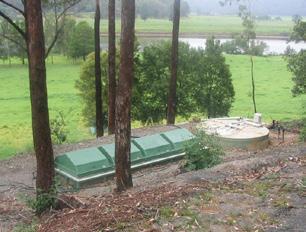


Most renewable power projects are in need of a pump and this is definitely the case for concentrated solar power (CSP), a technology built on generating power from the sun’s energy through heat. Thanks to national research and investments, CSP has been building in popularity. Now, its potential is being tested under the Australian sun to help the nation reach net zero – all thanks to pumps.
With so many renewable energy sources available –from wind, pumped hydro, and traditional solar PV –boasting technology that has been tried and tested, why are organisations like CSIRO and ARENA still investing in and researching new technologies?
Australia has a diverse environment. With its climate, large land mass and domestic resources mix just a few of the variables in play there is no singular solution to ensuring Australia’s energy can be renewable and sustainable for future generations. Hand-in-hand with the developing technology, especially as it relates to concentrated solar thermal power, will be the pump industry.
What is concentrated solar power?
CSP, sometimes known more as concentrated solar thermal (CST), is a building power generation option in Australia.
When developed, CSP plants look like something out of a sci-fi movie. Rather than the horizontal rows of solar panels commonly seen in standard solar PV farms, CSP arranges the mirror panels (or heliostats) in a circular fashion around a large, central solar receiver. The mirrors reflect sunlight onto the receiver. Inside the receiver can either be thermal oil, water, or molten salt or sodium. This material is then heated through the sun and the reflection from the heliostats. Next, the heated resource is pumped to a boiler where it’s converted into steam to drive the generator, which then generates electricity.
CSP works in contrast to its solar PV counterparts as PV panels instead directly convert sunlight into electricity. The panels absorb light, loosen electrons and create a direct DC current. It’s then turned into AC power, usually through inverters, appropriate for a power network.
CSP is also advantageous over solar PV because the captured heat can be stored over longer periods of time and with less energy loss in a cost-effective way, meaning electricity can be generated even when the sun isn’t shining.
Molten salt pumps
For many types of CST, the plant salt will be heated to molten and to transfer the heated, molten salt from the tower receiver to a boiler requires a molten salt pump.
Four major pump types are used to transfer molten salt, and the type of pump used depends on the temperature of the molten salt: vertical cantilever pumps, vertical pumps, vertical submerged bearing pumps and axial flow pumps.
Due to the nature of molten salt, there are some critical aspects of molten salt pumps that must be taken into consideration when analysing the best design to use. The choice of pump type depends on factors such as the specific requirements of the application, temperature considerations, space constraints, and the need for efficient fluid circulation.
Safety is also an important concern in molten salt pump designs and choices. If any moisture reaches the salt tank, solids can form or high corrosion can occur. This means the pump's rotating shaft must be sealed correctly and take into account the heat migration and the seal’s operating temperature.
Other considerations include the need for heat fans to reduce migrating temperatures up the shaft, and to conduct thermal and stress modelling to ensure that there are no stress breaks or potential for unwanted distortion.
Since 2011, ARENA has funded and supported multiple CSP projects and plants. Many of these include pilot and technology research or testing to make the technology more viable, and find more cost-effective solutions.
Due to CSP still being a relatively new application across Australia’s energy landscape, new pilots and projects are designed to help future developments. This includes helping to remove barriers to CSP uptake, increasing the cost and technical performance knowledge of CSP and improving overall technology and commercial readiness of the CST and CSP technology as an alternative option to medium duration energy storage projects.
CSIRO’s Chief Solar Scientist Wes Stein said the investment and research into CST is critical for helping diversify Australia’s renewable energy needs.
“One of the attractions of CSP is that you can integrate nicely with other thermal power sources, not just through the grid but actually on site,” Mr Stein said.
“We could over time see the level of gas dropping and the level of thermal energy storage integrated with a solar thermal plant increasing.”
Australia’s most recent large-scale project involving CSP is RayGen’s power plant. RayGen has utilised its unique modules to be almost 2,000-times more powerful than traditional panels.
RayGen’s plants also utilise pumps to store and hold both the heated water, alongside pumping the liquid to cool the modules to prevent overheating.
Another project is the Vast Solar Port Augusta Concentrated Solar Thermal Power Project which has been underway since early 2023, for a 2028 completion date. The project is designed as a 30MW/288MWh CSP plant in South Australia. ARENA has called this project the next step in achieving a grid-scale application of CSP and provided $65 million in funding.
A past 2014 Vast Solar CSP plant cost $10.06 million, with $4.99 million contributed by ARENA for 6MW thermal energy. This generated 1.1MW of electricity – equivalent to powering 400 homes – and held three hours of thermal energy storage. The plant included 3,500 mirror modules and a singular tower.
Reflecting on the future
Reaching net zero as a nation will require a collaborative, diverse effort. Renewable energy, in its many forms, will ensure Australia can decarbonise and foster a more sustainable society for future generations. Pumps and their use in CSP prove that even while technology evolves, pumps will always hold a pivotal place in the power generation.
Every now and again, a pumped pipeline may appear to initially defy the normal conventions of a parabolic system curve. A recent example of this was when a new pumpset was required for a raw water transfer pipeline on a mine site in Western Australia. Read on to see if you would have recognised what was happening with this system.
The details that follow have been changed slightly from the actual site situation for simplicity.
The pump-set was to be selected to cater for a variable flow rate operation up to a maximum of 130L/s. The 2km pipeline was constructed of DN316 PN16 PE100 polyethylene with the profile shown in Figure 1 noting that an air/vacuum valve was installed at the highest point in the pipeline at a true pipeline length of 1km.
The system curve for the pipeline (i.e. a plot of the total

static head plus the total friction head versus the flow rate) was calculated to be as per Figure 2. The shape of this curve does not appear to follow the usual smooth parabolic geometry where head loss due to pipe friction is a function of the square of the velocity. In this case, the curve is parabolic, but appears to be two curves joined together – one for low to medium flow rates; and the other for medium to high flow rates. This may not come as a surprise to those who are experienced with pipeline design and operation. However, if you are relatively new to pipelines that are operating with one distinct (intermediate) highpoint over a wide flow rate range, this system curve may have you scratching your head for a few minutes. So what is actually happening here?
The hydraulic grade lines
A “hydraulic grade line” (i.e. a plot of the static head in the pipeline versus the pipeline profile) allows us to analyse what is happening more clearly. Plotting of the hydraulic grade line (HGL) also allows us to double-check the pump’s total dynamic head.
If we use either the Australian Pipe Friction Handbook values for PE100 polyethylene, or if we calculate our own values using the Darcy-Weisbach Equation, we can determine the pipeline friction loss on a per kilometre of pipe basis. The Australian Pipe Friction Handbook provides a pseudoroughness value k of 0.0015mm with values readily available for DN315 PN16 PE100 polyethylene pipe. In our case, this pseudo-roughness value of 0.0015mm does not take into consideration the buildup in the bore of the pipe that occurs on this mine site after some months of operation and so instead, a higher value of 0.015mm for k has been chosen.
If we now use our k of 0.015mm in-conjunction with either (i) the SwameeJain Equation, or (ii) the Colebrook-White Equation to find the friction factor, we can then input that friction factor into the Darcy-



Weisbach Equation to find the head loss on a per kilometre basis. This will be the slope of our HGL for the flow rates of interest.

Figure 3 – Plot of HGL’s for 70 L/s and 100 L/s versus pipeline profile
With reference to Figure 3, at 70L/s, the slope of the HGL is less than the slope of the pipeline section from the highpoint B through to the final discharge point C (and we know that there is a vacuum break at highpoint B). Therefore, the HGL must touch the pipeline at highpoint B and then slope back to the pump-set at pipeline zero length. The slope has been calculated to be (as per the step described above) 5.38m/km assuming k = 0.015mm. Note: We will have gravity flow from B to C.
Still with reference to Figure 3, you can see that when the flowrate is approximately 100L/s or higher, the slope of the HGL is actually greater than the slope between highpoint B and the final discharge C. We have calculated the slope of the HGL at 100L/s to be 10.43m/km assuming k = 0.015 mm.
Figure 3 is useful as it shows us that when the pipeline is filling at lower flow rates, the pump-set only needs to cater for the static height change plus pipeline friction up to the highpoint at B. However, when the flow rate is 100L/s approximately or higher, the pump-set has to overcome the friction in the full length of the pipeline (i.e. 2km) and not just
to the highpoint B (at 1km). Remember, for gravity flow to occur at our required flow rate, the head loss due to friction in a pipe section has to be lower than the height difference between the start and end of the section.
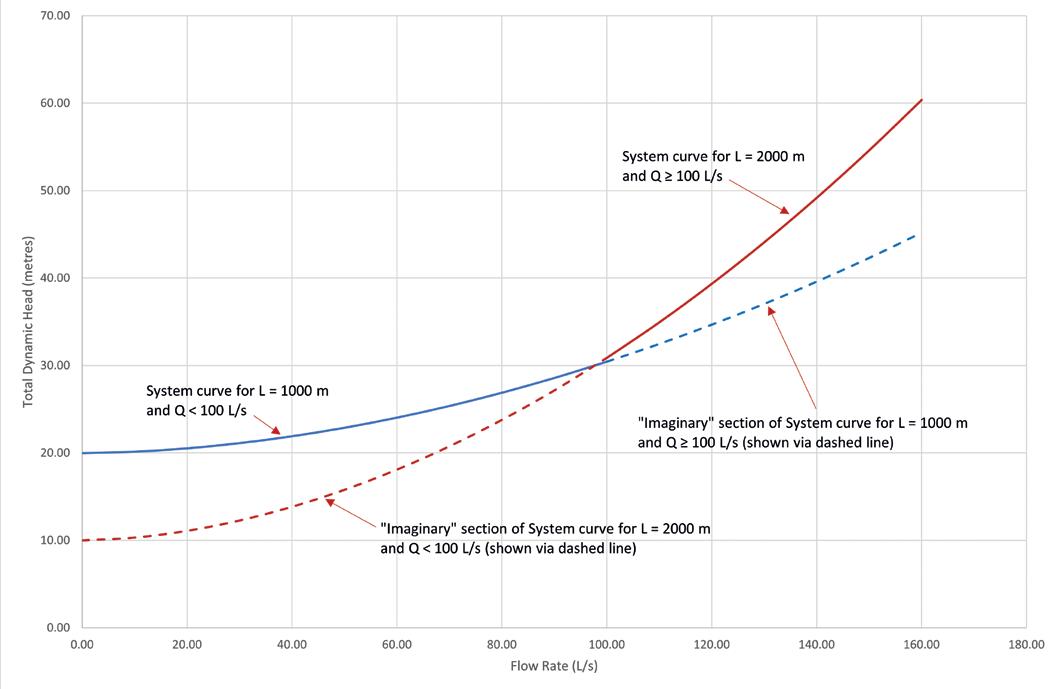
Figure 4 - System curves for Q < 100 L/s and Q >= 100 L/s
Figure 4 shows the system curves for Q < 100 L/s and Q >= 100 L/s on the same graph. We have also included the “imaginary” sections of the two system curves that cannot actually occur in practice due to the reasons described above.
If we now delete the “imaginary” sections of the two system curves, we obtain the final system curve for the full flow rate range as per Figure 2 previously shown.
Be careful when you have an intermediate pipeline highpoint as you will have to determine the operating point of the pump when filling as well as for lower flow rates when the slope of the HGL is lower than the slope in the downhill section of pipeline. A further complication is the installation of double-acting (or air/vacuum) valves at intermediate high points as these let air out during filling as well as during normal operation, and let air in to protect against vacuum conditions.
In summary, when you have a single intermediate high point in a pipeline with air/vacuum valves installed, you may have two system curves to consider.
Karl Danenbergsons is a Senior Principal Mechanical Engineer at KASA Redberg – a company that provides face-to-face and online training in the areas of pumping systems, piping, pipelines, slurries, pressure vessels, tanks and valves. www.kasa.com.au
Appendix A – Tabulated system curve calculations
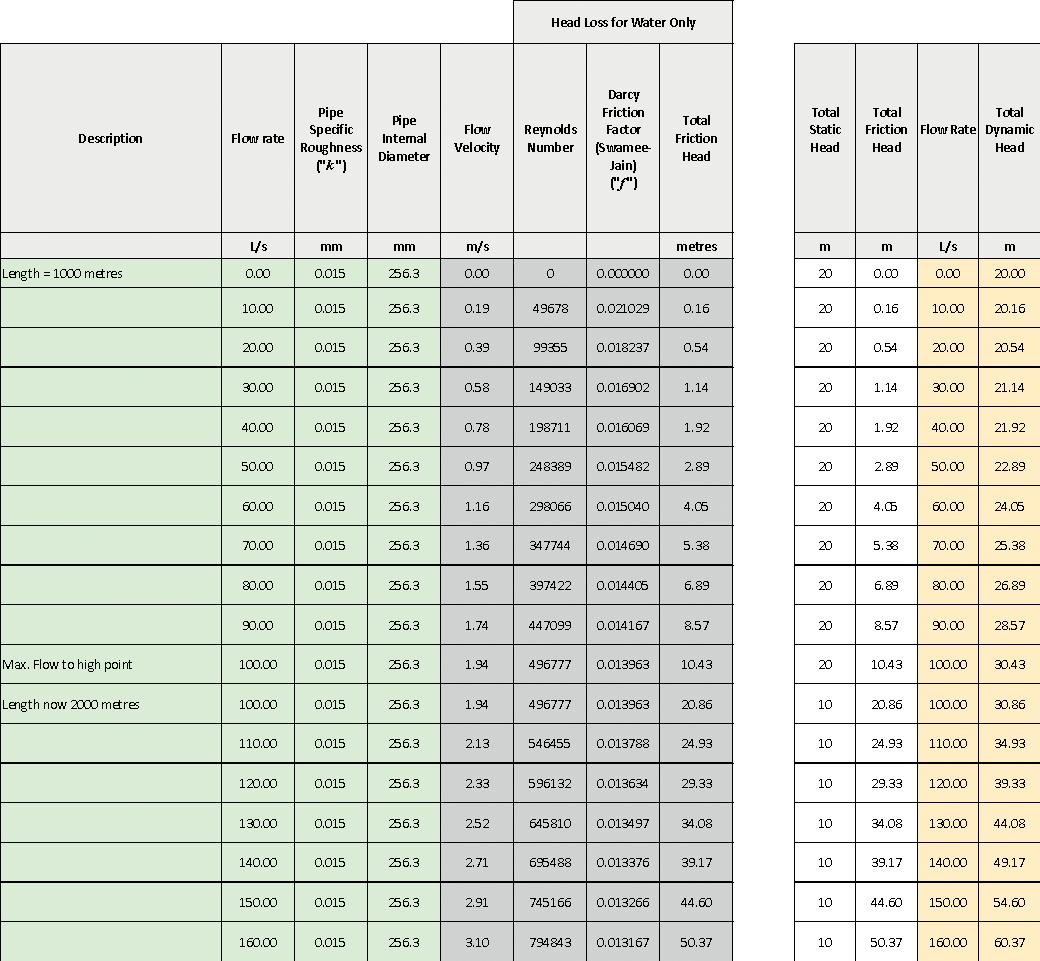

The pump industry relies on expertise from a large and varied range of specialists, from experts in particular pump types to those with an intimate understanding of pump reliability; and from researchers who delve into the particulars of pump curves to experts in pump efficiency. To draw upon the wealth of expert knowledge the Australian pump industry has to offer, Pump Industry has established a panel of experts to answer all your pumping questions.
In this edition of Ask an Expert, we explore the latest challenges and solutions in wastewater treatment and what advantages progressive cavity (PC) pumps offer to the wastewater and sludge treatment industry.
Q: What are currently the biggest challenges facing the wastewater industry?
A: With the global shift towards renewable energy sources and energy conservation, the need for resource and energy-efficient sustainable management is paramount. The traditional sewage treatment plant is also experiencing significant changes and disruptions. Additionally, ensuring cost-effectiveness, reliability, and high operational safety remains a crucial challenge.
Q: What can pump manufacturers do to meet these demands?
A: Wastewater treatment is a vital part in restoring natural water quality and places high demands on the pumps used in the process. Choosing the right pump technology is key to meeting these requirements. PC pumps can significantly contribute here, as they can be used in almost all sludge treatment and disposal processes. They are durable, dependable, adaptable, lowmaintenance and energy-efficient. Furthermore, their impressive discharge pressure capabilities allow for longdistance pumping, while their minimal pulsation flow characteristic makes them a favoured choice in many wastewater applications. Compared to rotary pumps, they entail lower operating and maintenance expenses.
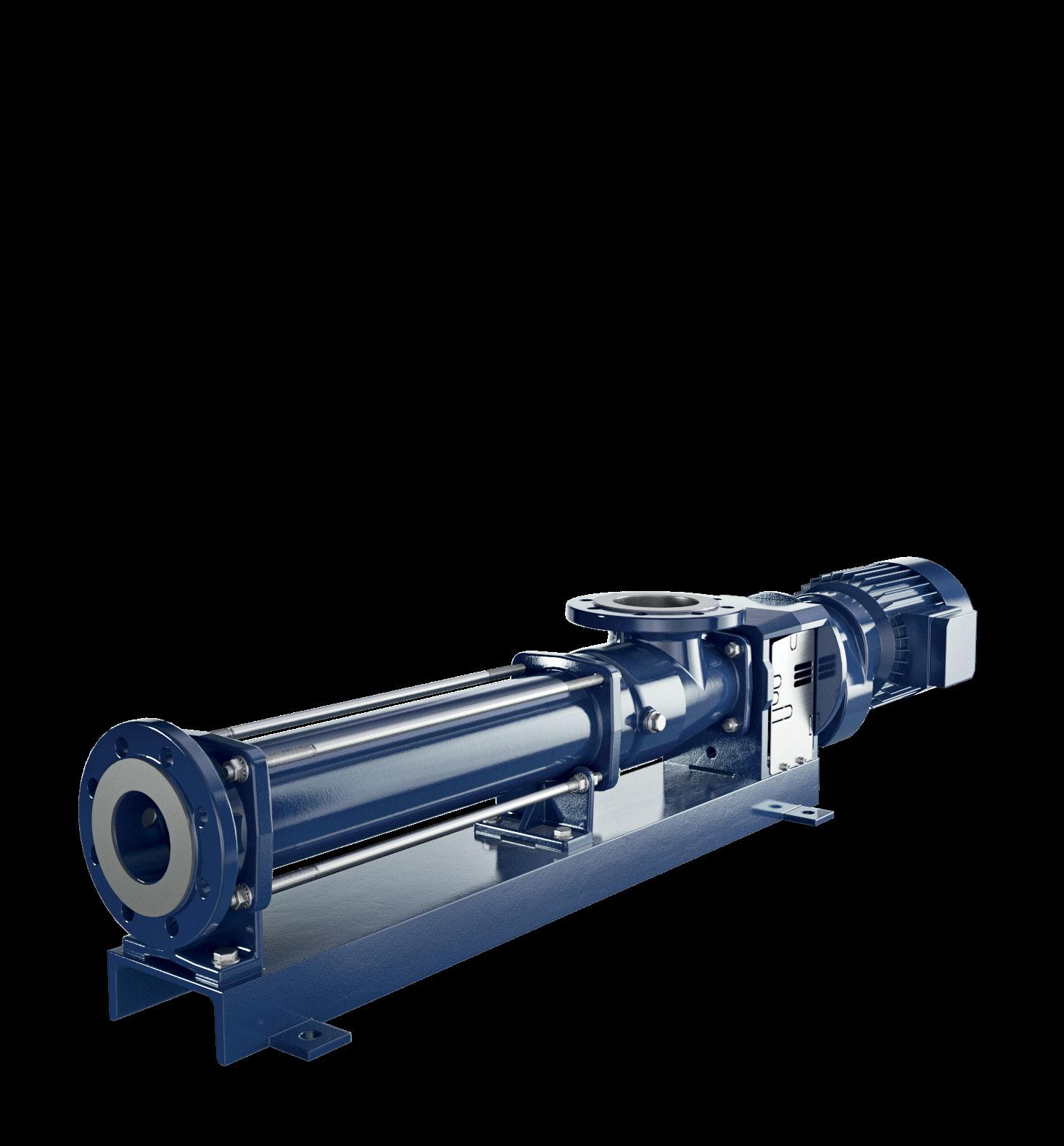
Q: Can you give us an example?
A: When mixing or dewatering sludge, open hopper pumps can convey dewatered sludge with up to 45 per cent dry solids. To reduce friction, industrial standard PC metering pumps inject a polymer boundary layer into the discharge pipe via an injection spool connected directly to the pump pressure branch. Control systems check discharge and adjust the amount of liquid added accordingly. Lubricant injection reduces energy consumption and control systems ensure resourcesaving dosing. PC pumps meet high quality
Typical standard industrial PC pump: Low pulsation, uniform flow, handles low to high viscosity media, ensures high reliability and efficient performance, smart and easy to maintain designs are available.
requirements in the environmental sector by conveying reliably at low operating costs while also saving resources. The right technology makes it easy and quick to implement sustainable practices in the field of wastewater treatment. Progressive cavity pumps: your advantages at a glance
PC pump manufacturers aim to supply solutions that not only reduce costs but also promote resource conservation.
• Energy efficient pumps: lower energy requirements
• Minimal pulsation, stable variable flow rates
• Accurate metering of flocculants
• Ease of maintenance: pumps designed with quicker and easier access to the drive side and rotor side components without needing to dismantle the pipework
• Extended pump life: high quality parts, predictive maintenance and reduced wear on components through pump monitoring
• Flexibility: installation and pump design customised to your application


Typical open hopper PC pump: Optimal handling of non-flowing products, adjustable for any processing task, smart and easy-tomaintain designs are available.
Peter Vila, Managing Director of SEEPEX Australia, is a progressive cavity pump expert. He has been involved with pumps for over 40 years. Peter spent the first five years repairing pumps and the following 35 years in technical sales, 20 of which have been with SEEPEX progressive cavity pumps.
For more information on progressive cavity pumps, please contact SEEPEX Australia on (02) 4355 4500 or at info.au@seepex.com
Welling & Crossley can now supply a range of self-priming and mixed-flow China Pumps. Ranging from 100mm (4”x 4”) to 300mm (12”x 12”).
Mixed-flow pumps feature:
• Table D flanges
• Oil bath / Mechanical seals
• Stainless steel shaft
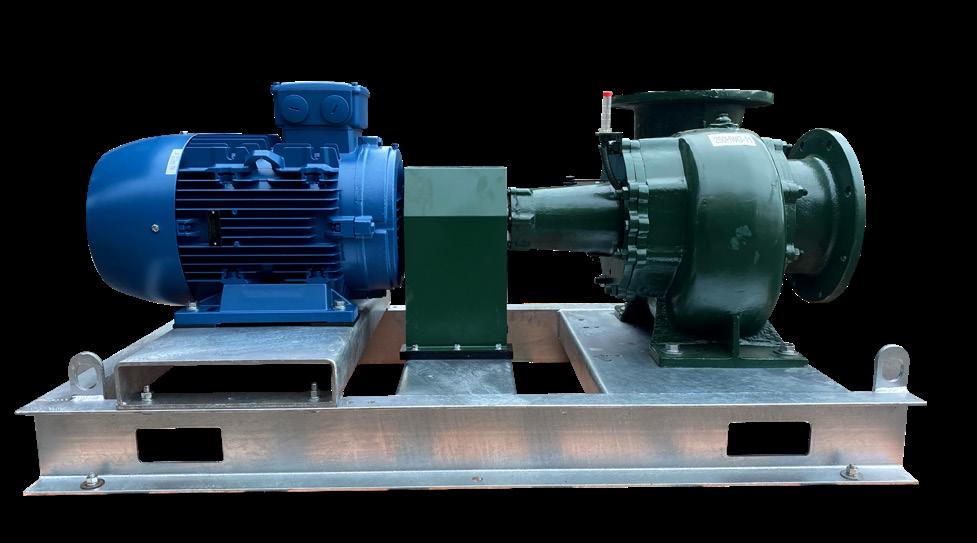


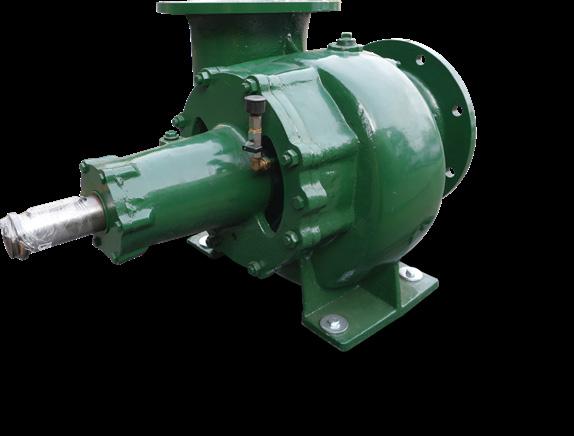

Positive displacement pumps are one of the most commonly used pump types in the industry. They displace a known quantity of liquid with each revolution of the pumping elements. This is done by trapping liquid between the pumping elements and a stationary casing.
As a type of positive displacement pump, external gear pumps are known for their simplicity, compact design, and reliability. They operate with a pumping action akin to internal gear pumps, where two gears come in to and out of mesh to generate flow. However, the distinctive feature of an external gear pump is the use of two identical gears rotating against each other; one gear is powered by a motor, transmitting motion to the second gear. Each gear is supported by a shaft with bearings on both sides of the gear.
Take the following example of a Viking external gear pump, which clearly demonstrates how it works:
1. As the gears come out of mesh, they create expanding volume on the inlet side of the pump. Liquid flows into the cavity and is trapped by the gear teeth as they rotate
2. Liquid travels around the interior of the casing in the pockets between the teeth and the casing – it does not pass between the gears
3. Finally, the meshing of the gears forces liquid through the outlet port under pressure
External gear pumps are used in various industries for lowto-medium pressure applications including acids and caustic, chemical mixing and blending, various fuel oils and lube oils, alcohols and solvents, as well as industrial, agricultural, and mobile hydraulic applications
Selecting the appropriate pump type, whether it be gear pumps or alternatives, relies on various considerations such as the unique demands of the application, fluid characteristics, and the required flow rates and pressures. A thorough assessment of these factors, coupled with expert advice from a pump specialist, is crucial to identify the optimal pump type for a given application.

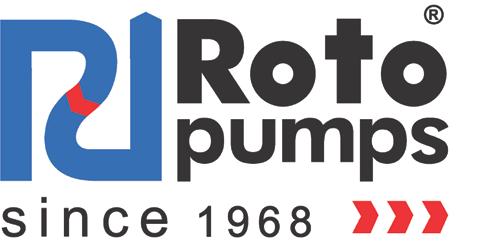


Specially designed clamp enables quick removal of rotor and stator without dismantling discharge line.
Split Coupling Rod
Enables quick dismantling of pumping elements from the coupling rod.
Dual Inspection Windows
Provides access to split coupling rod and also allows removal of any blockage.
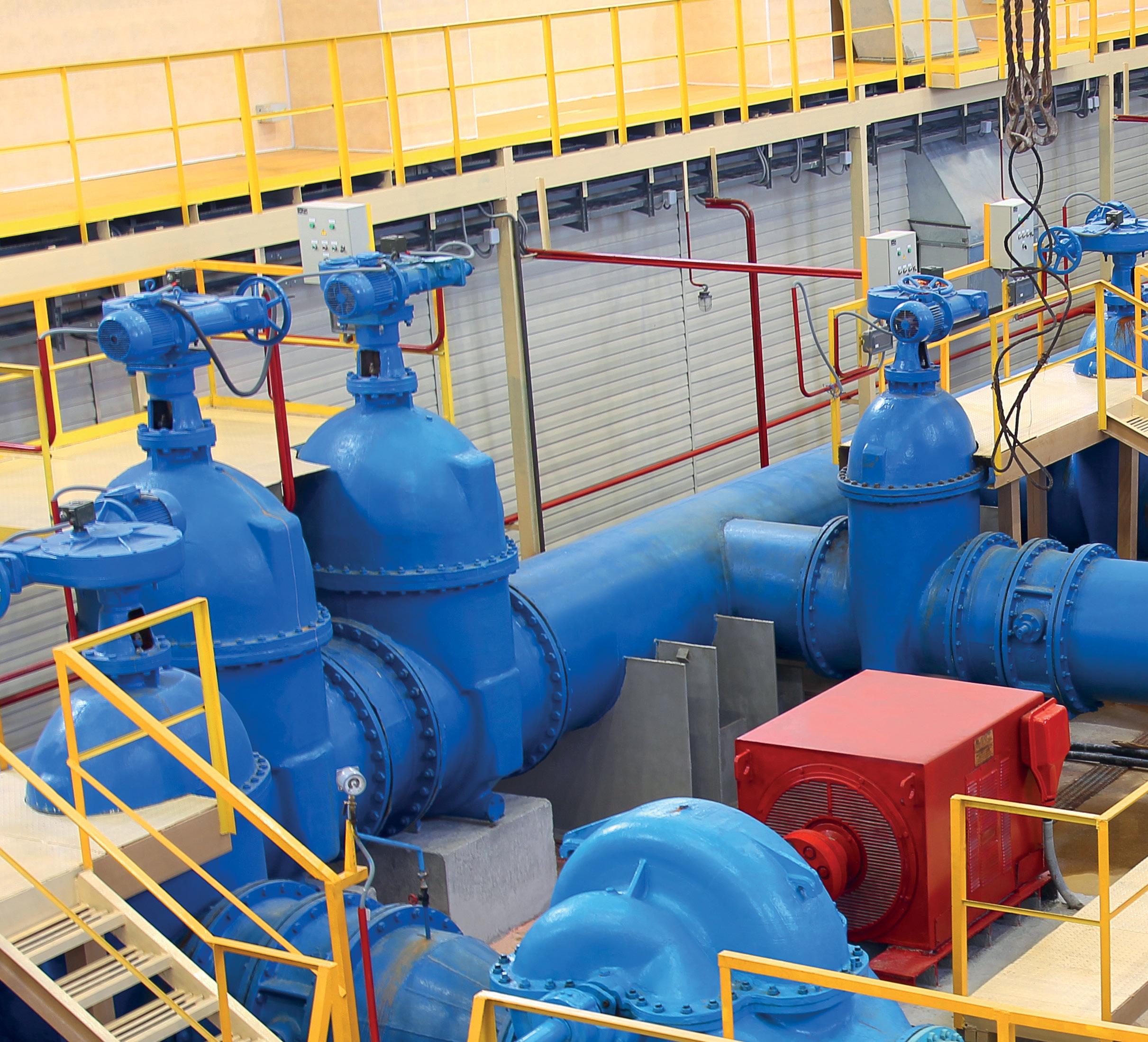
In this part of our coverage of intake design we will discuss the various wet and dry well pump stations for single sump designs and multi sump designs both rectangular and circular.
A pump can be installed in a wet or dry well, as illustrated below, a vertical suspended pump in a wet well and a similar pump in a dry well. In a dry well, the bell mouth may be direct in the wall or turned down through an angle of up to 90° as shown in Figure 1.
The wet well configuration has the advantage of simplicity and reduced civil costs and is widely used. However, maintenance can be a problem as it involves dewatering the pump or lifting the pump unit out of the well. The wet

well arrangement is most suited for intermittent duty such as pumping stormwater, in which the well will be dry for most of the time.
The dry well configuration is usually used when reliability is a prime requirement since the pump is readily accessible at all times. The “turned down” bellmouth of in (c) is a popular
arrangement in sewage applications since it allows a lower water cover in the sump compared with a horizontal intake (b) and in general is less prone to vortex action at similar water levels.
The guidelines provided in this section are the basic sump dimensions for a satisfactory pump operation. Sump dimensions are defined in terms of bellmouth diameter. Bellmouth diameter is sized based on the recommended inlet bellmouth velocity. This varies between various manufacturers. However, recommended inlet bellmouth velocity is 1.7m/s. This may vary between 0.6m/s to 2.7m/s for flows up to 315L/sec. 0.9m/s to 2.4m/s for flows between 315 to 1260L/sec, and 1.2m/s to 2.1m/s for flows greater than 1260L/sec.
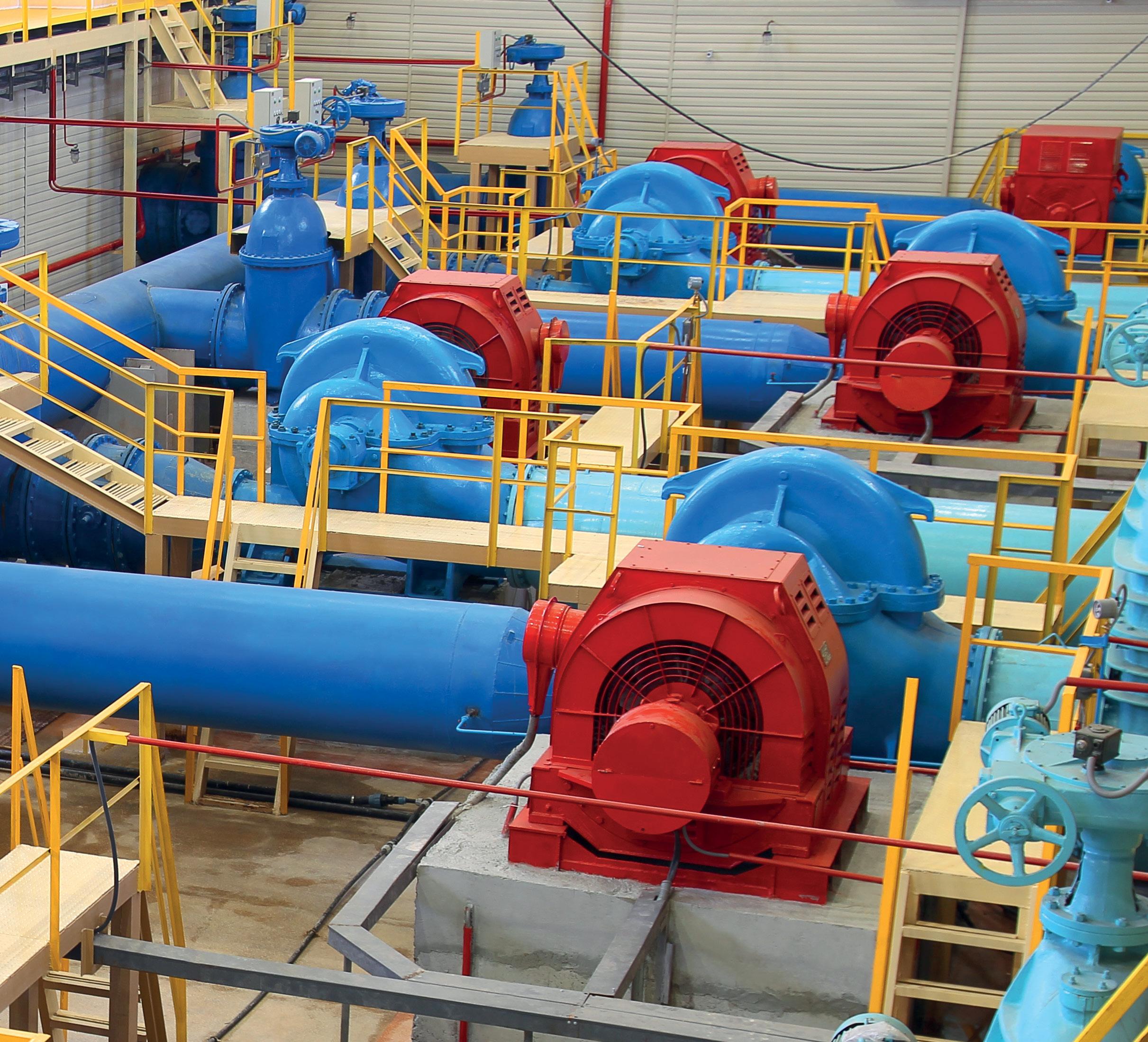
Single pump sumps – wet well arrangements
A basic design for a simple rectangular sump suitable for a vertical spindle axial or bowl type pump is shown in Figure 2.
The dimensions are given in terms of the bellmouth diameter D since most manufacturers use similar ratios of bellmouth diameter to pump inlet diameter. Typically this ratio D/d is between 1.5 and 1.8. Tolerances on these recommended dimensions cannot be defined, but they are not critical within +20 per cent.
The distance X = ¼D, between the bell mouth and the back wall, may have to be increased for medium size pumps (say 3000 L/s to 7000 L/s) to provide access for maintenance.
Figure 2
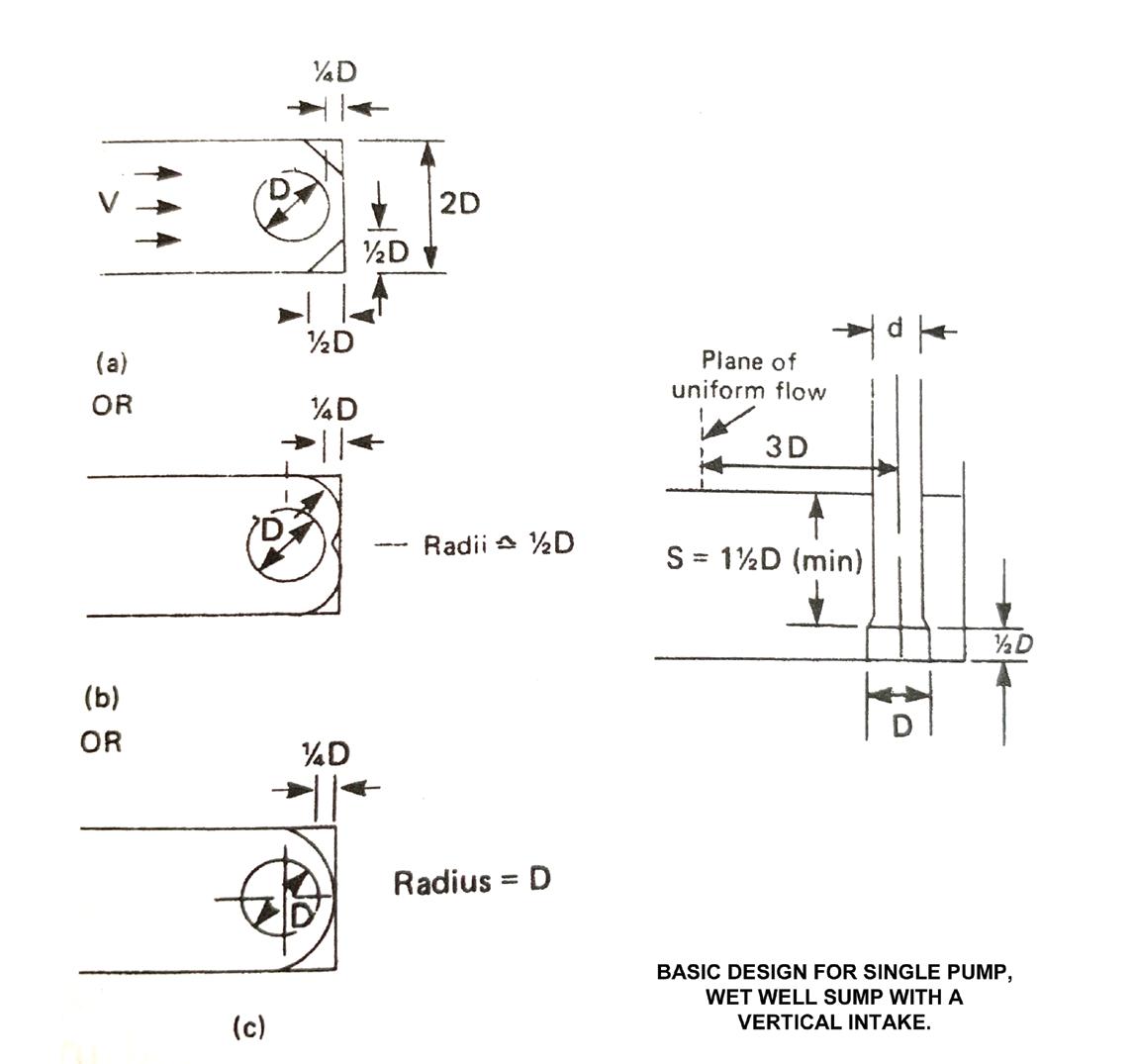
It may be convenient to shape the end wall in the form of a circular arc rather than to use corner fillets. As long as the principle of about ¼D minimum space between the bellmouth and the wall is maintained, the design should be satisfactory. Thus, (b) and (c) in Figure 2. These designs are applicable if there is uniform steady flow through the channel cross-section upstream of the bell mouth. The distance of uniform flow from the bell mouth centre line is about 3D.
NOTE – Corner filling as in the illustration may not be so important for clear liquid pumps. But it is highly recommended for pumps handling solids bearing liquids i.e. sewage, wastewater, etc.
A minimum bellmouth velocity of 1m/s is recommended for the solids bearing liquid to prevent sedimentation. However, a velocity as low as 0.6m/s is generally sufficient for organic solids.
Single pump sumps – dry well arrangements
The basic horizontal arrangement is used if the intake is in the end wall of the sump. For a horizontal intake, as per (a) as shown in Figure 3, the corner fillets are omitted.
The turned down bell mouth shown in (b) is the more common arrangement.
Mean velocities

The example shown in Figure 3 assumes a typical ratio of bellmouth diameter to pump inlet diameter of 1.75 and a pump inlet mean velocity of 5m/s (which is typical for a modern axial flow pump).
Multiple pump sump designs
Wet well arrangement
The basic designs shown in Figure 4 provide two alternative ways of installing three pumps in a sump where uniform steady flow occurs just upstream of the intakes. If the approach flow is less uniform than the ideal case, (b) is preferable to (a).

Dividing walls must be provided for the pumps with design flow greater than 315l/s.
The sump designs shown in Figure 4 illustrate three pump sumps. They can be made suitable for other configurations by increasing or reducing the width and maintaining similar inter-pump spacing. Great care is required in applying the open sump to a complete system.
Dry well arrangement
The standard wet well designs shown in Figure 4 can be easily adapted for dry well installation of the pumps. The plan dimensions should be the same whether the intake is a turned down bellmouth or a horizontal intake through the end wall as illustrated in Figure 3 of the section on “single pump sumps – dry well arrangements”. The corner fillets or radii need not be used if the intakes are horizontal.
For a given submergence of the intake bellmouth, a horizontal intake in the end wall produces comparatively slightly better flow conditions than a vertical intake. However, a vertical intake has a lower minimum submergence requirement than a horizontal intake, and this explains the common use of a turned-down bellmouth for dry well installations.

Figure 5 – Example of multiple pump sumps including the approach works to the sump (plan views)
Examples of multiple sump designs that include the approach to the sump are shown in Figure 5. These are not basic designs, but they indicate ways of incorporating the open sump design and the unitised design into an overall system. The problem of providing steady, uniform flow to a multiple sump is compounded because, in the majority of applications, the intakes must function satisfactorily with all possible combinations of pumps in operation.
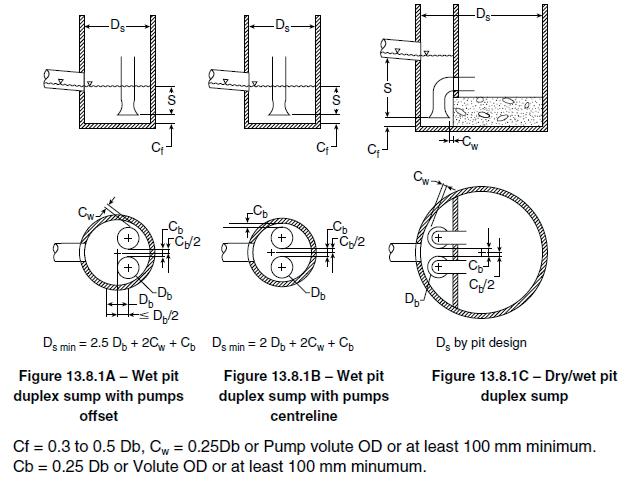
The flow pattern in an open sump varies appreciably as it is dependent on the number and combination of pumps in operation. In general, a unitised design is preferable, since the approach length (L) of each ‘unit’ can be a conservative value based on the single pump design.
The open sump design may well require baffles, splitters or a grid in order to distribute the flow evenly to all the pumps. Since the need for these devices and the setting of them depends on the specific design under consideration, no basic design details can be given with larger pumps. The best way to determine the details is with the aid of a scaled hydraulic model.
Sometimes, it is economical to install the pumps in a circular sump. The sump can have single or multiple pumps. Pumps could be arranged either offset or on centreline to the sump. A circular sump can also be designed as a dry pit arrangement.
Care must be taken when using circular sumps to ensure that the pump or pumps used in the sump are correctly sized relative to the size of the sump and it is recommended that the optimum volume as discussed in Intake design – part 2, which was
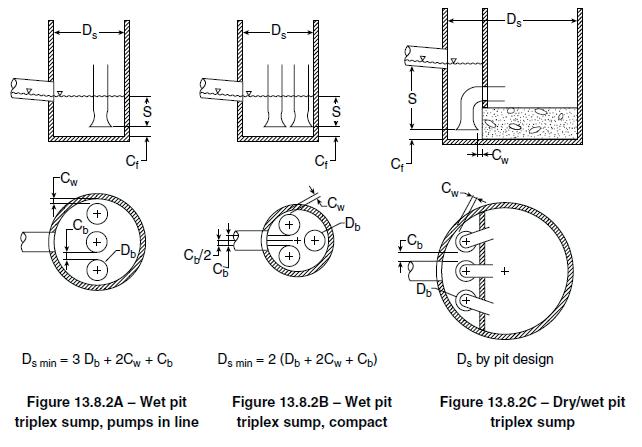
featured in the Spring 2023 Edition of Pump Industry, be strictly adhered to. We recommend if there is any doubt about the suitability of a pump or pumps in a sump, that model tests of the system be conducted.
Figure 6 shows the recommended dimensions for a duplex pump sump while Figure 7 shows the dimensions for a triplex arrangement.
This part has outlined what is required to design a range of sumps based on the size and types of pumps being used. However, we must emphasise that it is prudent, as noted in the text, that model testing is conducted to ensure that the intake design will work in practice, because there are quite a few variables noted above which could affect the operation of pumps in the sump.
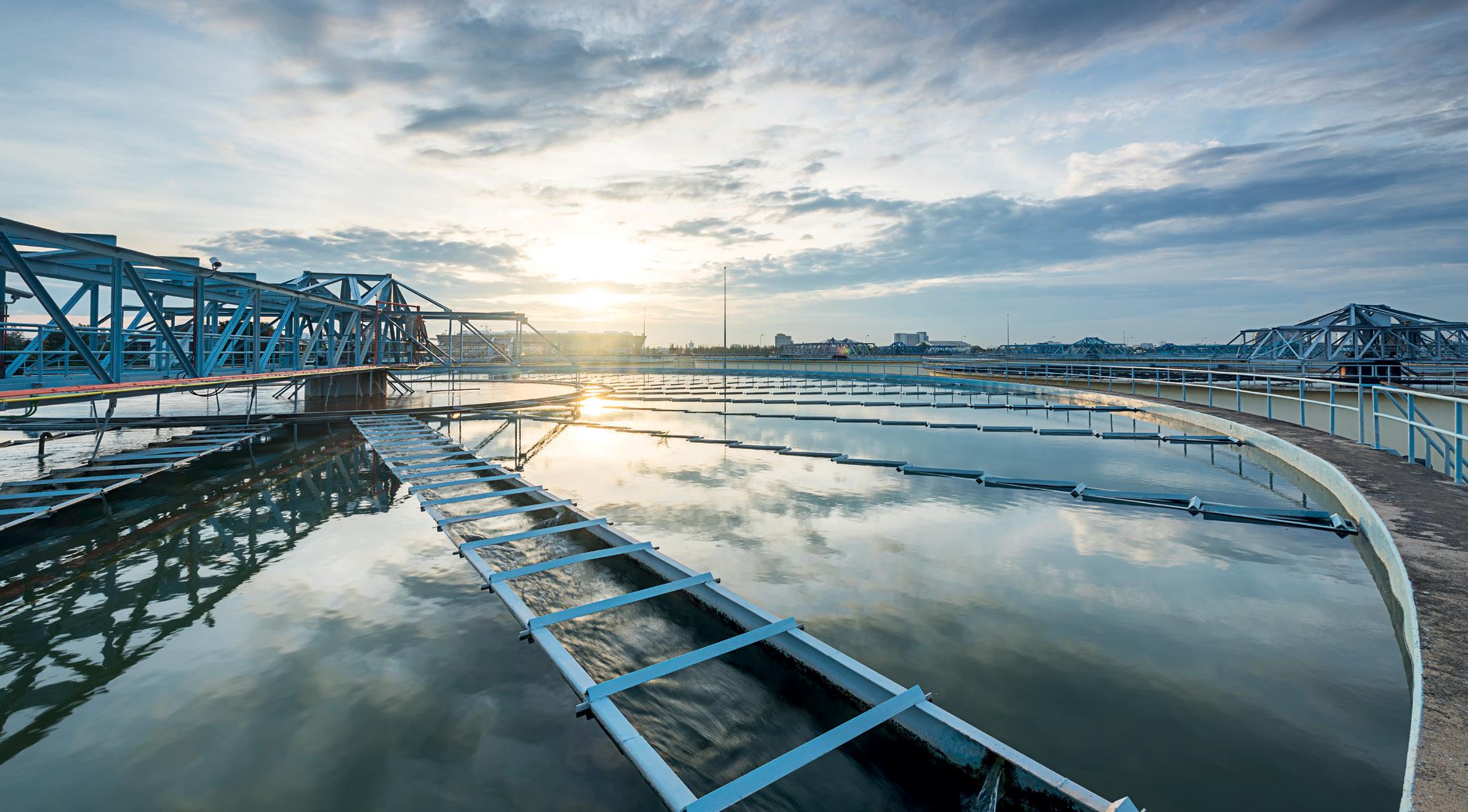


• Robust peristaltic pumps for handling abrasive slurries
• High precision pumps for chemical dosing applications
• Simple, reliable and safe maintenance for low operating cost


While traditional trade publications have quality audiences and high levels of trust, they can lack the full range of services to guarantee a return on your investment. And while traditional marketing agencies offer the latest marketing techniques, they don’t have the audience or the industry understanding the B2B sector needs.
Monkey Media is the missing link that brings together a trusted brand and powerful audience, with a complete agency offering.
TO FIND OUT MORE SCAN THE QR CODE NOW
